The best instant camera 2025: top retro prints from Polaroid, Instax and more
The best instant cameras for analog photography
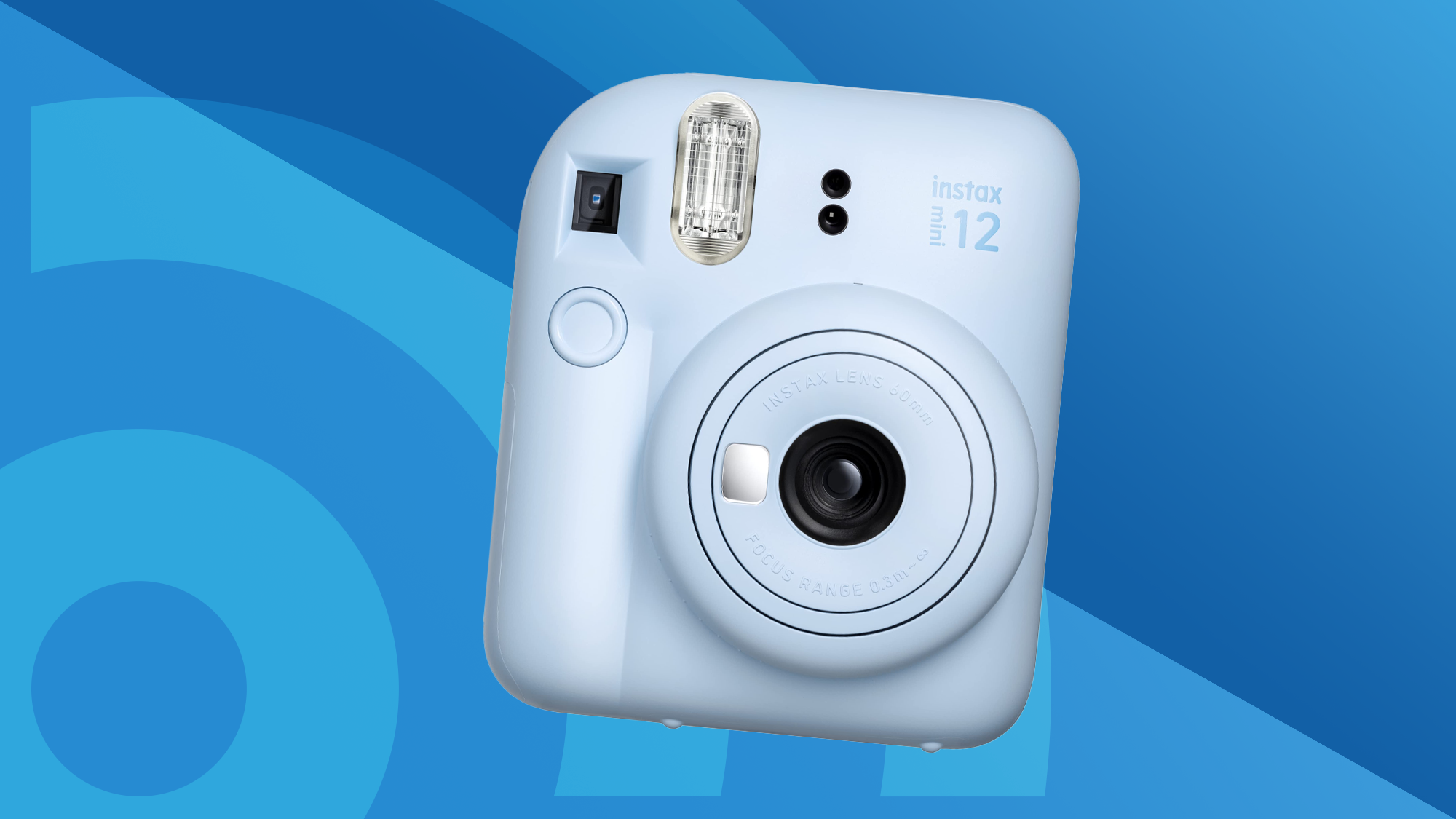
Instant cameras are the most accessible and entertaining way to try analog photography. We know that from personal experience: from cheap, simple point-and-shoots to premium hybrid models, our expert team has reviewed more than 25 instant cameras. We’ve put together this guide based on their feedback, and divided it for different users and budgets.
If we had to pick just one instant camera to recommend, it would be the Fujifilm Instax Mini 12. Basic controls make it easy for almost anyone to shoot and share analog prints, while its film packs cost less than others. If you want hybrid connectivity or a grown-up design, though, you’ll need to look elsewhere.
With more than 20 years of testing experience, we know how to put a camera through its paces. We run through several packs of film refills with each instant camera, to see how it shoots and handles in a range of conditions. We’ve also added some additional suggestions down at the bottom, including options that allow you to print from your smartphone.
Top 3 picks
The summary below will give you an instant overview of the best instant cameras available right now. When you find one that catches your eye, you can use the links beneath each entry to jump down to our in-depth assessment.
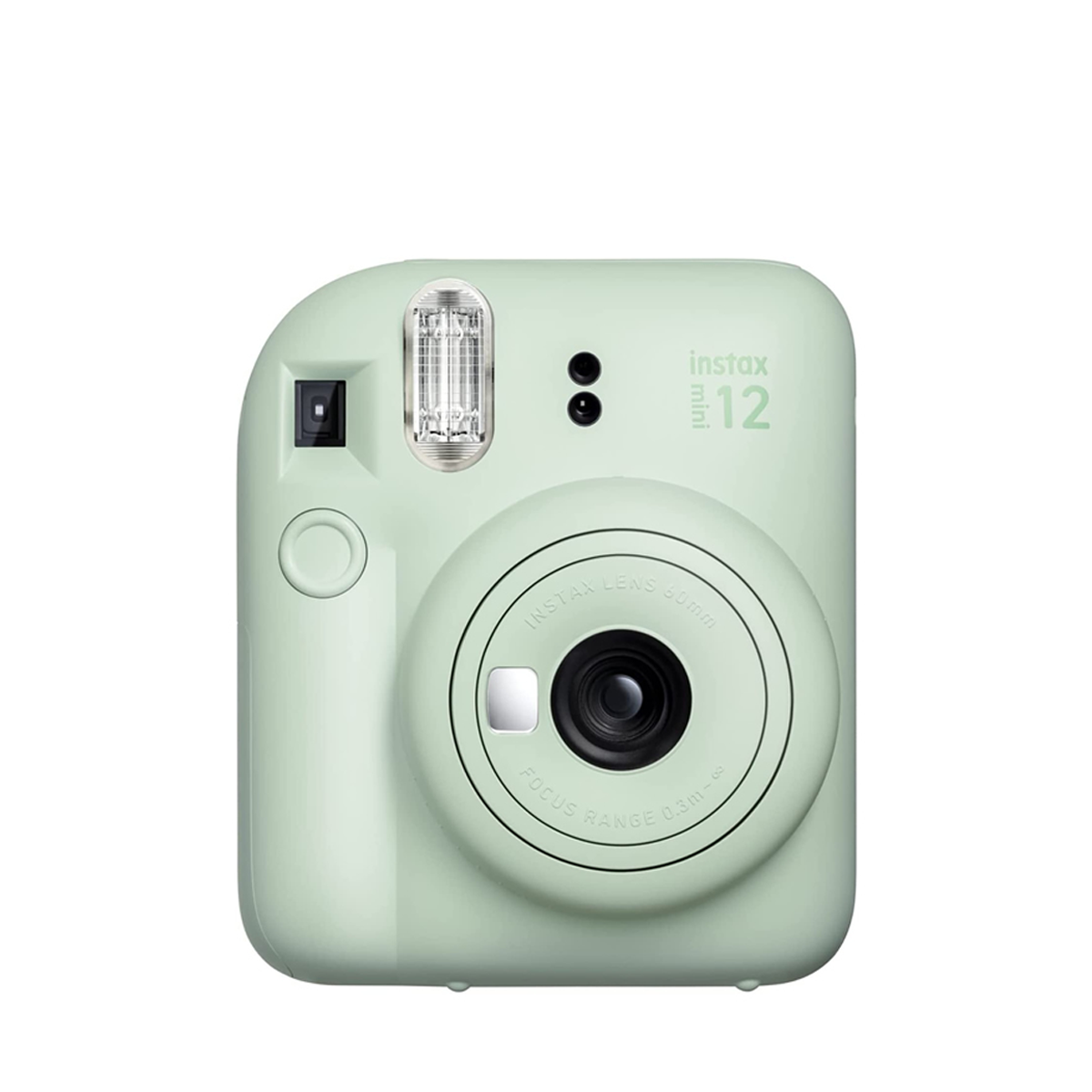
The best instant camera overall
With an interface simple enough for anyone to use, the Instax Mini 12 produces lovely prints using low-cost film packs.
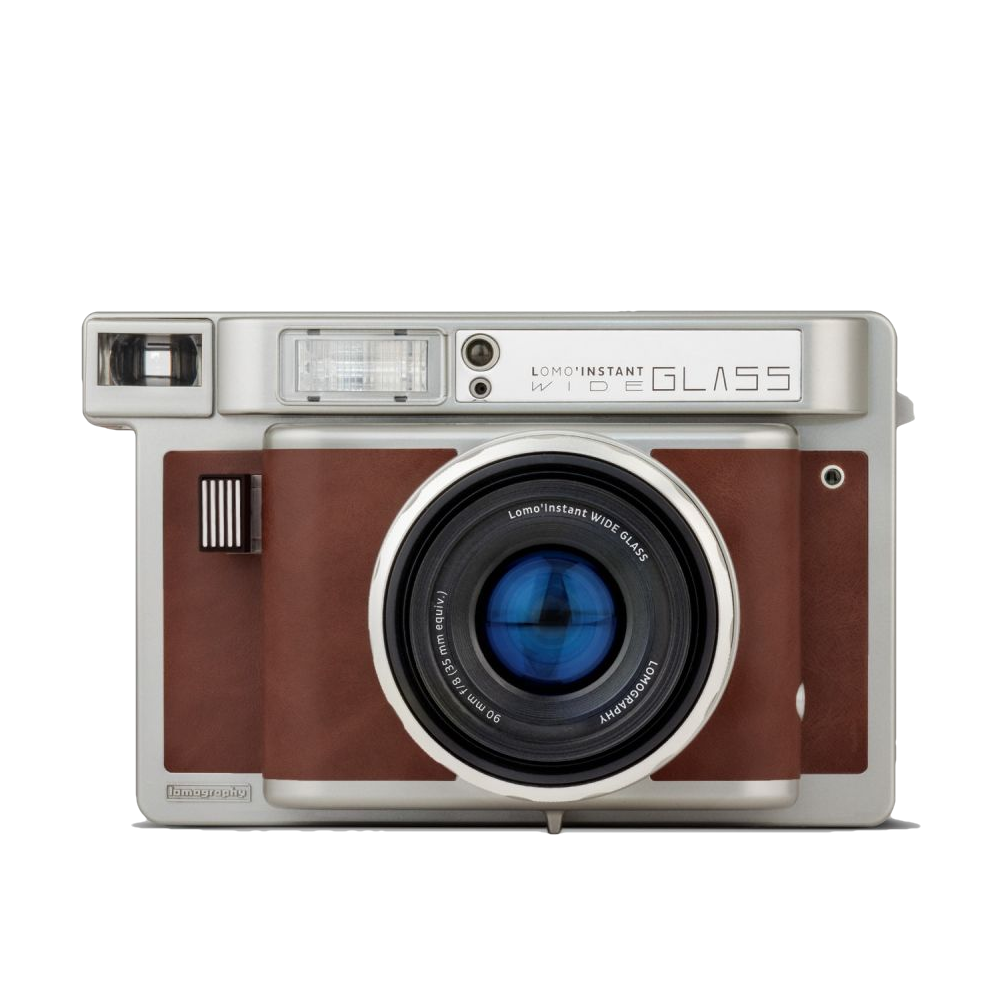
The best for wide prints
A gorgeous camera with lots of manual controls, it produces some of the best Instax Wide prints at a reasonable price.
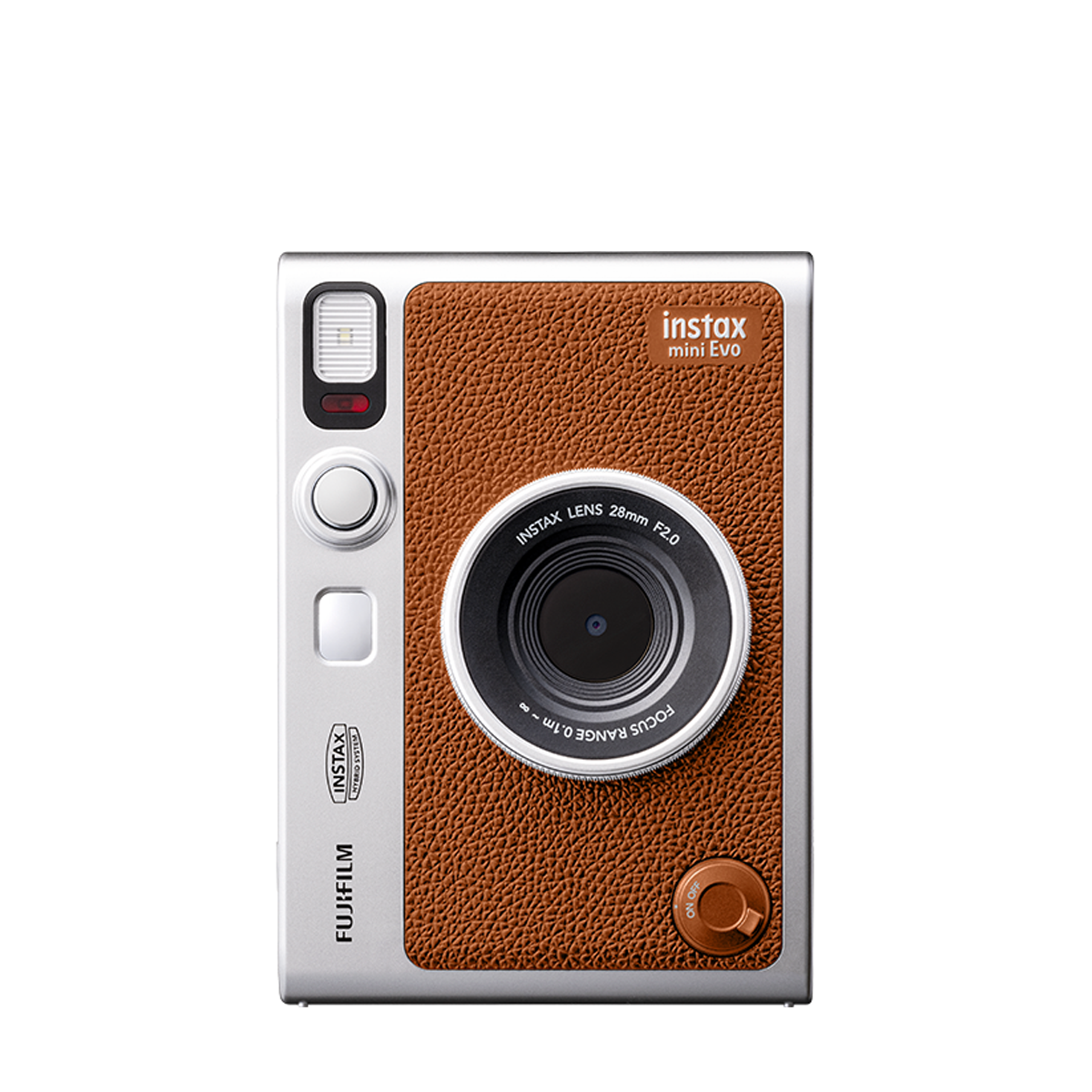
The best hybrid instant camera
More pocketable than other Instax cameras, the Mini Evo is a retro hybrid that blends digital tricks with point-and-shoot ease.
Best by use-case
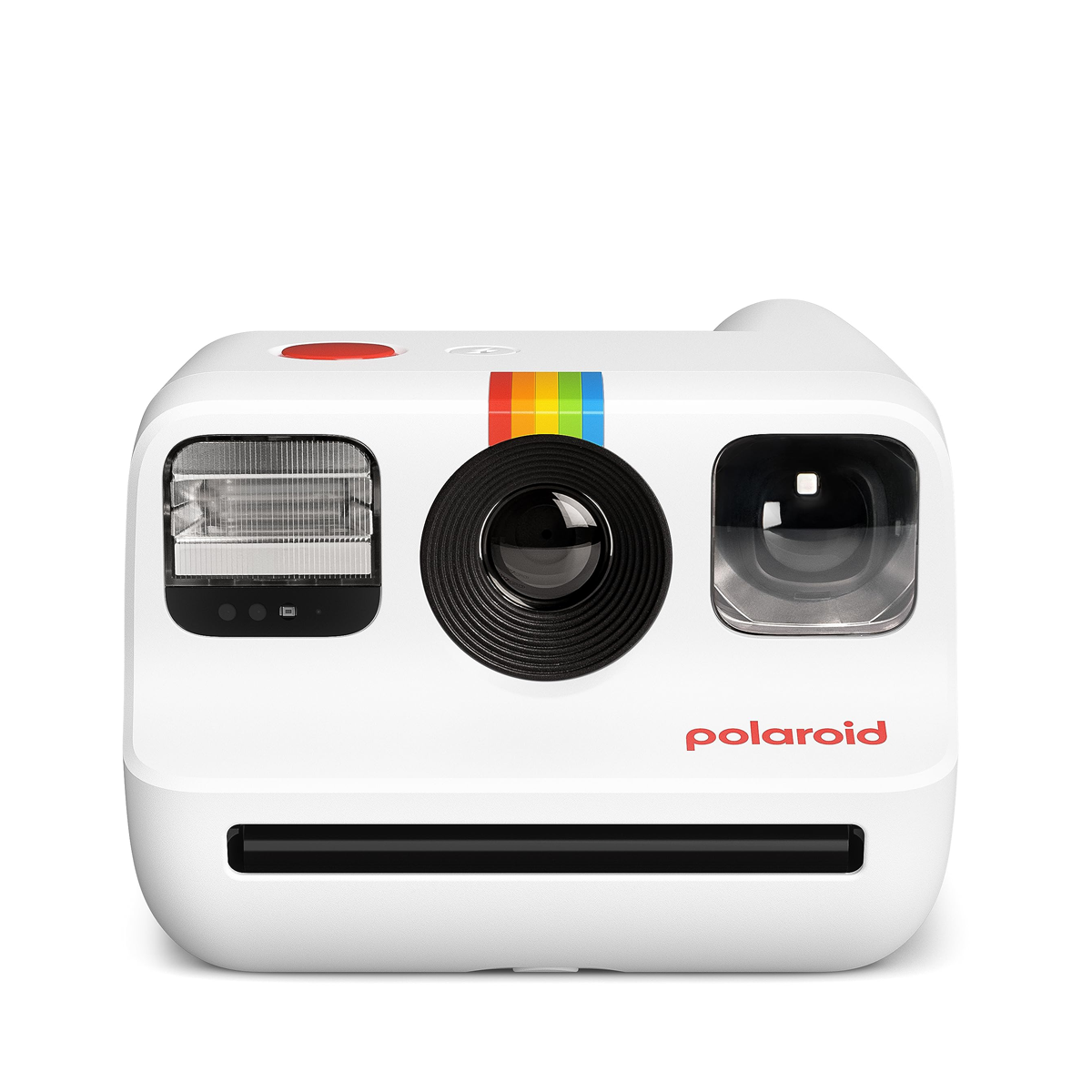
The best small instant camera
Small and simple, the Polaroid Go Gen 2 isn’t the cheapest instant camera, but it is one of the easiest to shoot with on the move.
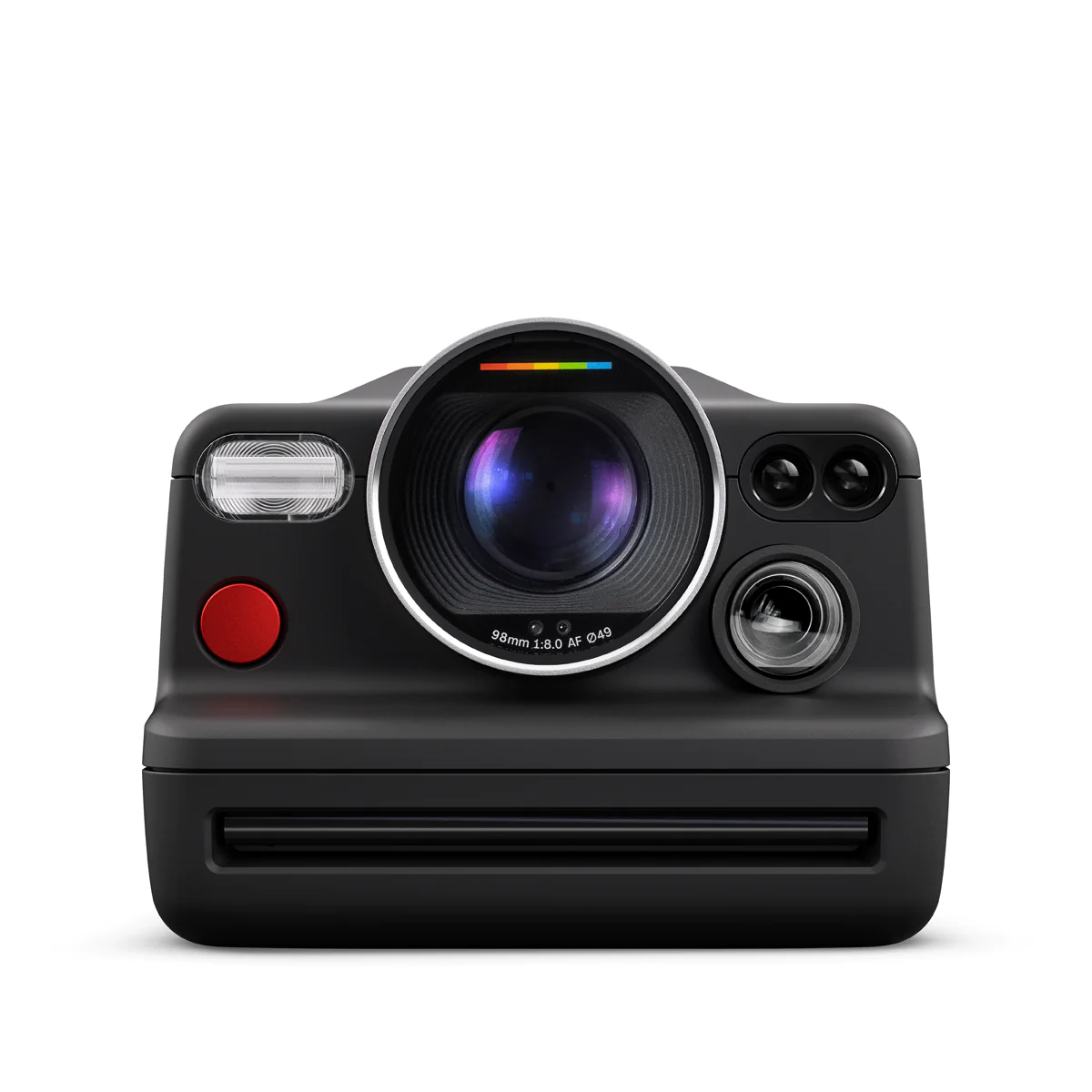
The best premium instant camera
It’s expensive, but Bluetooth, LiDAR autofocus and full manual controls make this a pro-grade choice for Polaroid fans.
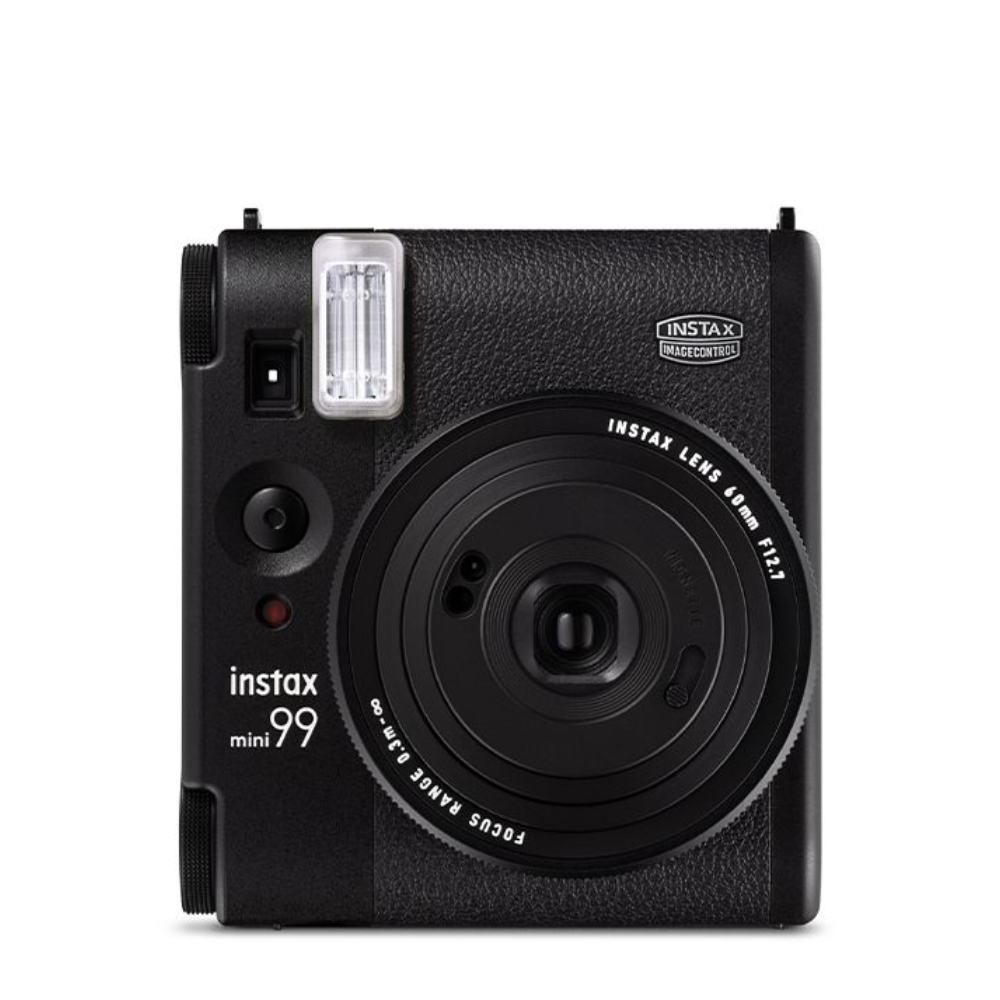
The best creative instant camera
A grown-up design and intuitive manual controls makes this a great premium choice for seasoned photographers.
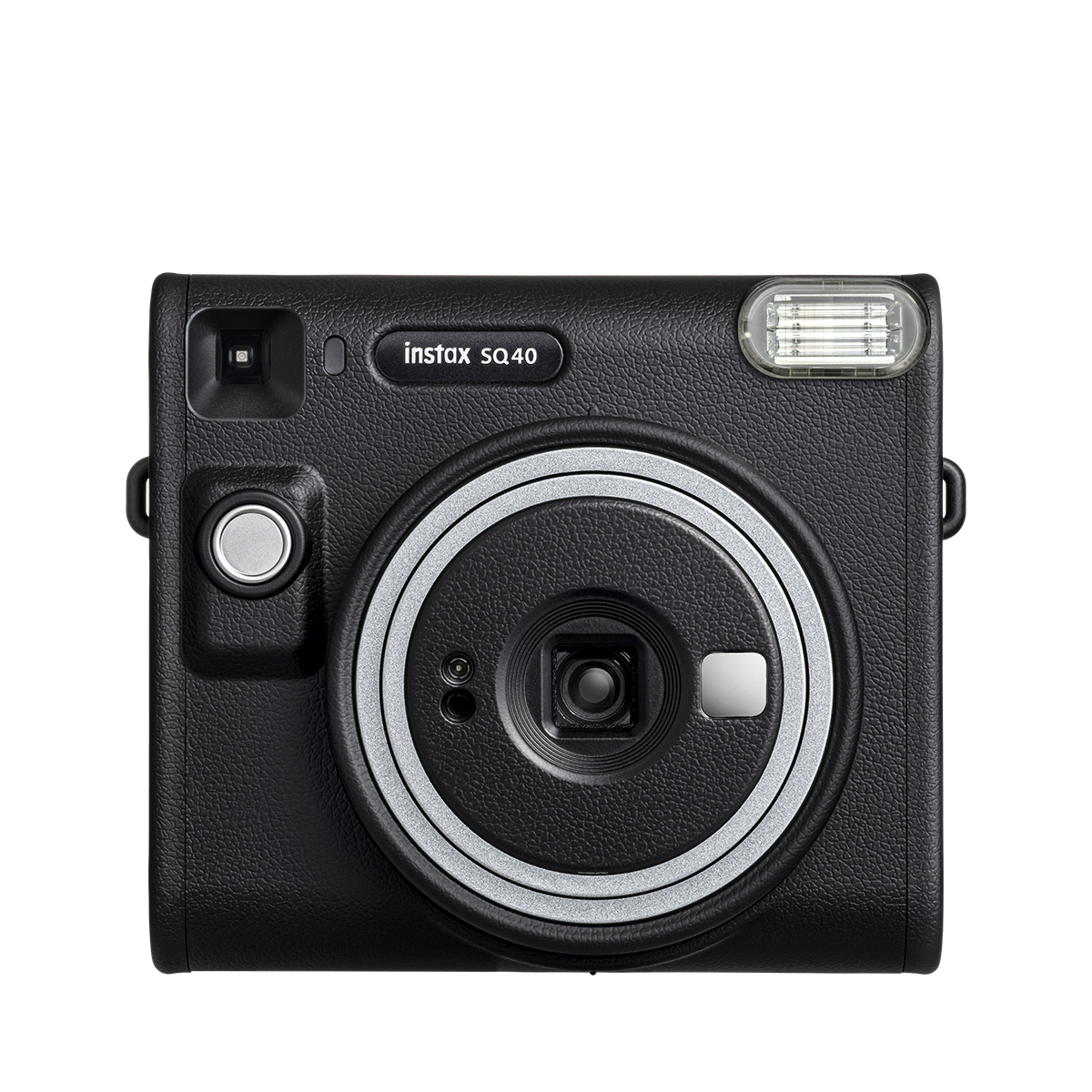
The best retro instant camera
Pairing old-school looks with a simple interface, the Instax Square SQ40 produces perfectly formed square prints with vintage warmth.
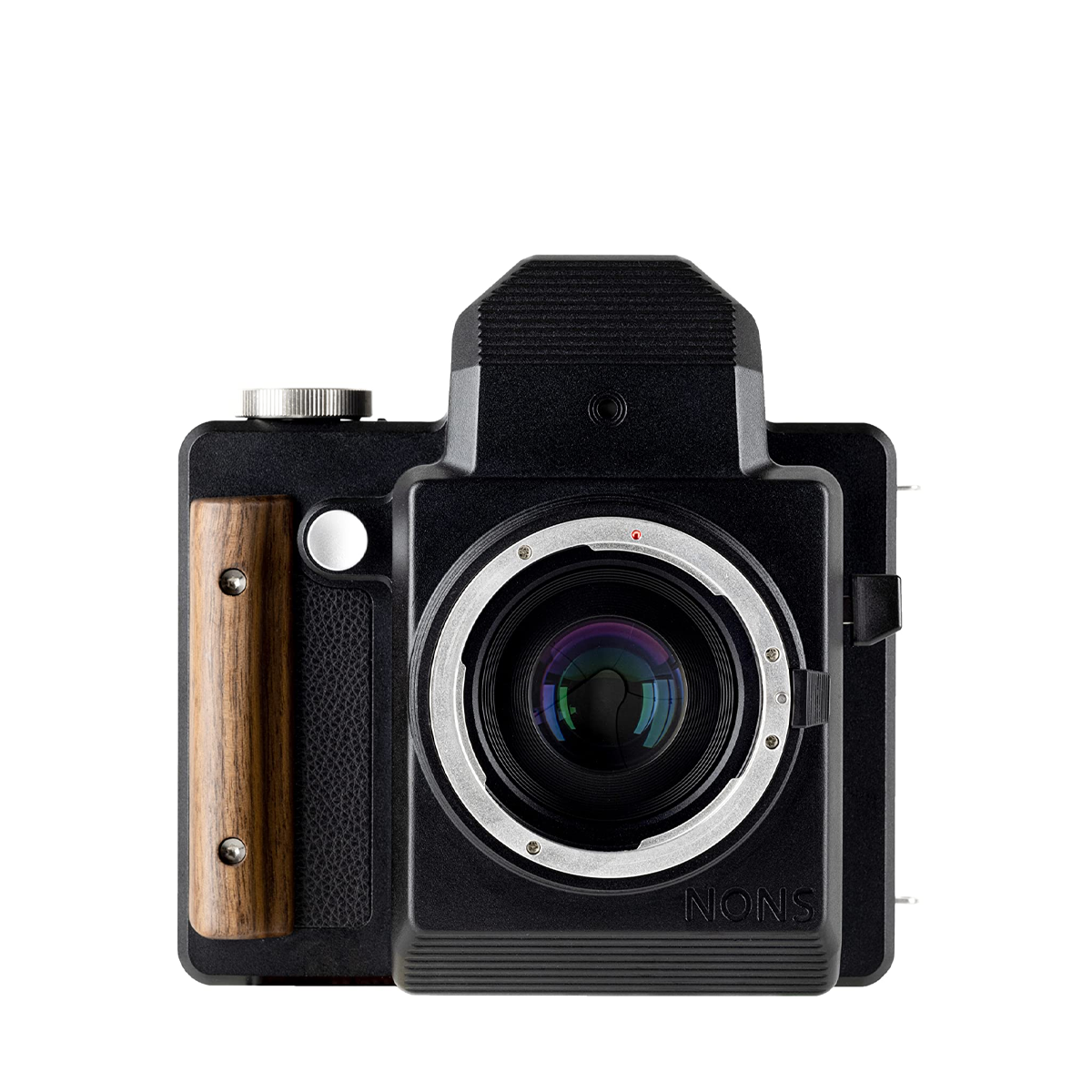
The best for photographers
Distinctive looks, interchangeable lenses and manual controls make the SL660 a unique concept among instant cameras.
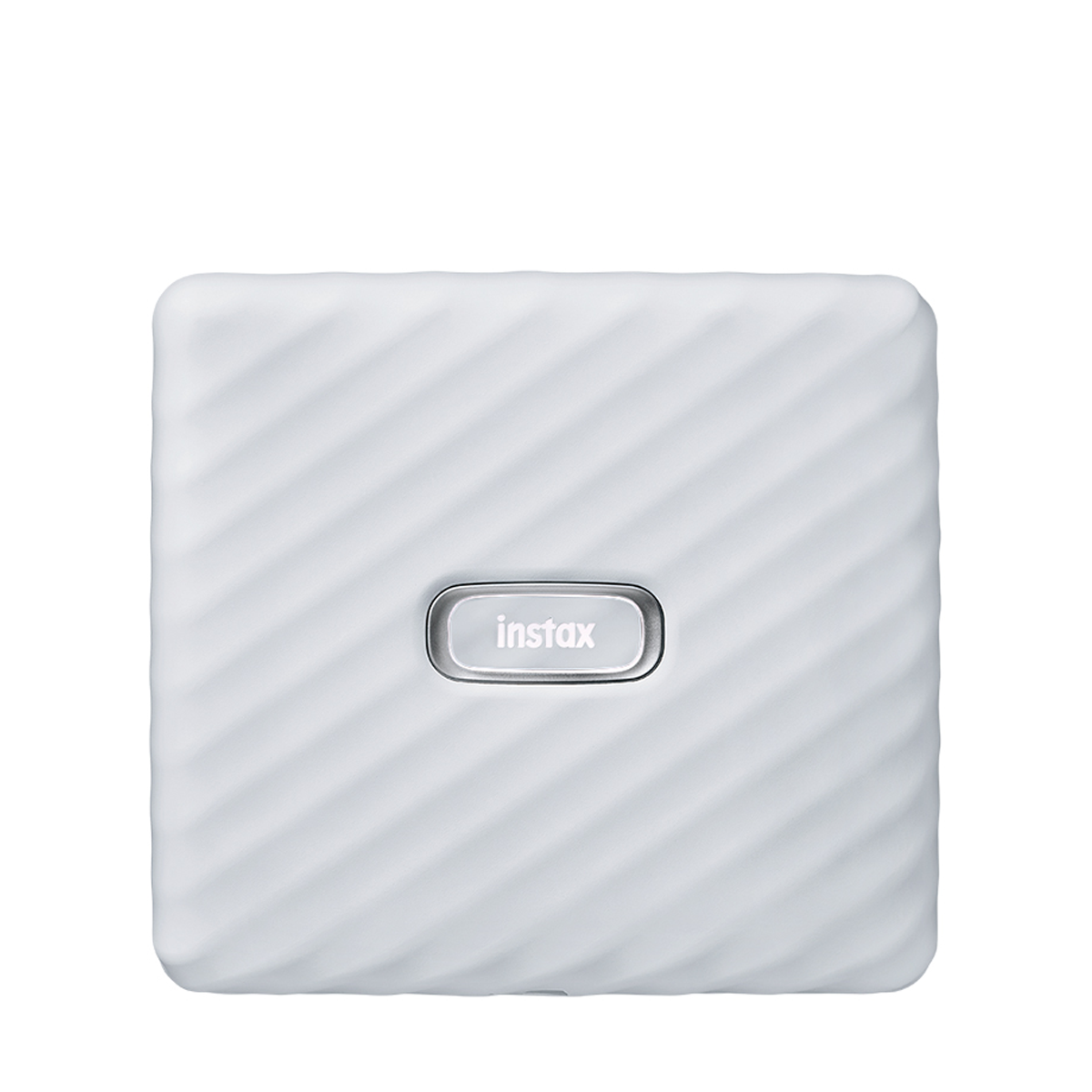
The best instant printer
A fun alternative to an instant camera, the Instax Link Wide lets you select and print colorful photos from your smartphone.

Tim is TechRadar's Cameras Editor, with more than 15 years’ experience in the photo video industry. As a tech journalist and freelance photographer, Tim has developed an expert working knowledge of what makes an excellent camera. He draws on this know-how when testing the latest instant cameras. Tim notes, “Analog nostalgia isn’t going anywhere, if anything there's more interest in film today than ever. We’re also seeing more and more hybrid cameras, which combine the retro appeal of instant photography with the convenience of smartphone connectivity. If you're budget conscious, the key factor to keep in mind is the price of refill packs, which can significantly increase the cost of using an instant camera.”
The best instant camera in 2025
Why you can trust TechRadar
Below you'll find full write-ups for all of the best instant cameras in our list. We've tested each option extensively, so you can be sure that our recommendations are genuine.
The best instant camera overall
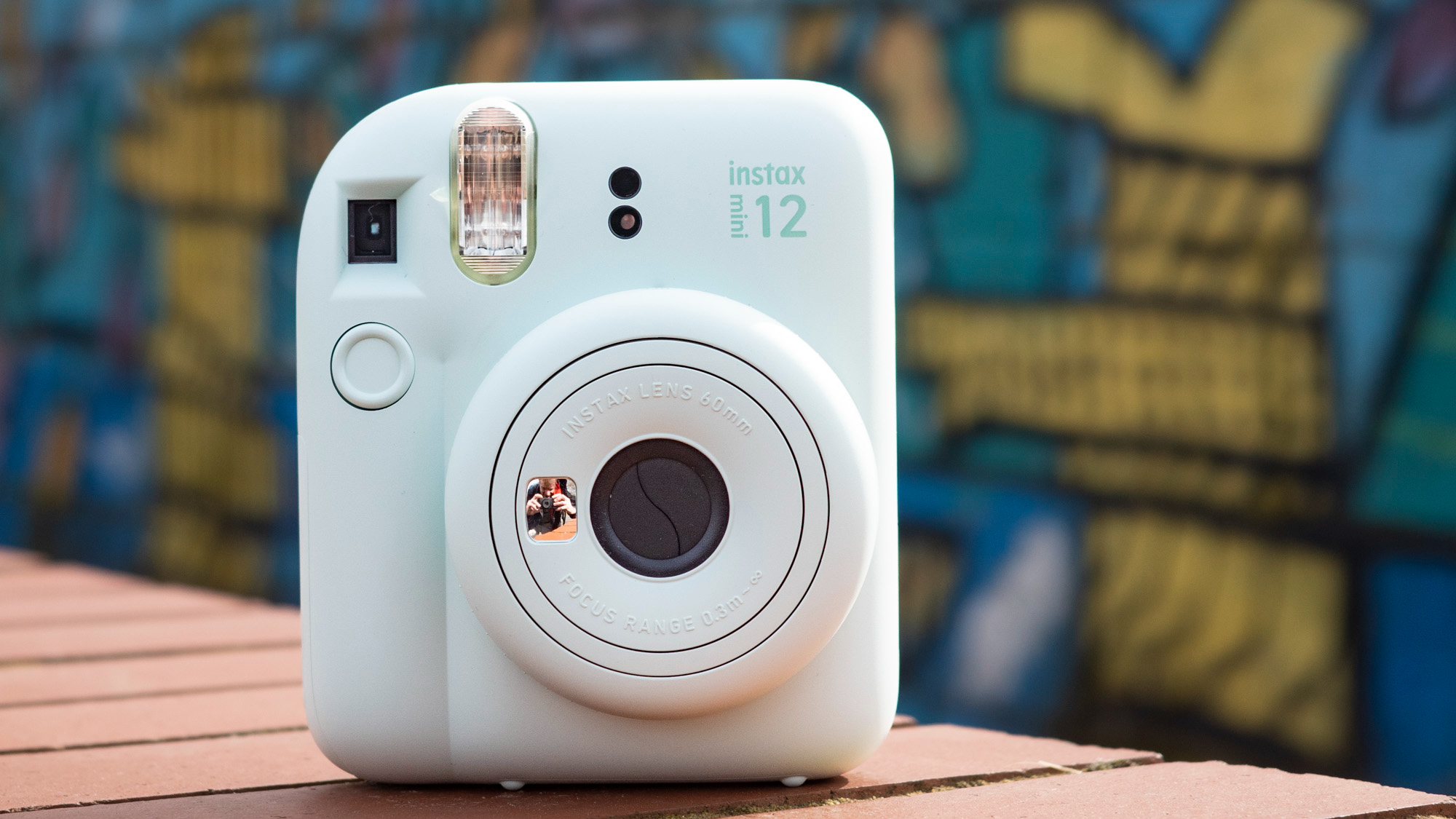
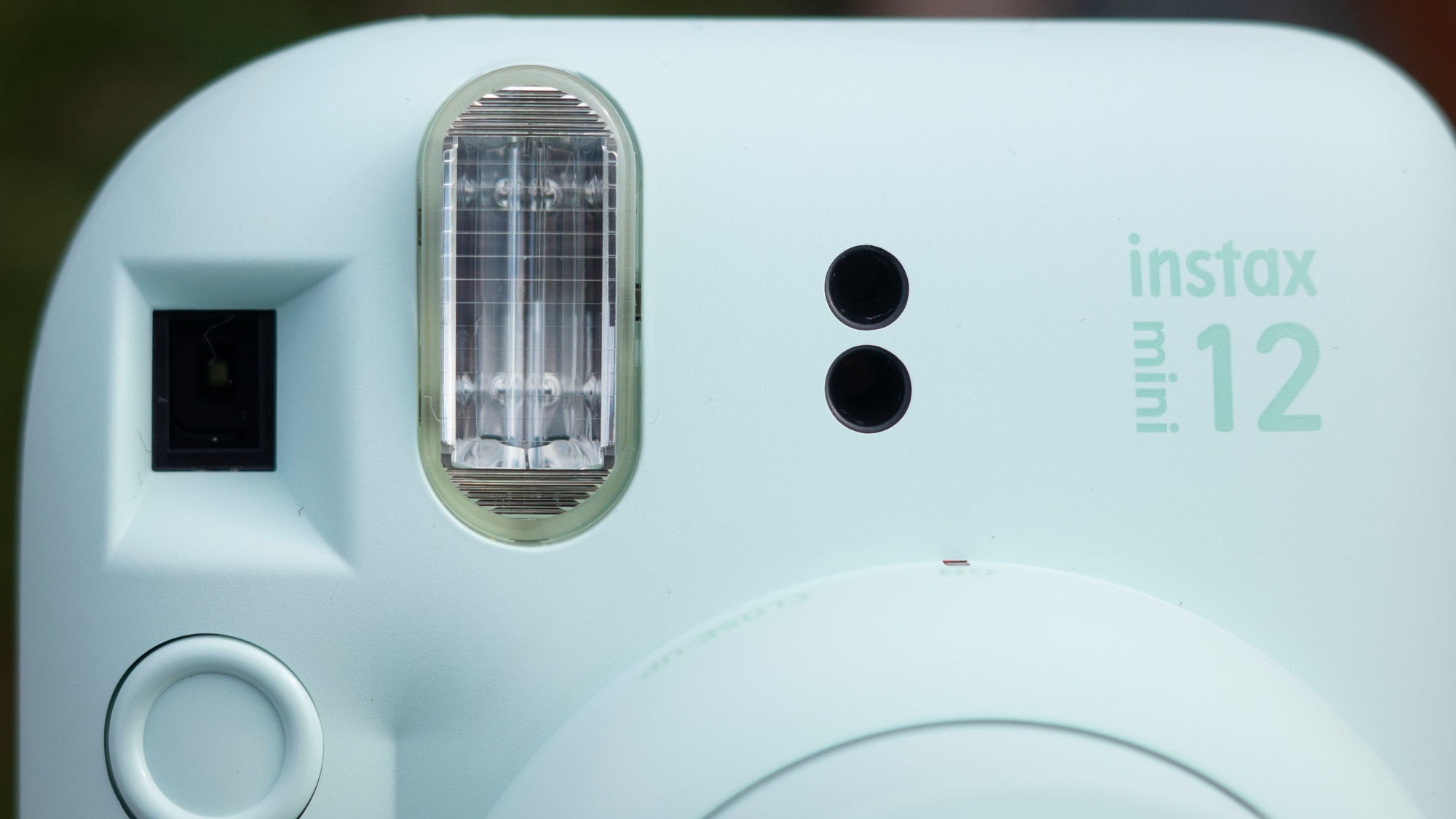
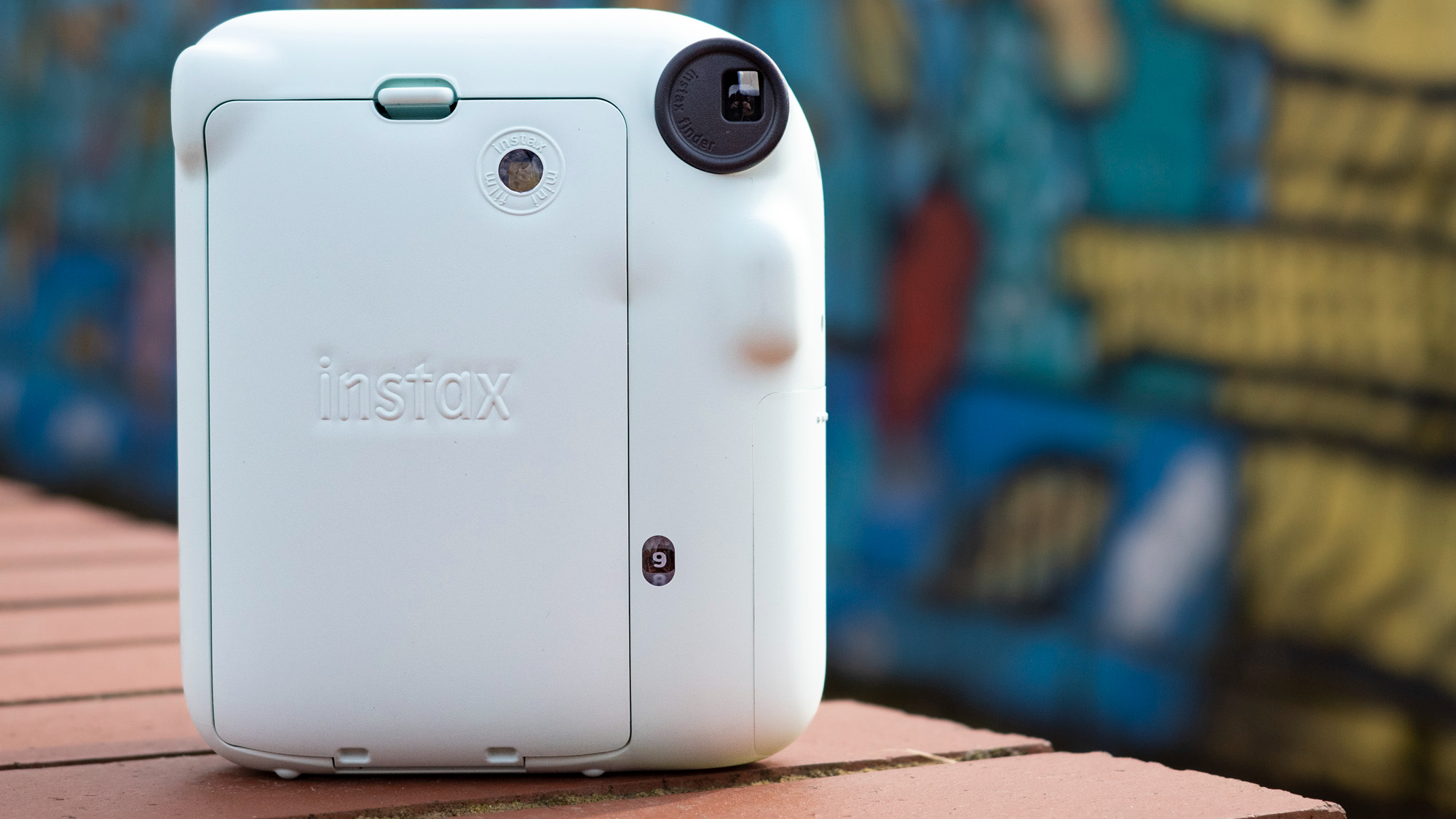
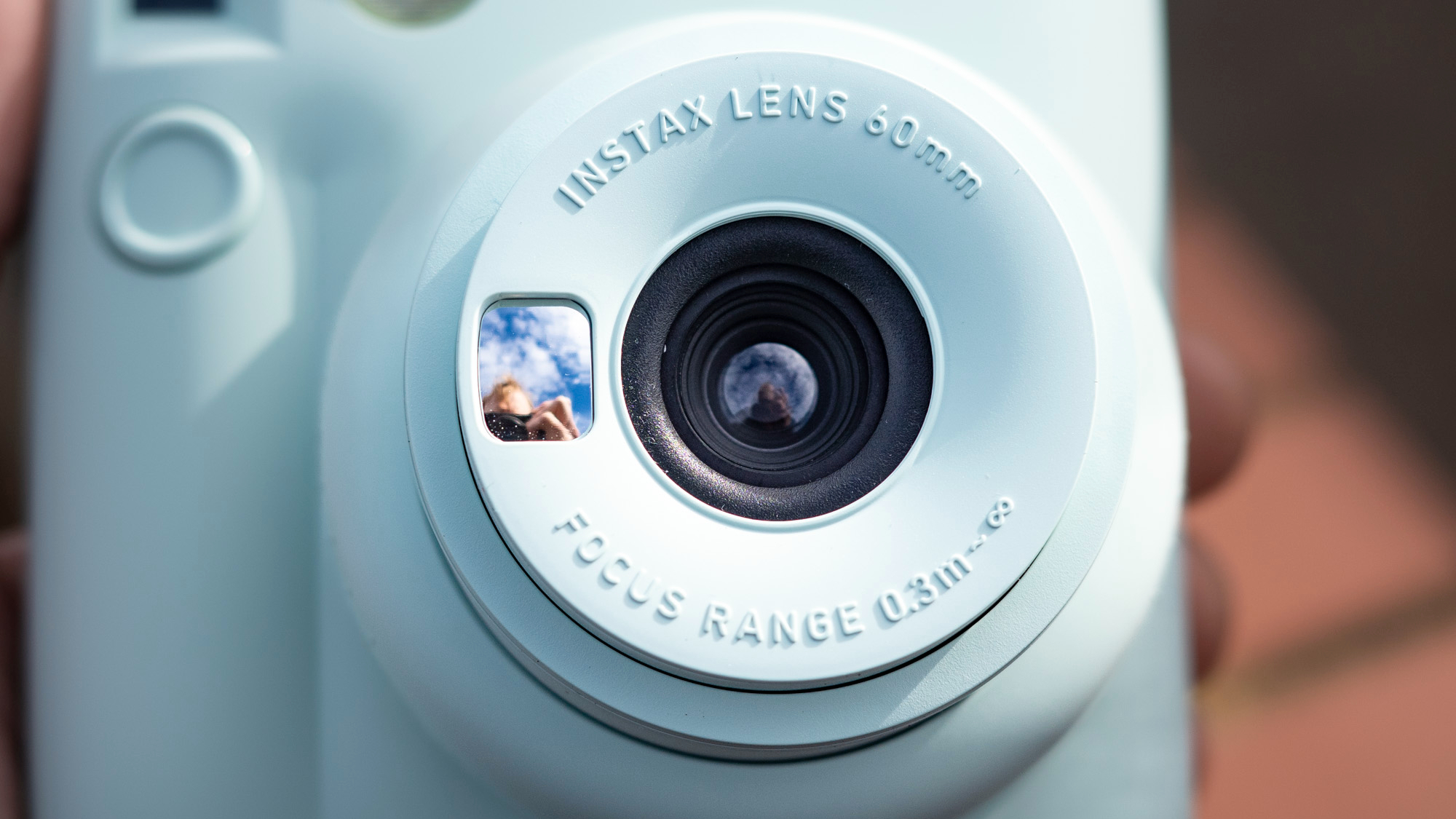
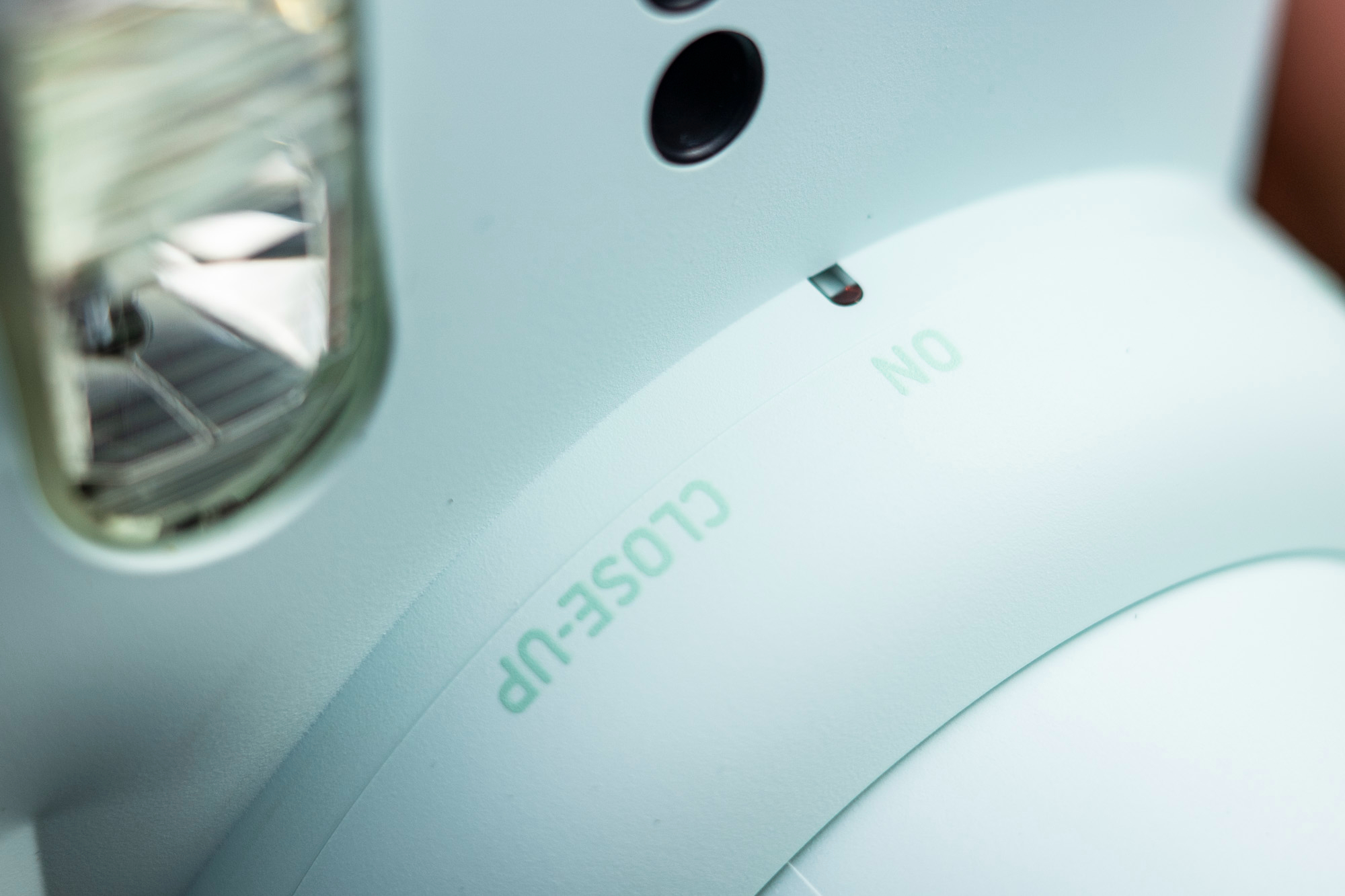
Specifications
Reasons to buy
Reasons to avoid
Fujifilm Instax Mini 12 sample images





✅ You’re new to instant photography: Easy to use and affordable to refill, the Instax Mini 12 is an accessible route into analogue shooting.
✅ You want rich vintage prints: Using the Fujifilm’s colorful Instax film, the Mini 12 produces lovely party prints with a rich vintage look.
❌ You shoot in sunlight a lot: The Mini 12 tends to overexpose images in bright sunlight, which isn’t helped by the always-on flash.
❌ You like perfect ergonomics: Its smooth, bubble-like design makes the Mini 12 a tricky, slippery camera to hold, and fiddly for selfies.
We think the ideal instant camera should be easy to use, comfortable to hold and capable of producing attractive prints at a reasonable price. Picking up where the Instax Mini 11 left off, Fujifilm’s latest effort gets even closer to perfection. It turns on with a twist of the lens, which is more intuitive than previous editions. You still get the useful option of pulling the lens out to engage close-up mode, while the addition of parallax correction improves viewfinder accuracy, so what you see when framing is closer to what’s actually printed.
We found in our review that it still tends to overexpose snaps in bright sunlight, but repositioned exposure and flash sensors mean your fingers are less likely to affect readings, even accounting for the slightly slippery body. While prints can feel small, the Instax Mini 12 makes it easy for newbies to capture vibrant party snaps at a relatively low cost. If you’d prefer similar performance with a retro flavor, we suggest looking at the Fujifilm Instax Mini 40.
Read our in-depth Fujifilm Instax Mini 12 review
The best for wide prints

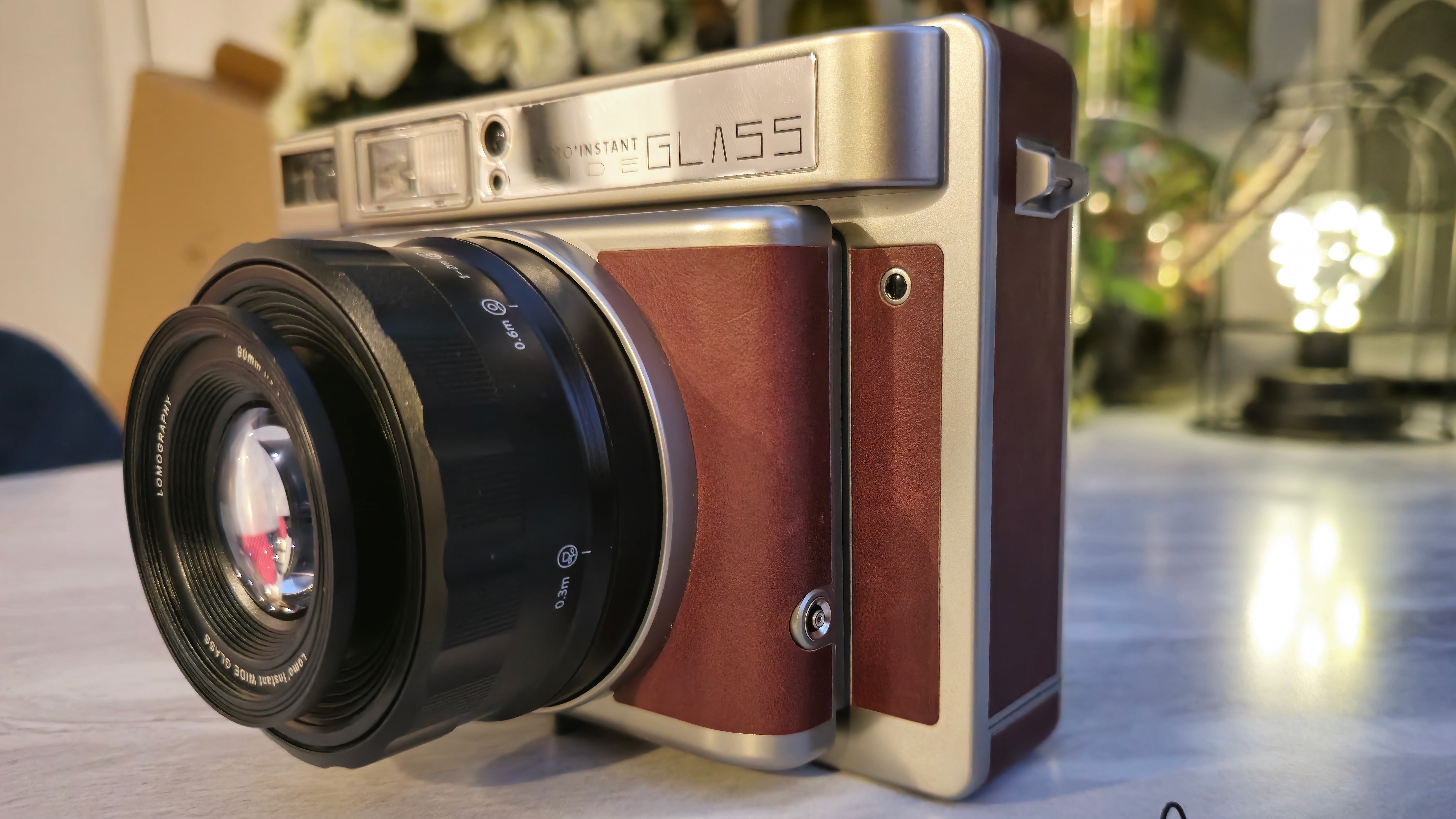
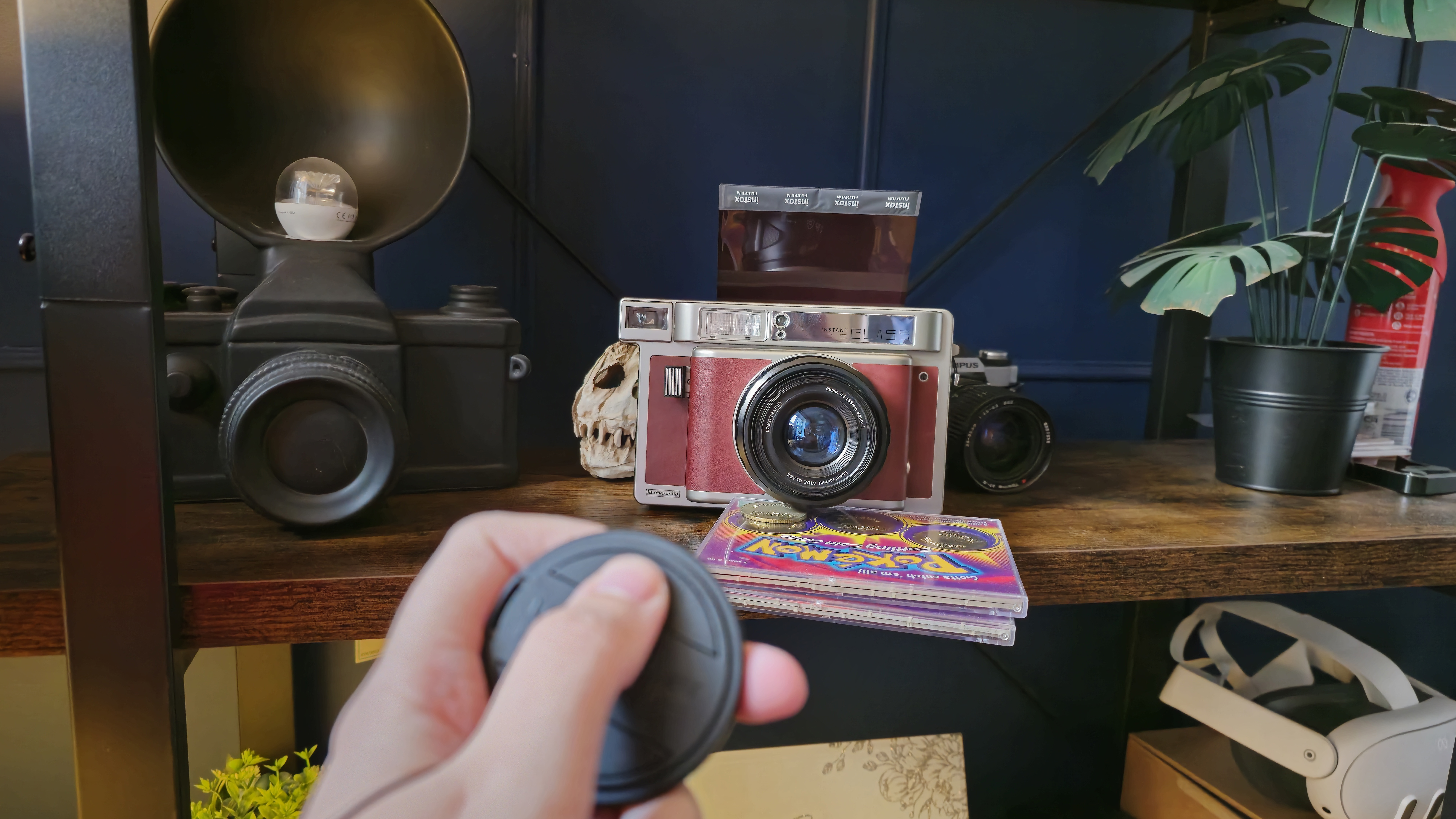
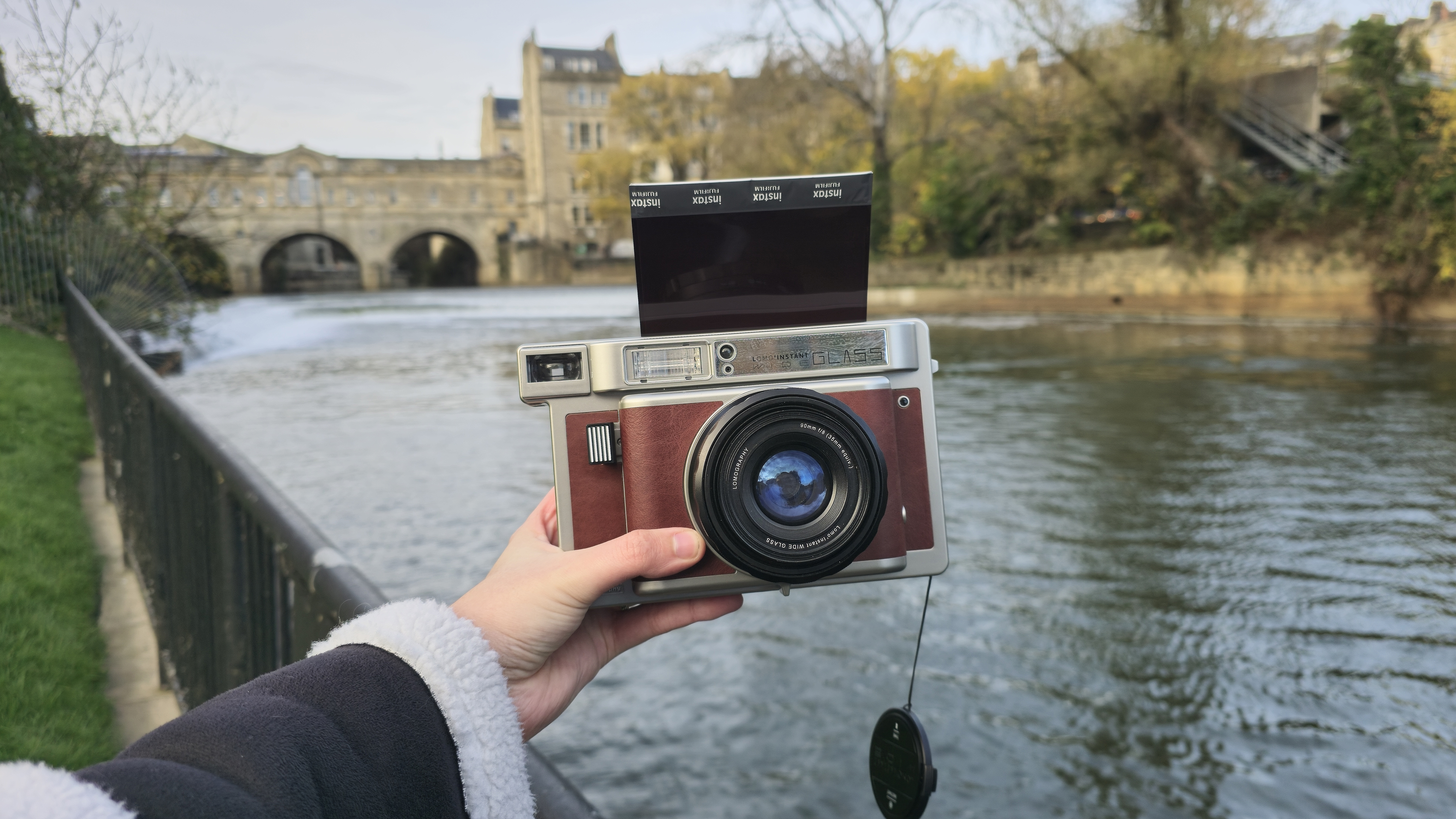
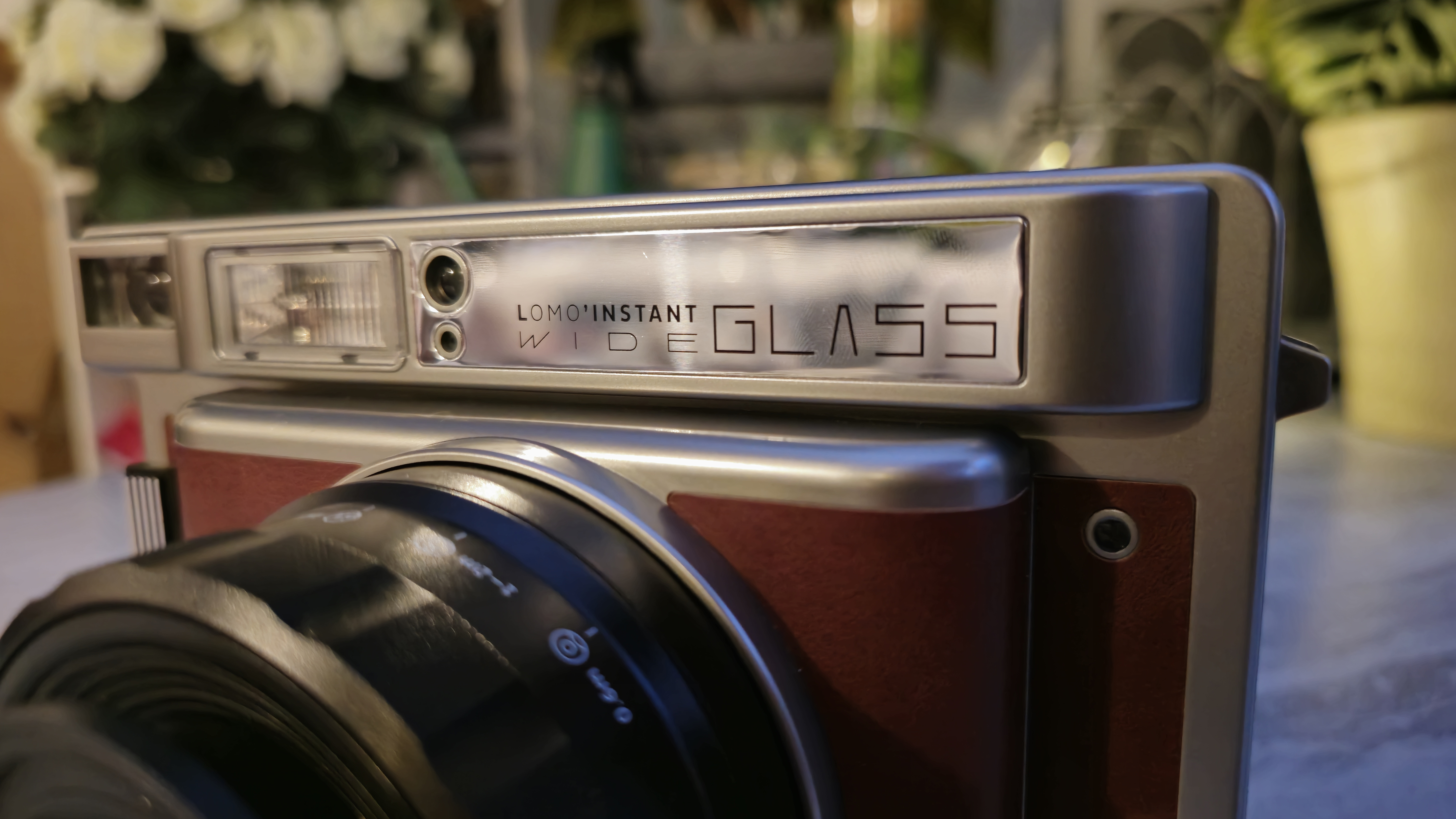
Specifications
Reasons to buy
Reasons to avoid
Lomo’Instant Wide Glass sample images
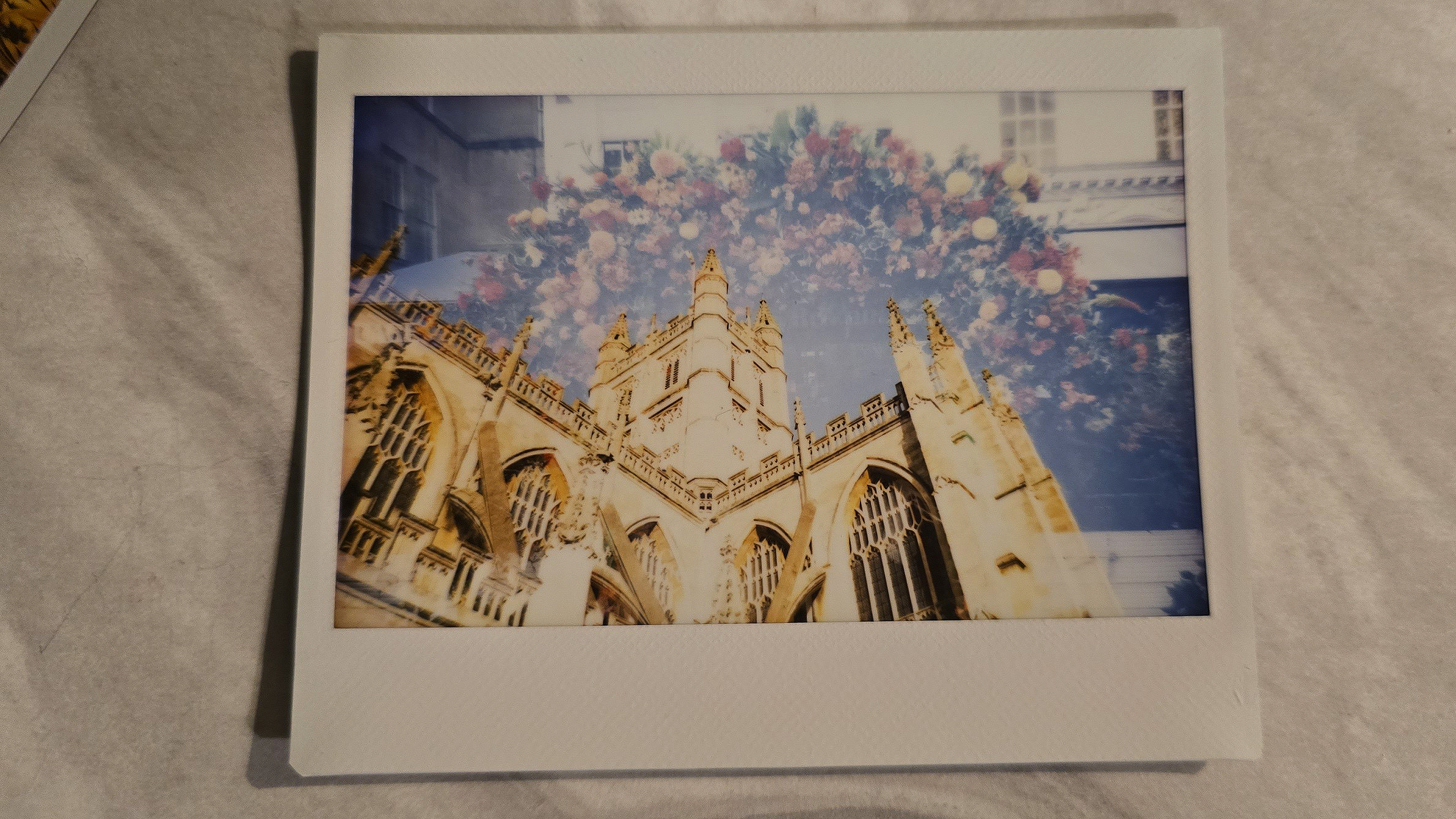
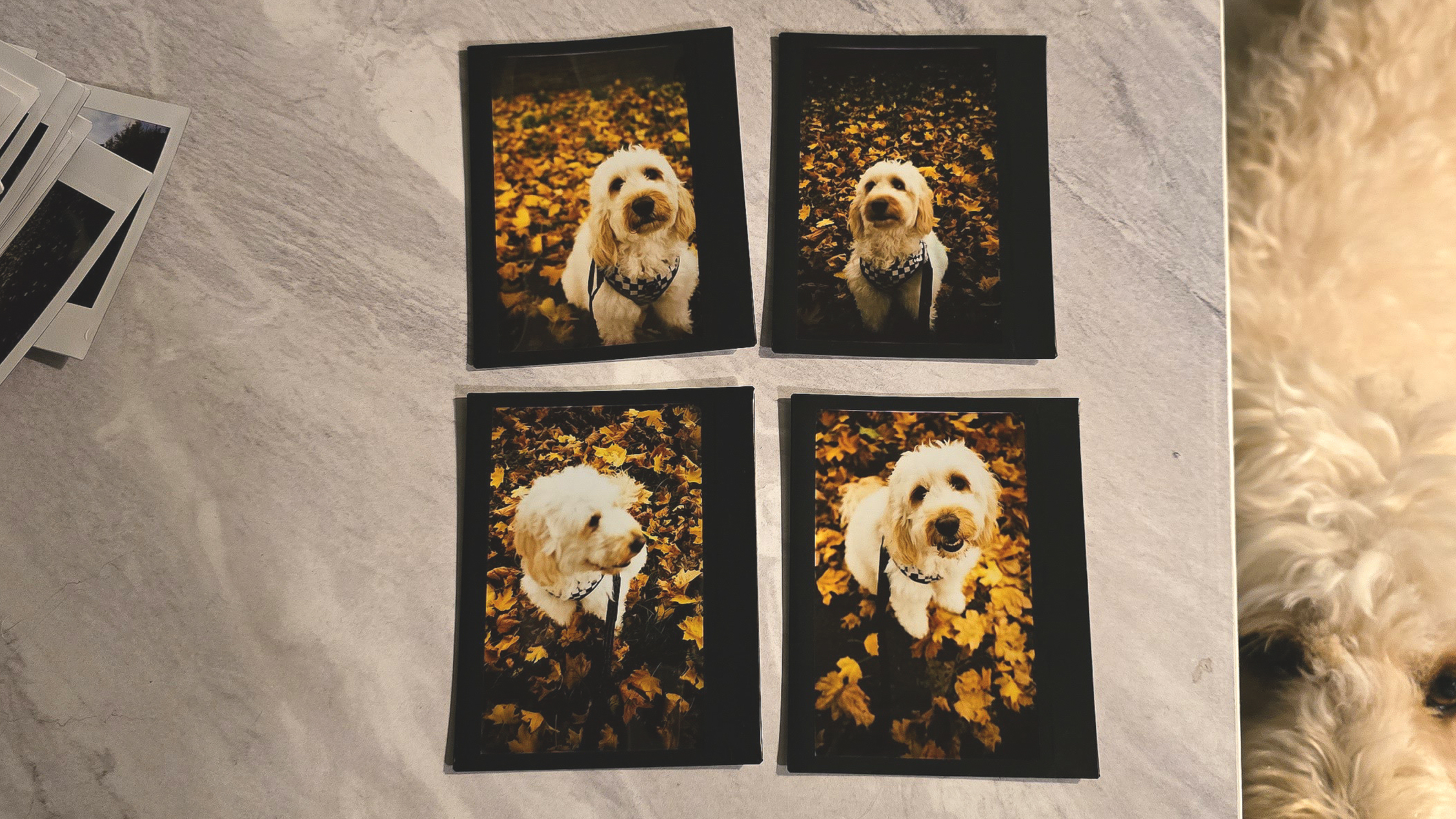
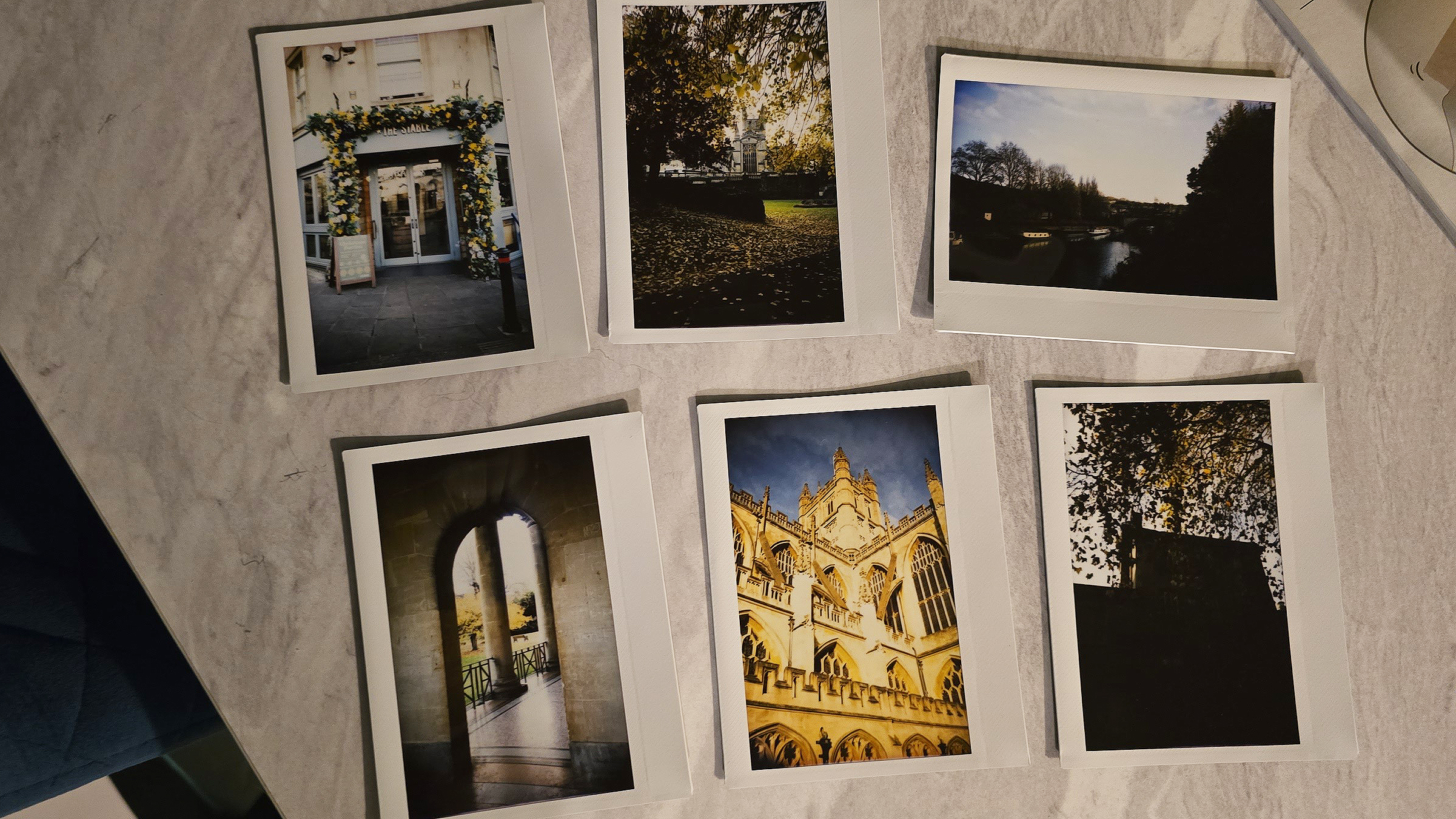
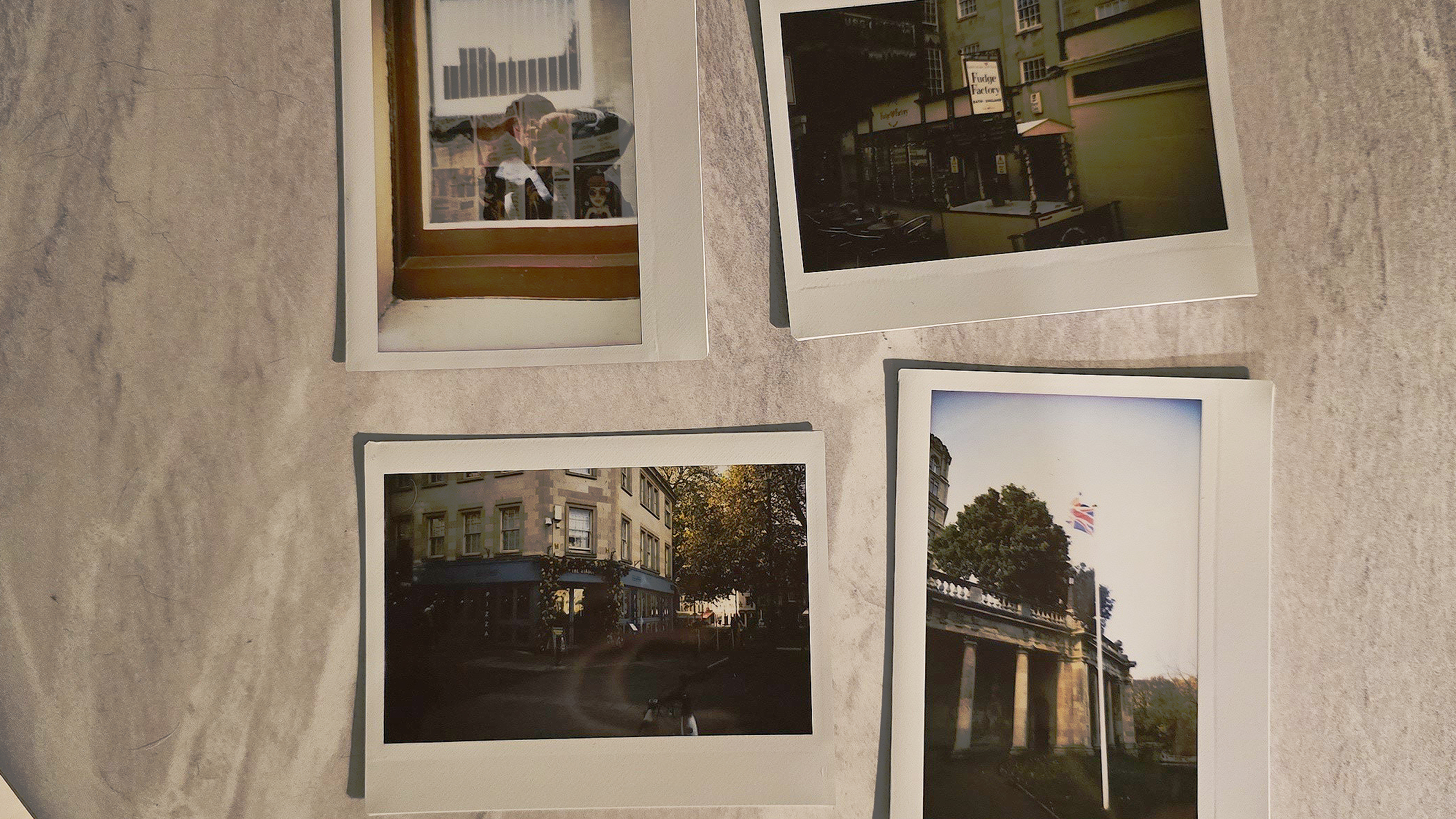
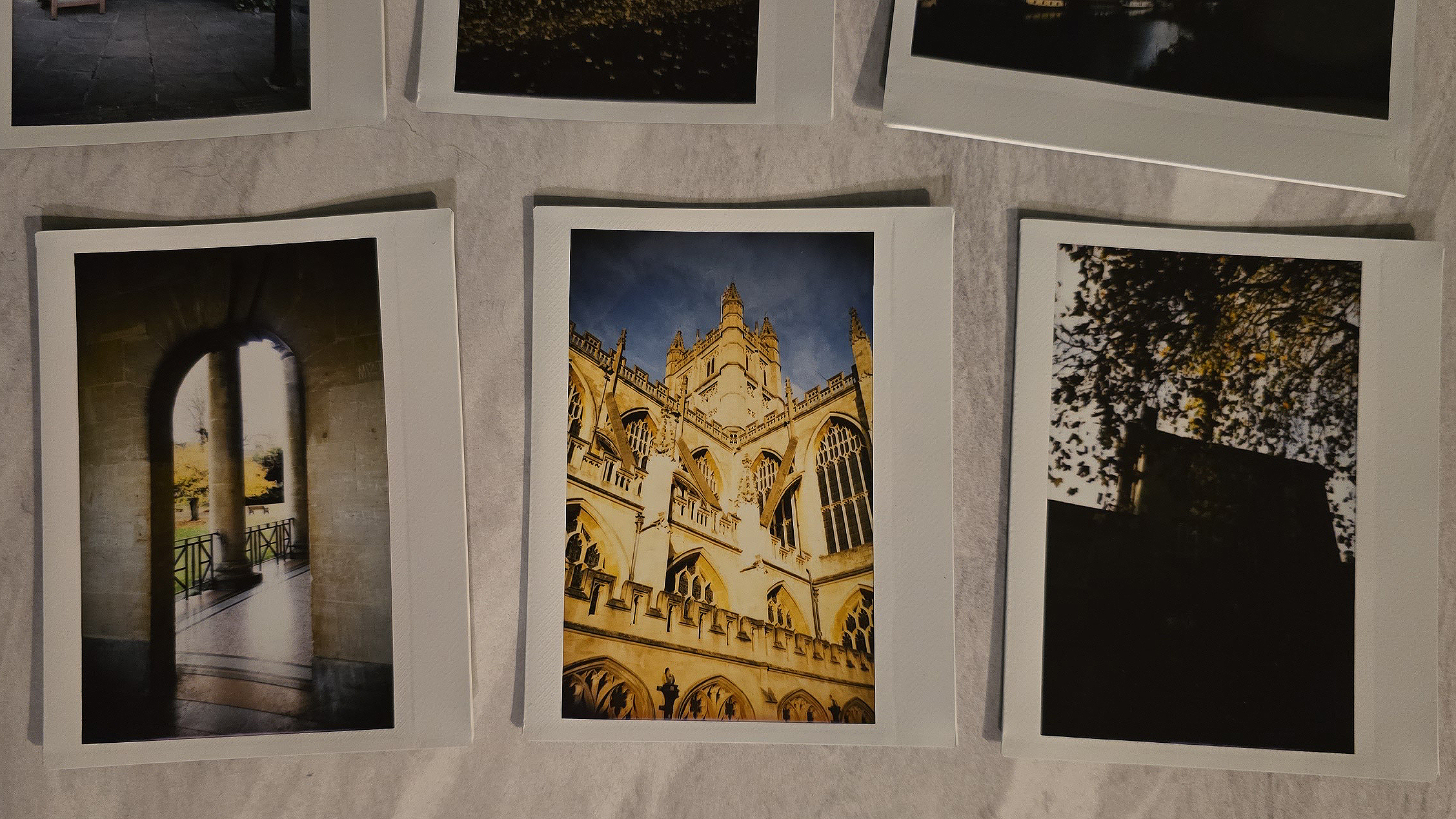
✅ You want quality wide prints: With a glass lens, the Wide Glass shoots sharp on Instax Wide film, producing large prints with a decent amount of detail.
✅ You want to get creative: With a multiple-exposure mode, flash control and exposure tweaking, plus optional accessories, this is a fun camera to play with.
❌ You want a point-and-shoot: The Lomo’Instant Wide Glass is aimed at more advanced users, with zone focusing that takes time to master.
❌ You want an easy selfie camera: You can take selfies with the Wide Glass, but with no mirror on the front, it’s not the easiest to frame yourself with.
If you want large, sharp prints from your instant camera, we recommend the Lomo’Instant Wide Glass. We didn’t find it the grippiest camera in testing, but its stylish design and premium build set it apart. Manual controls are plentiful, reflecting the fact that this is a camera for more experienced photographers. It’s no point-and-shoot: we found that manual zone-focusing involves some trial and error, which will result in wasted film. There’s no selfie mirror either, so framing yourself requires guesswork.
Still, thanks to its glass lens element, the Wide Glass is capable of super-sharp stills, something which isn’t normally the case for an instant camera. Instax Wide film gives plenty of space for detail, too. In our review, we praised the creative flexibility offered by the flash, exposure compensation and multiple-exposure modes, as well as accessories such as gel filters. It might not be the most forgiving instant camera to shoot with, especially for close-ups, but we think the Wide Glass represents excellent value given what it’s capable of.
Read our in-depth Lomo’Instant Wide Glass
The best hybrid instant camera
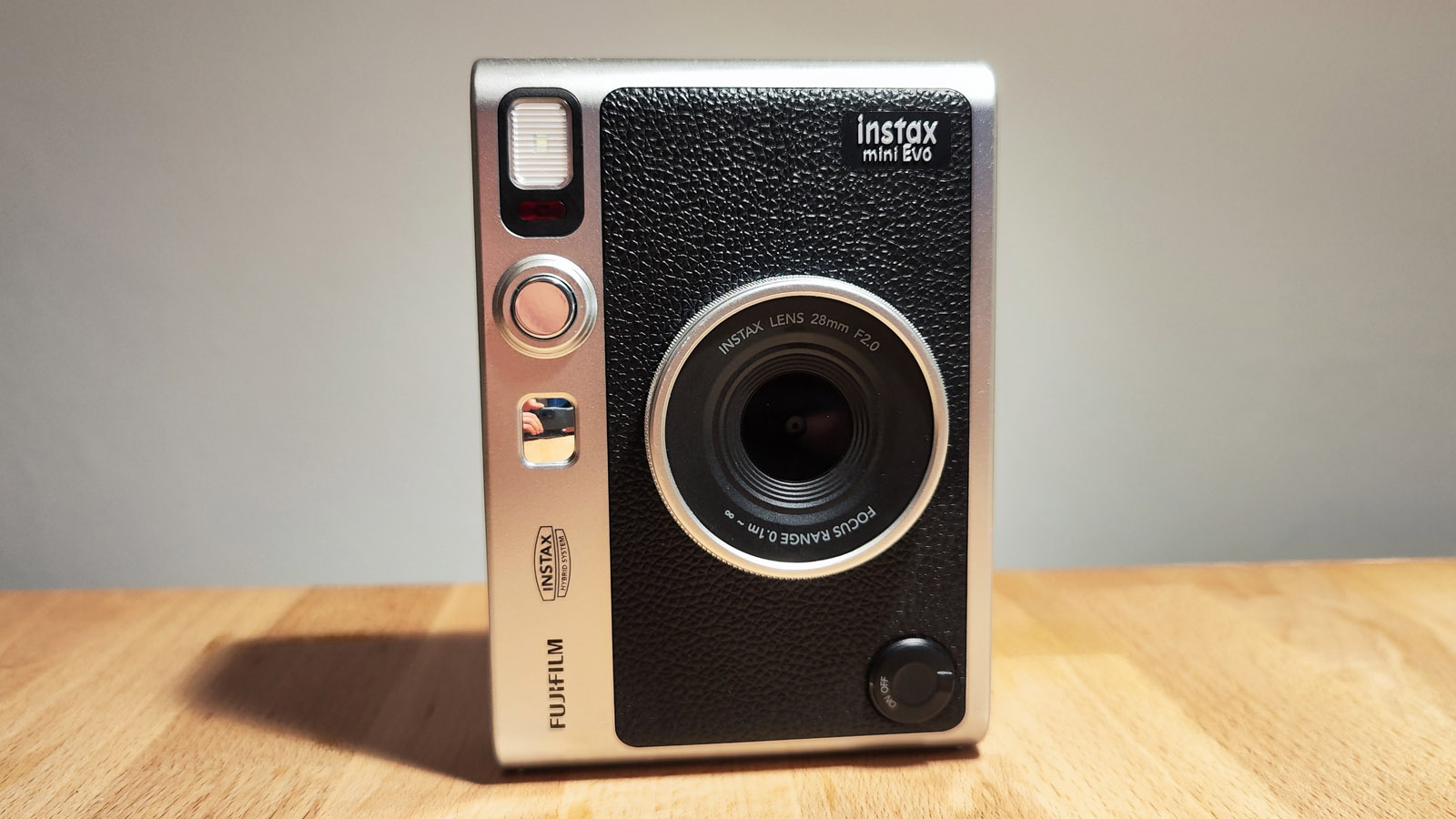
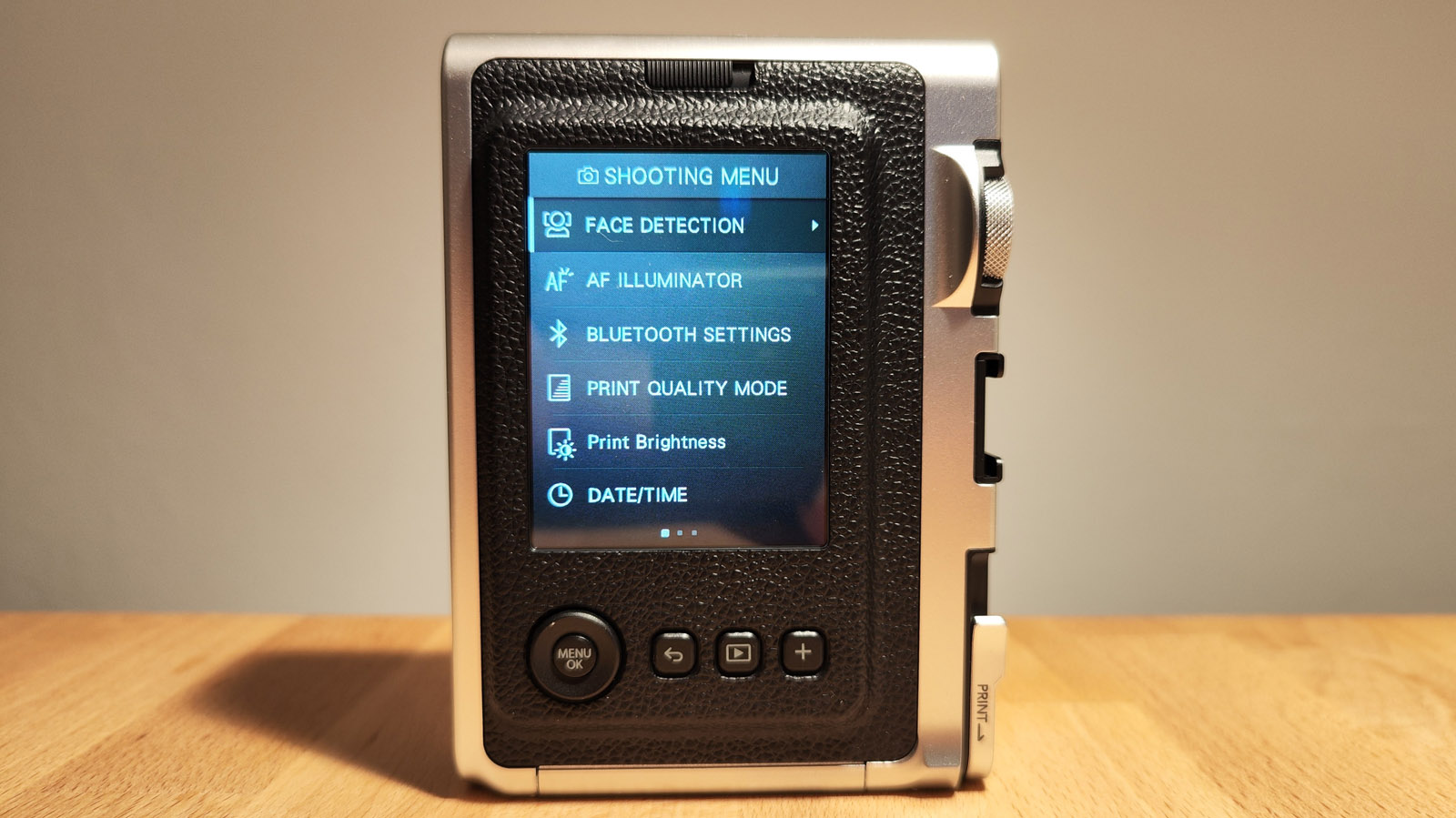
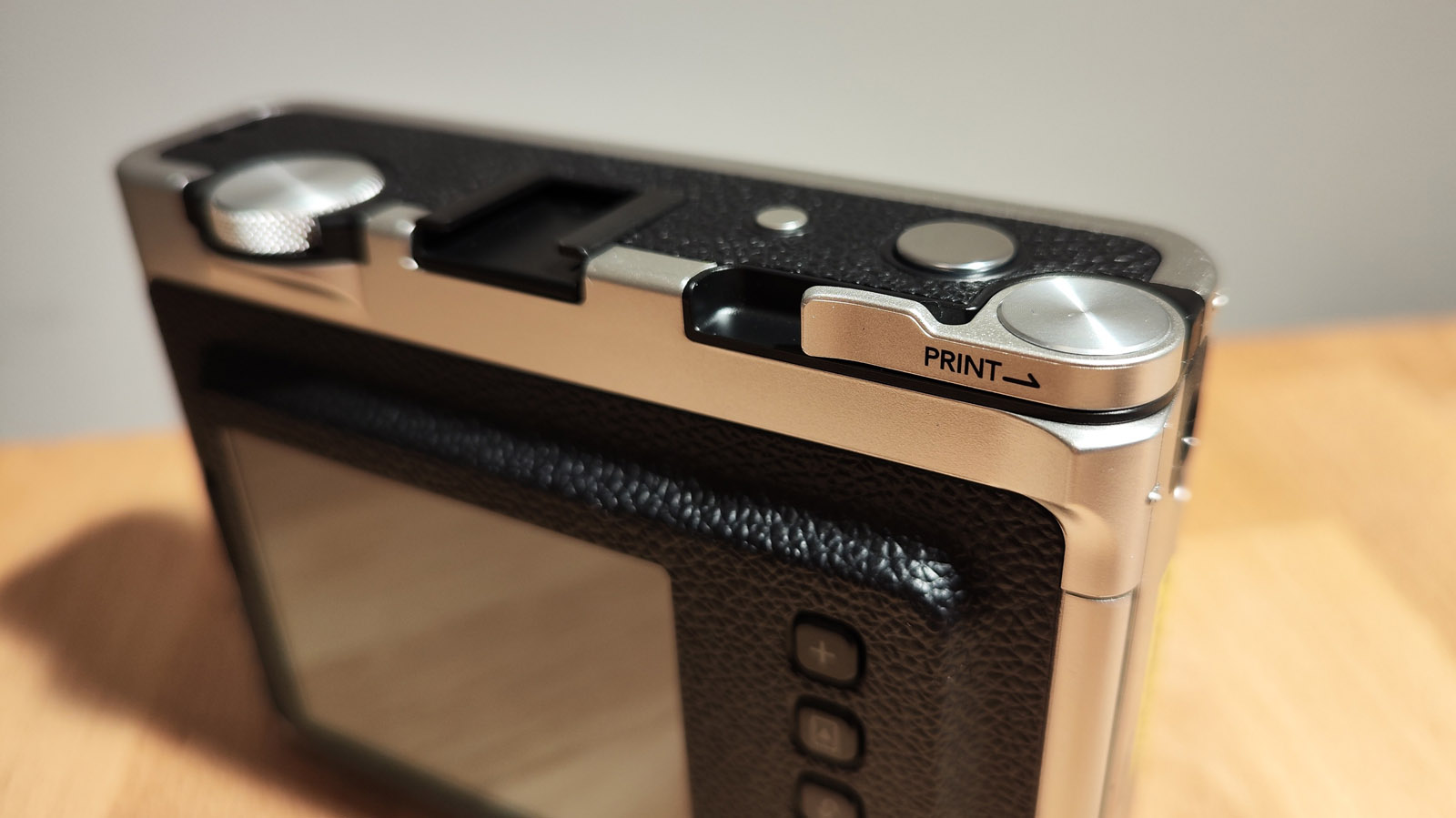
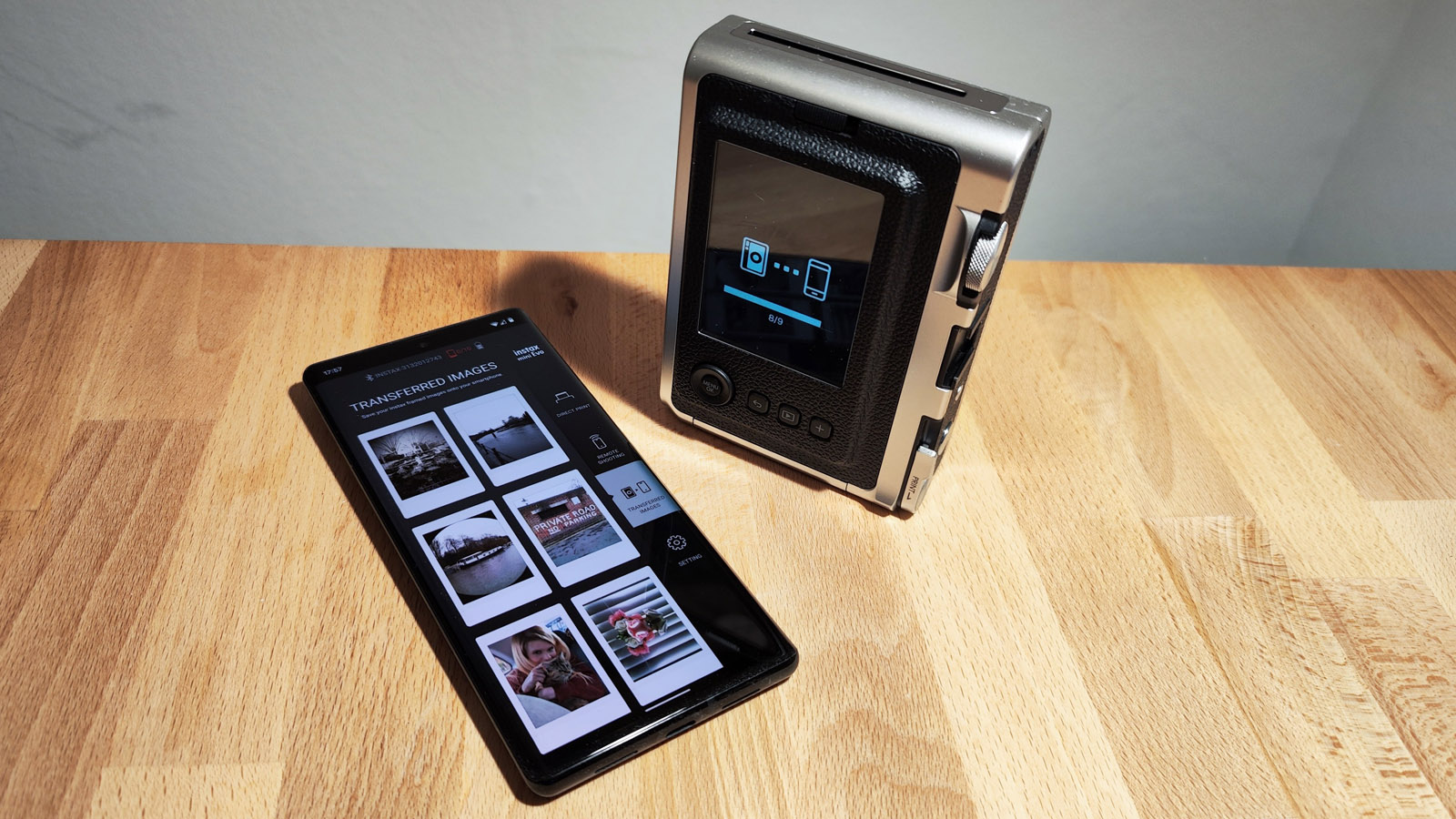
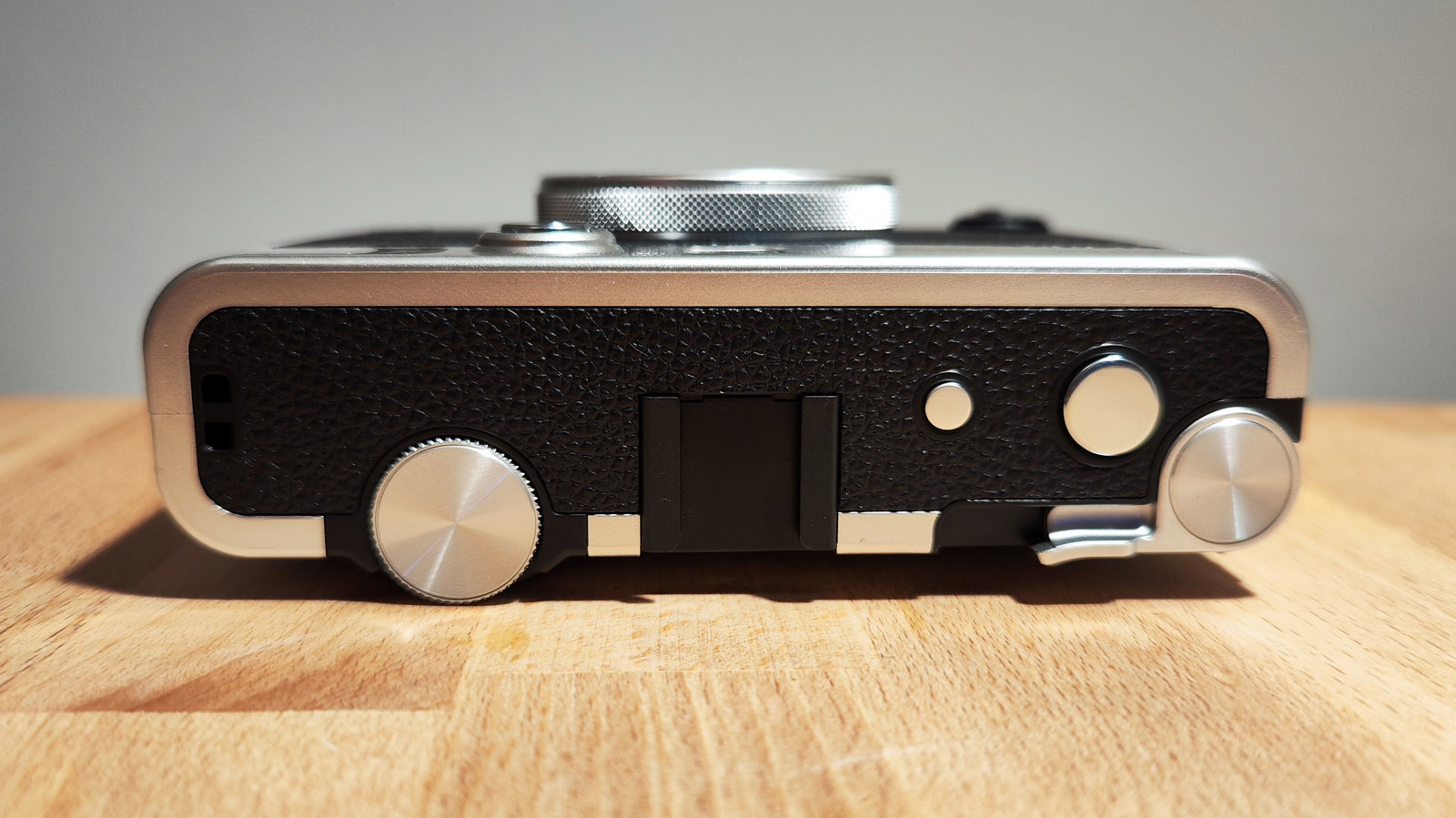
Specifications
Reasons to buy
Reasons to avoid
Fujifilm Instax Mini Evo sample images
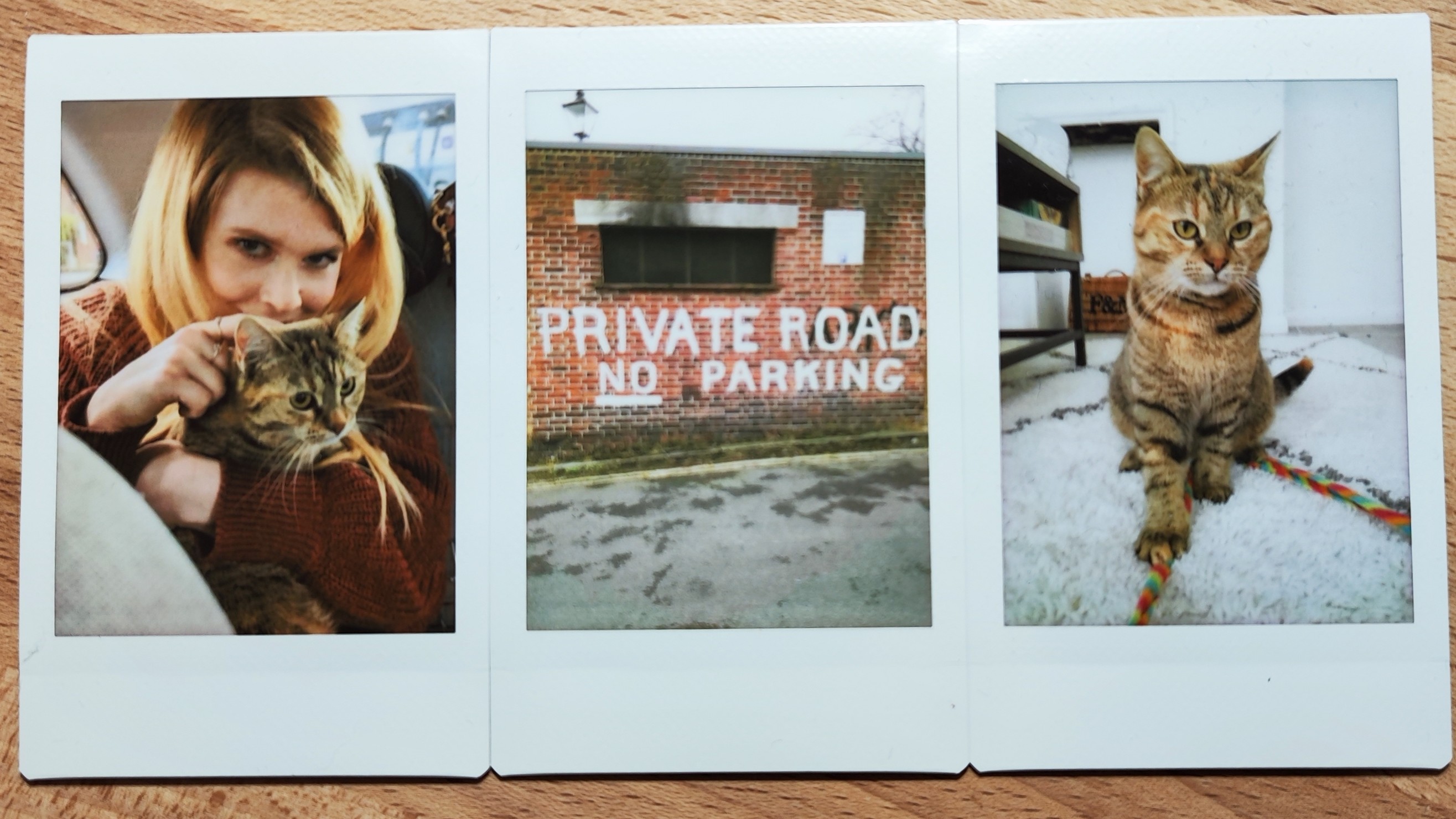
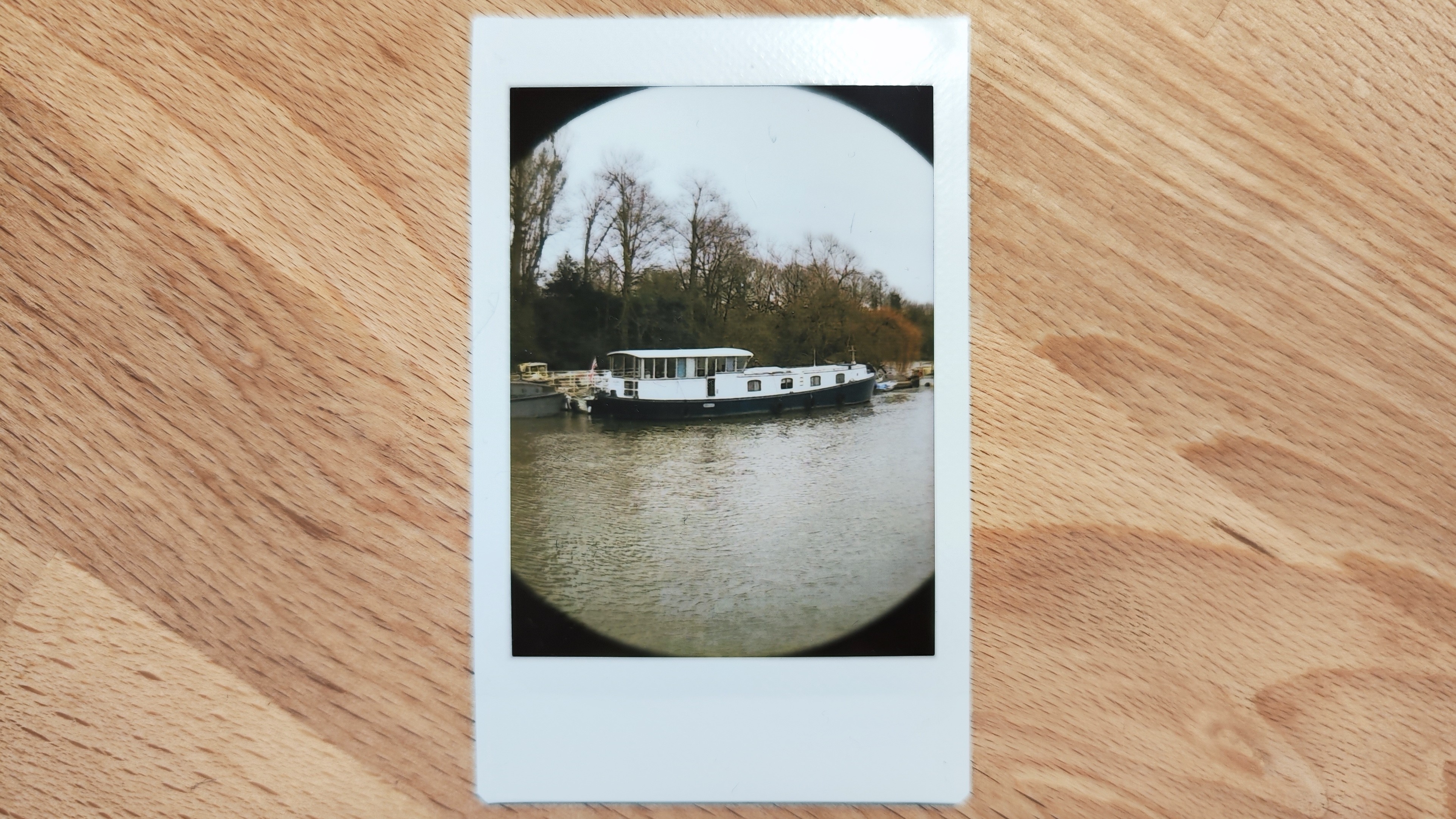
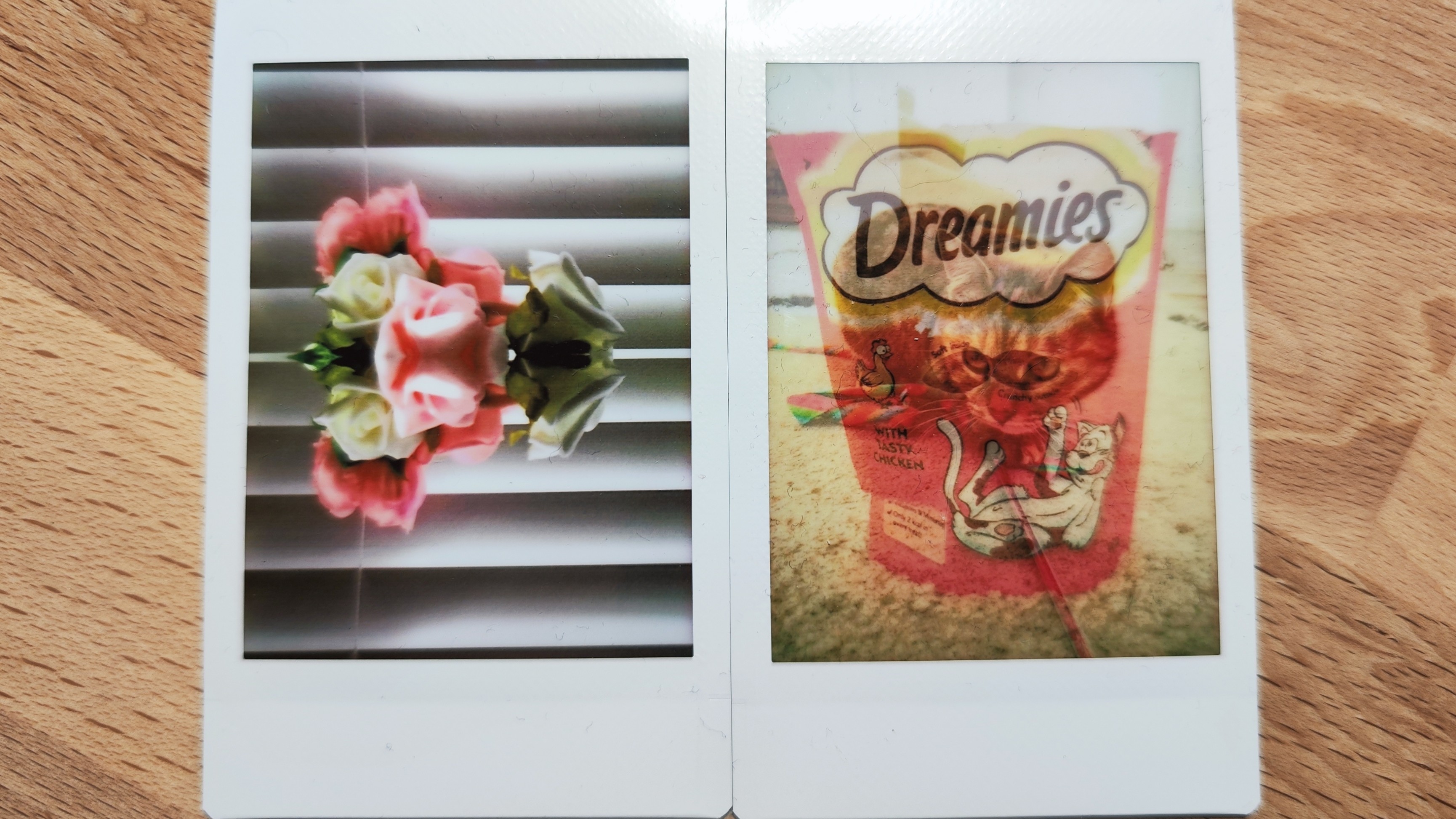
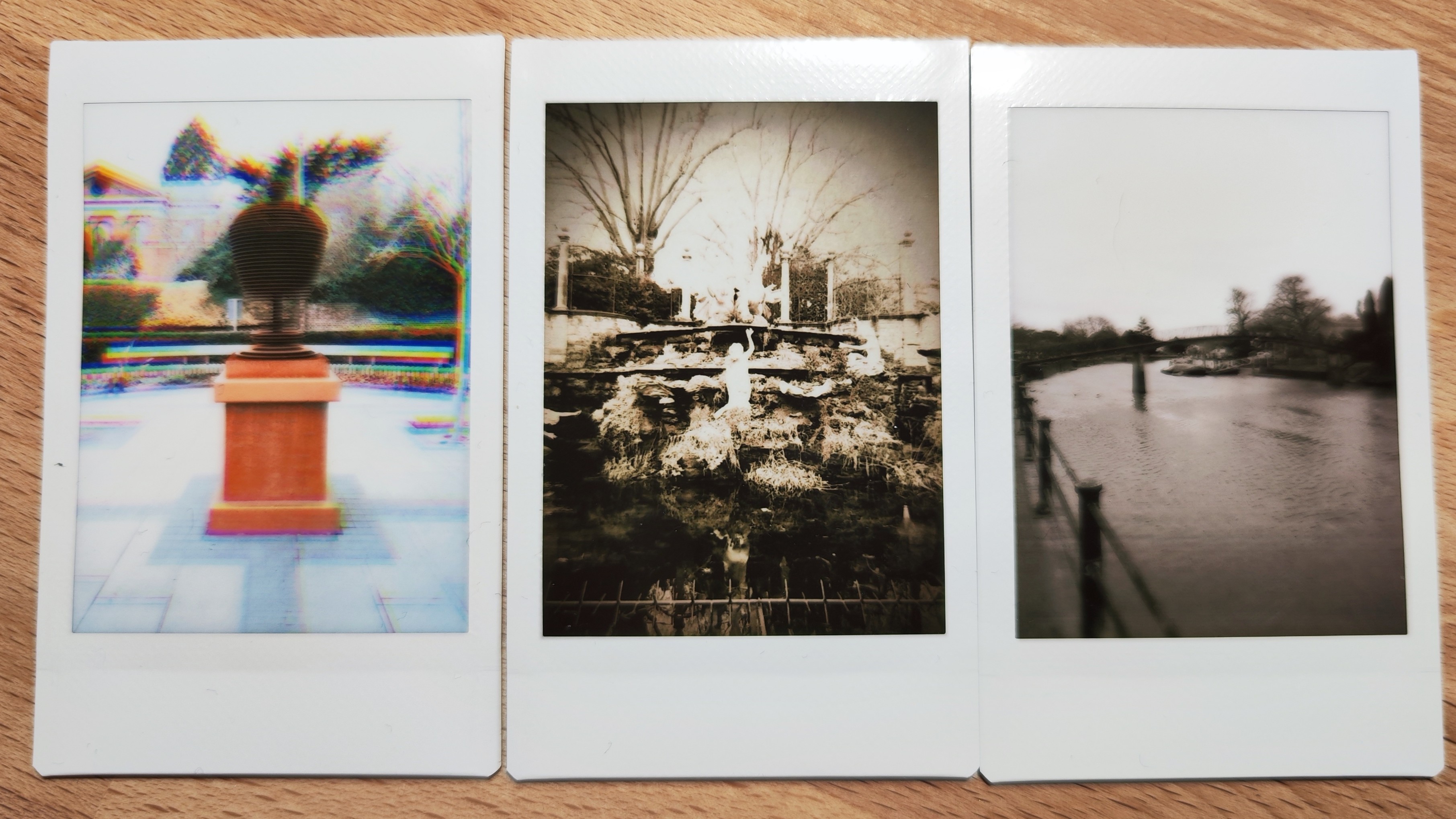
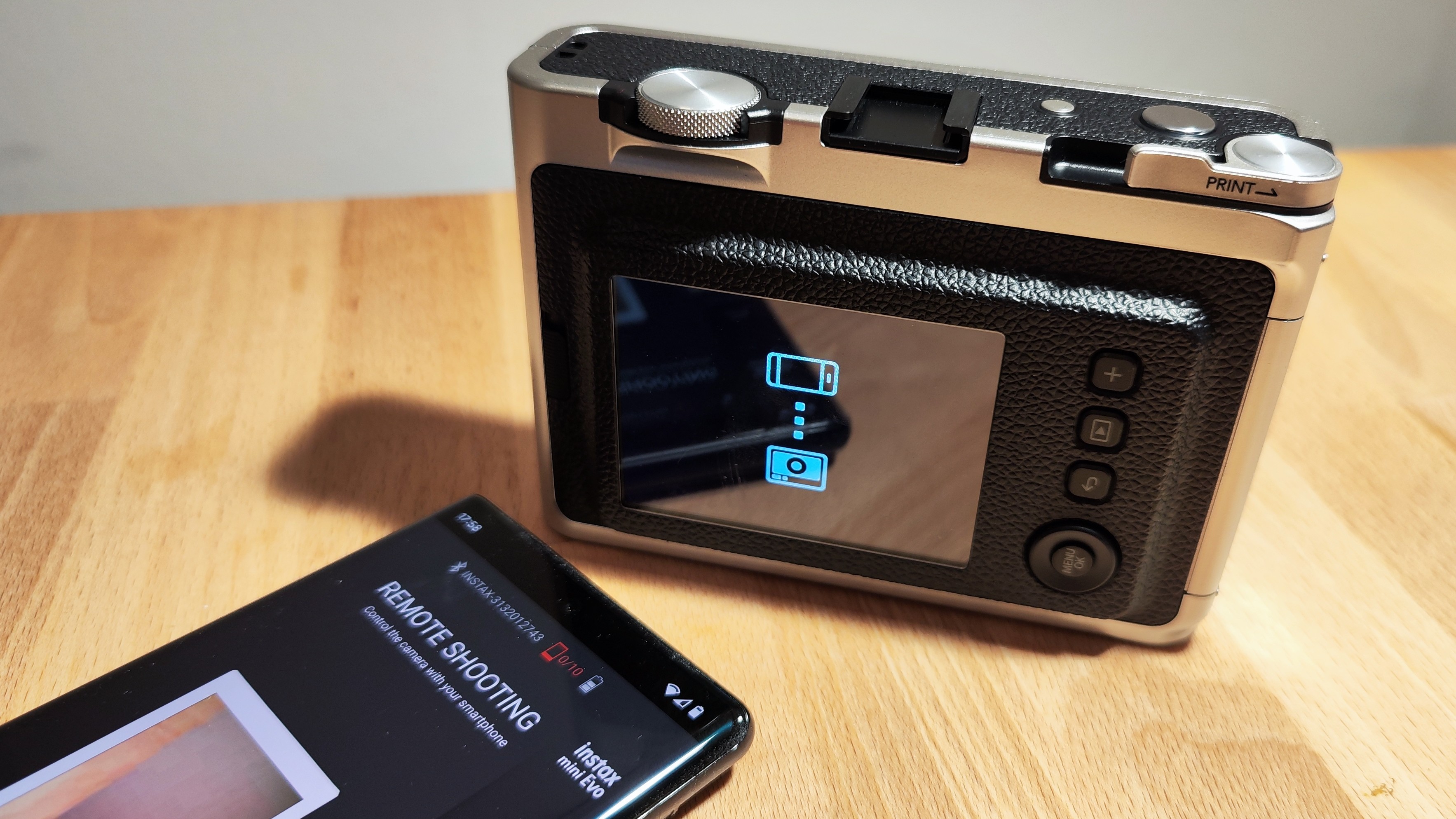
✅ You value creative potential: With a wide range of filter and effect combinations, the Mini Evo is ideal for trying different styles.
✅ You want a connected camera: Though it works as a standalone camera, the Mini Evo can pair with your smartphone as a portable printer.
❌ Image quality matters: Its low-resolution sensor makes the Mini Evo a better choice for personal printed snaps than social sharing.
❌ You don’t need digital: The Instax Mini 40 has a similar vintage look and none of the connected tricks, plus a cheaper price tag.
If you're looking for a camera that mixes the charm of instant photography with the convenience of digital shooting, the Instax Mini Evo is a fine choice. Its digital image quality won't beat your smartphone, but that's not the point. The main benefit here is being able to decide which shots you print out, to avoid wasting precious film. Based on our time with it, we think the Mini Evo is also one of the most attractive instant cameras on the market – and more compact than Fuji's other models.
Another great party trick is the Mini Evo's ability to double as a printer for your smartphone snaps. There's also an option to apply numerous built-in effects and filters before you hit the print button. While these digital elements mean the Instax Mini Evo doesn't offer a 'pure' instant photography experience – and is more complex than alternatives like the Instax Mini 11 – we found that its versatility and charm more than compensate for those who want something more than a point-and-shoot.
Read our in-depth Fujifilm Instax Mini Evo review
The best simple instant camera
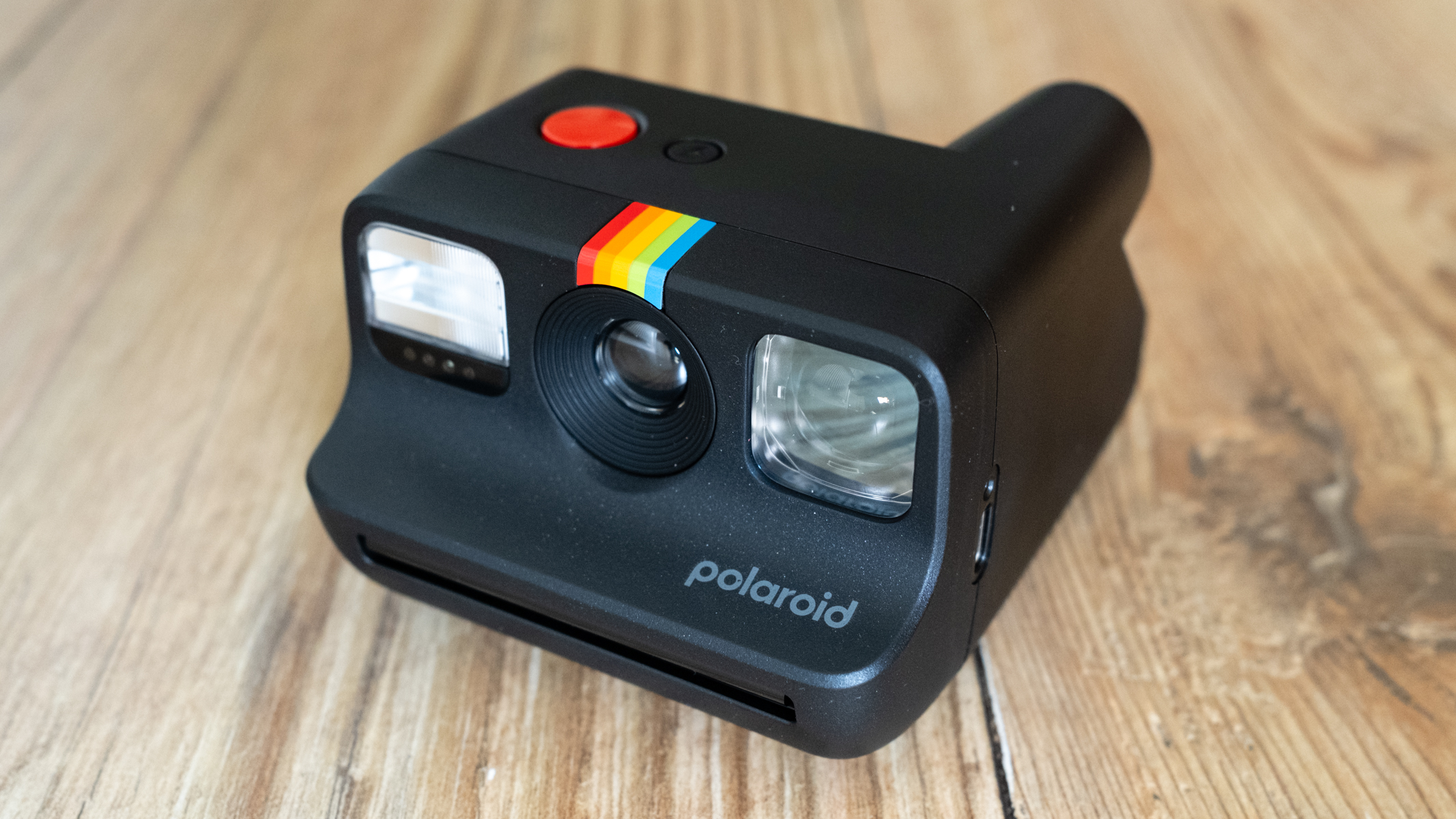
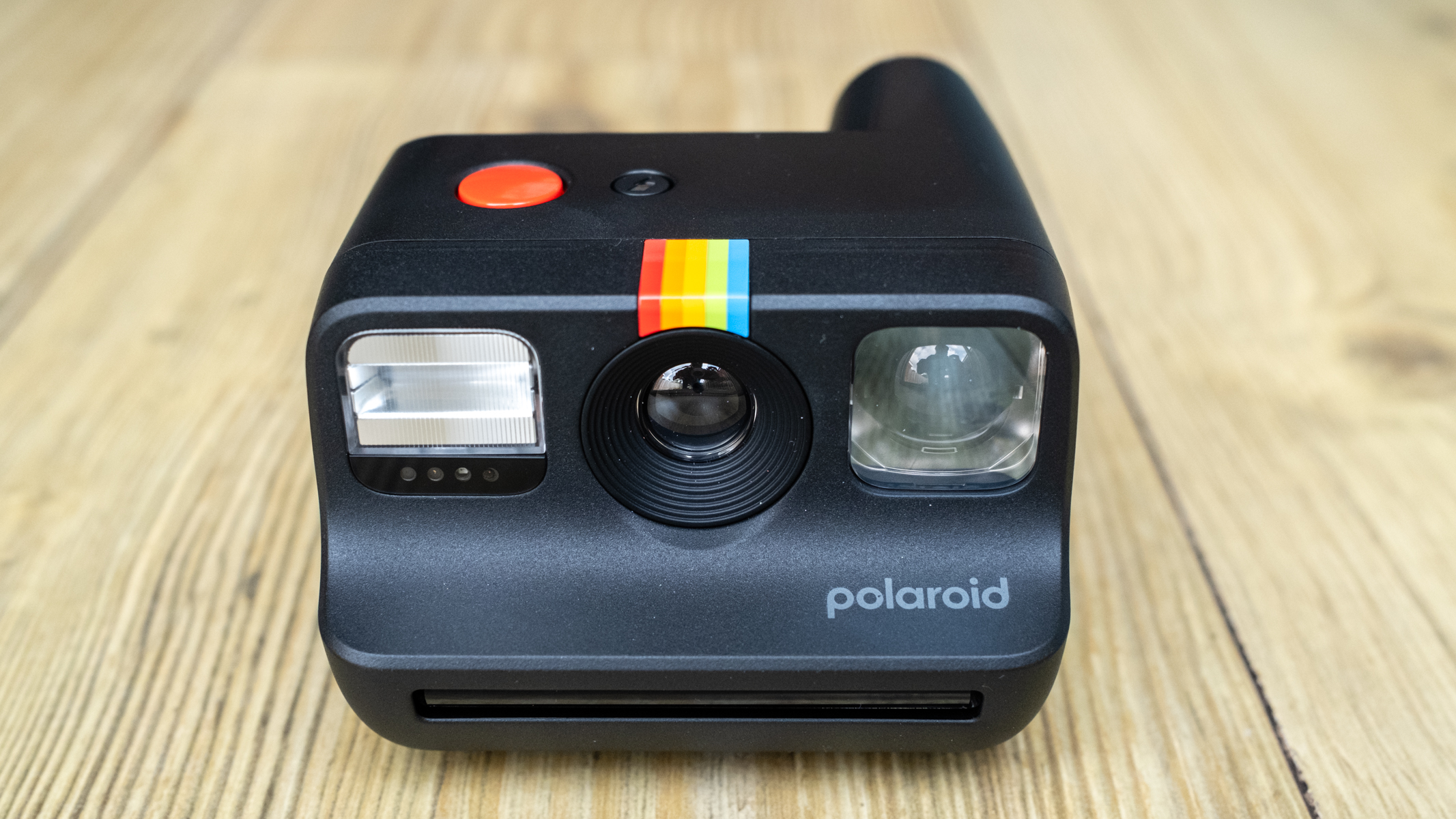
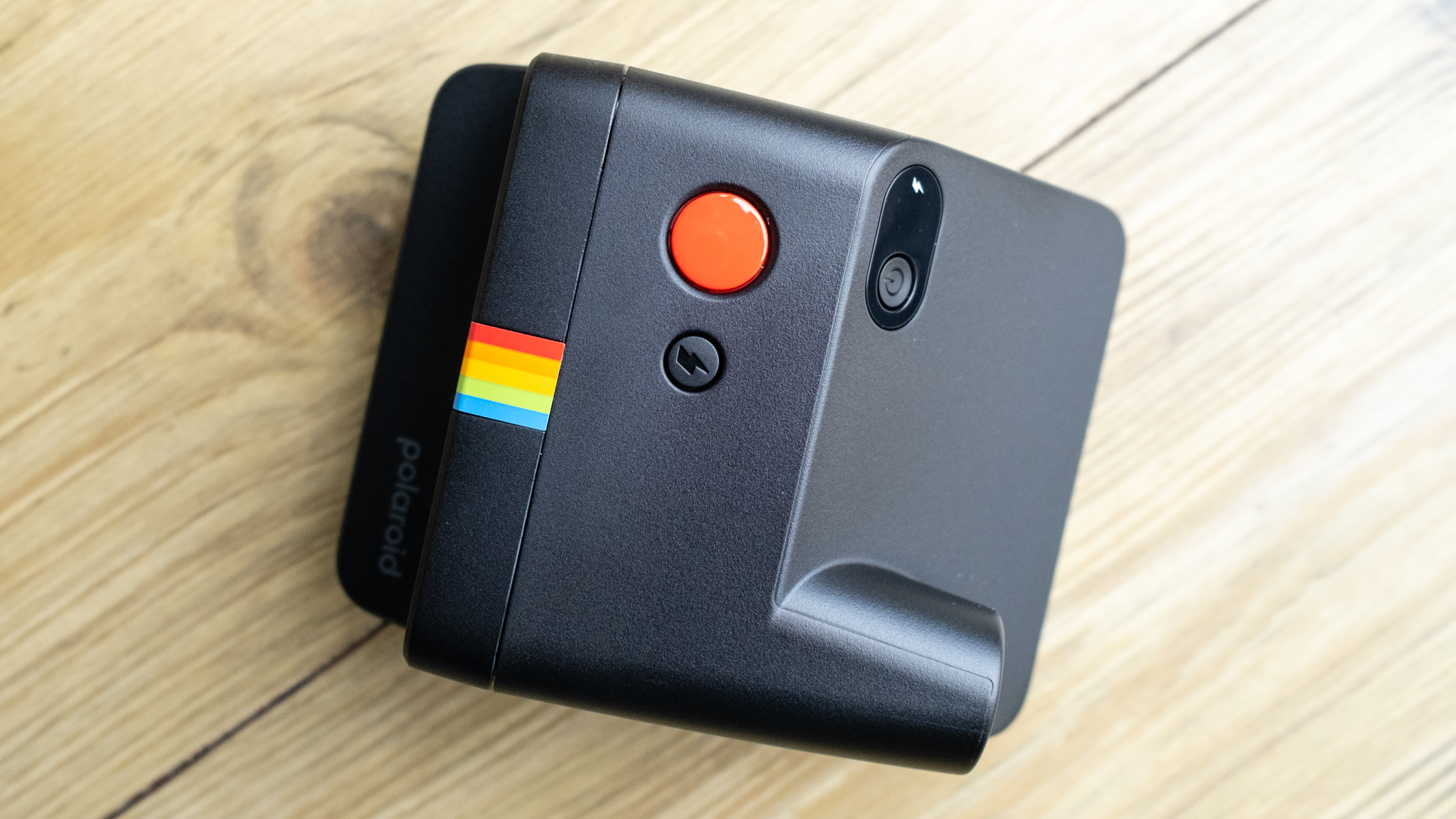
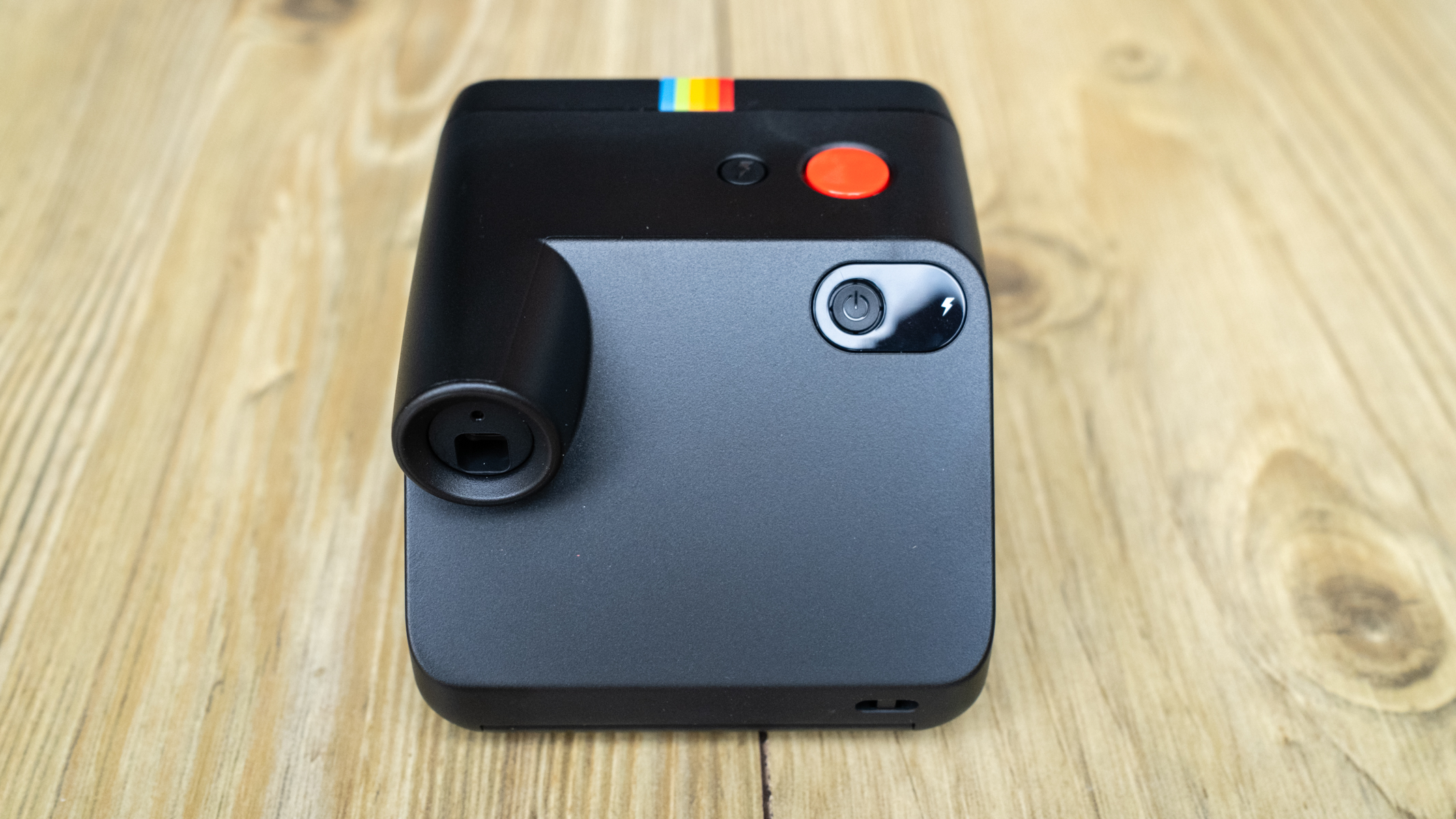
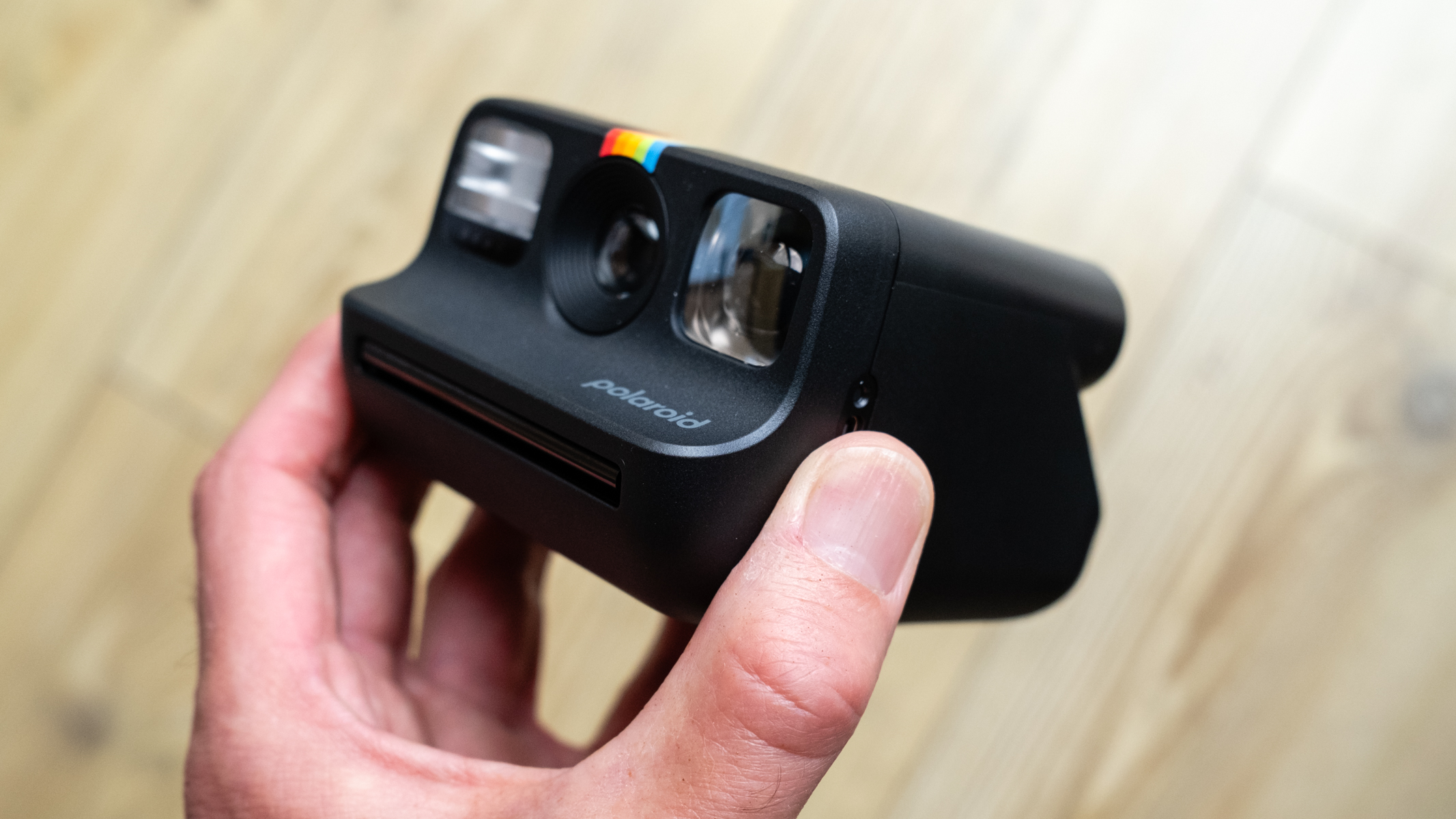
Specifications
Reasons to buy
Reasons to avoid
Polaroid Go Generation 2 sample images
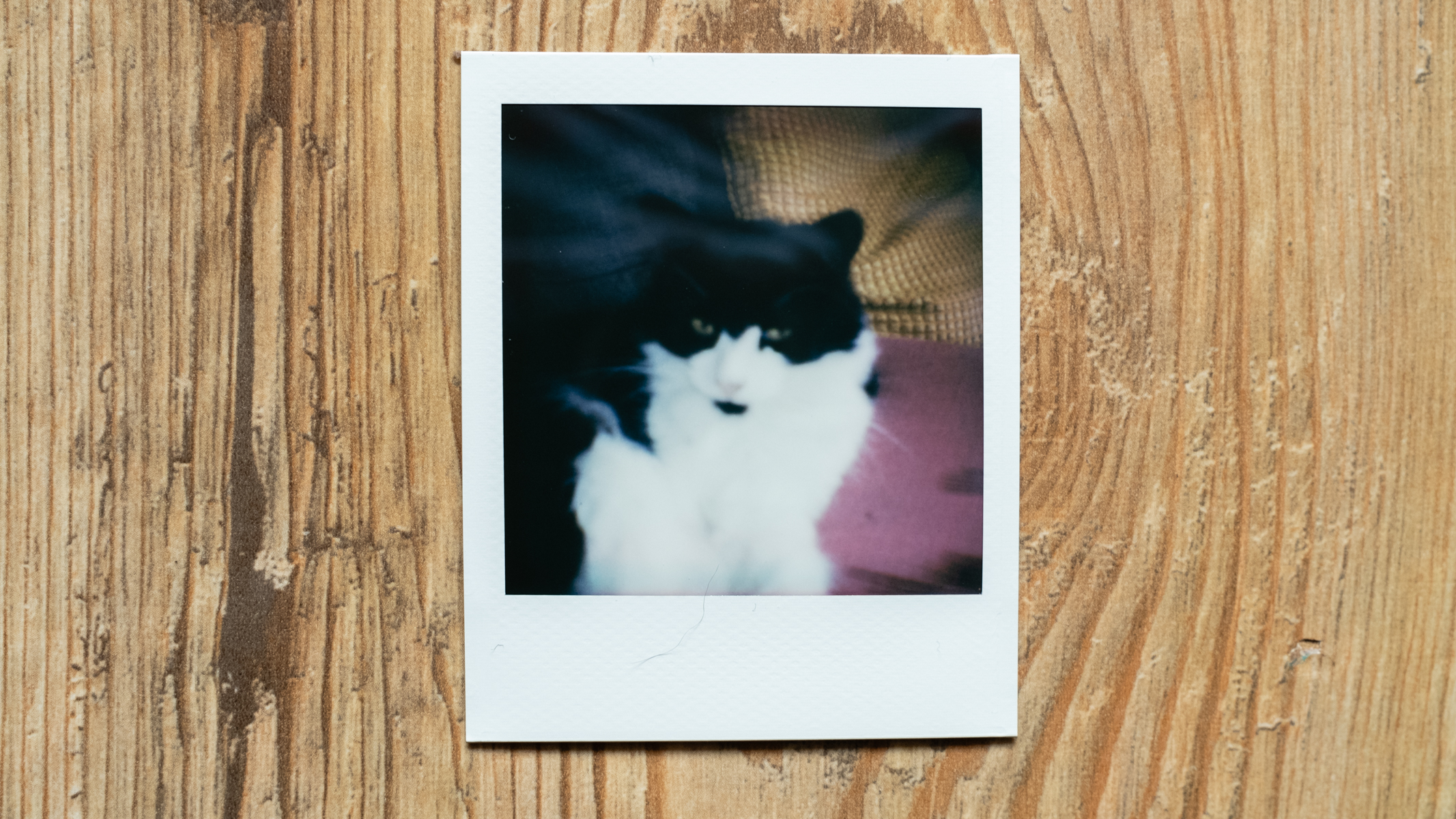
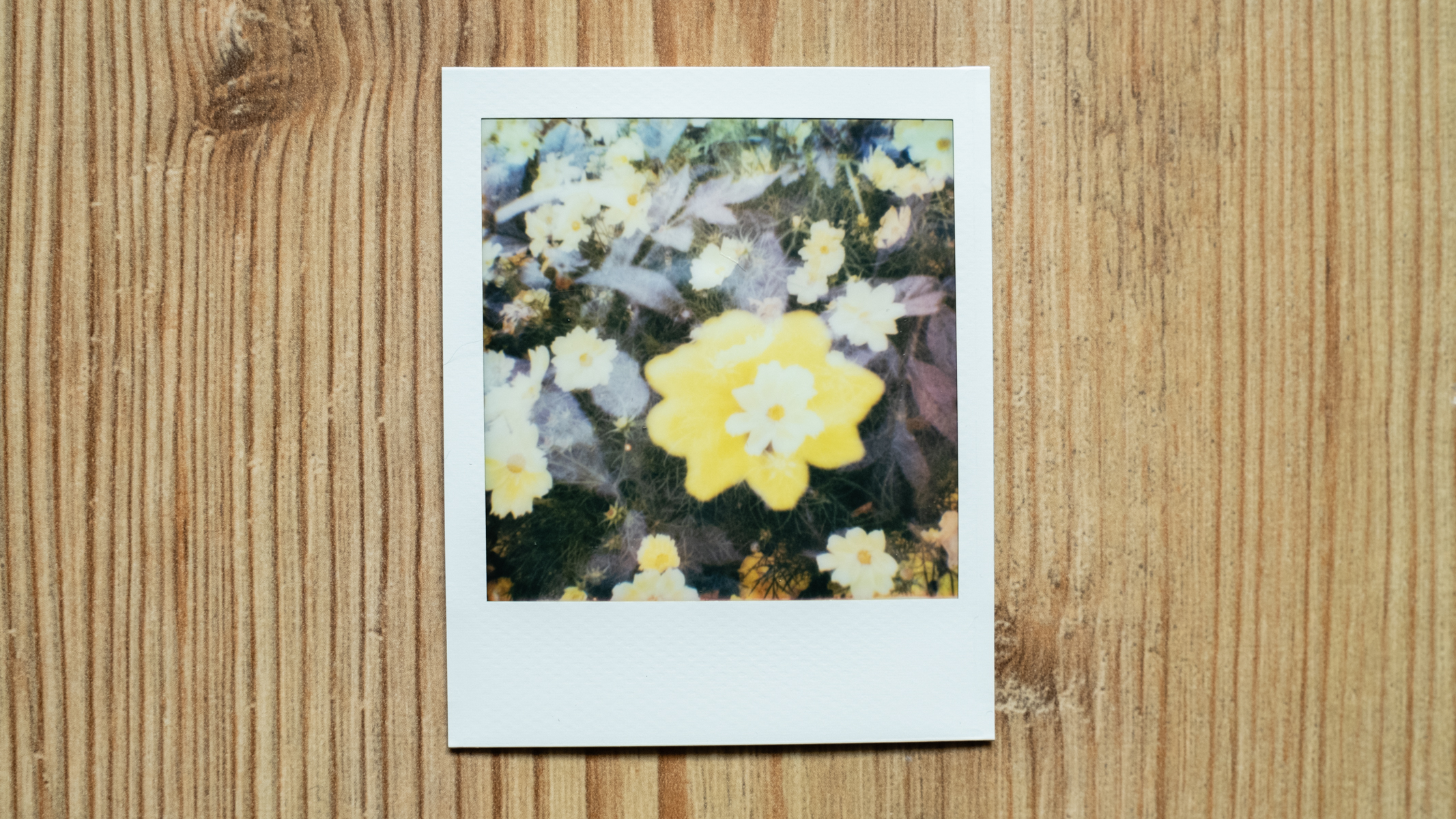
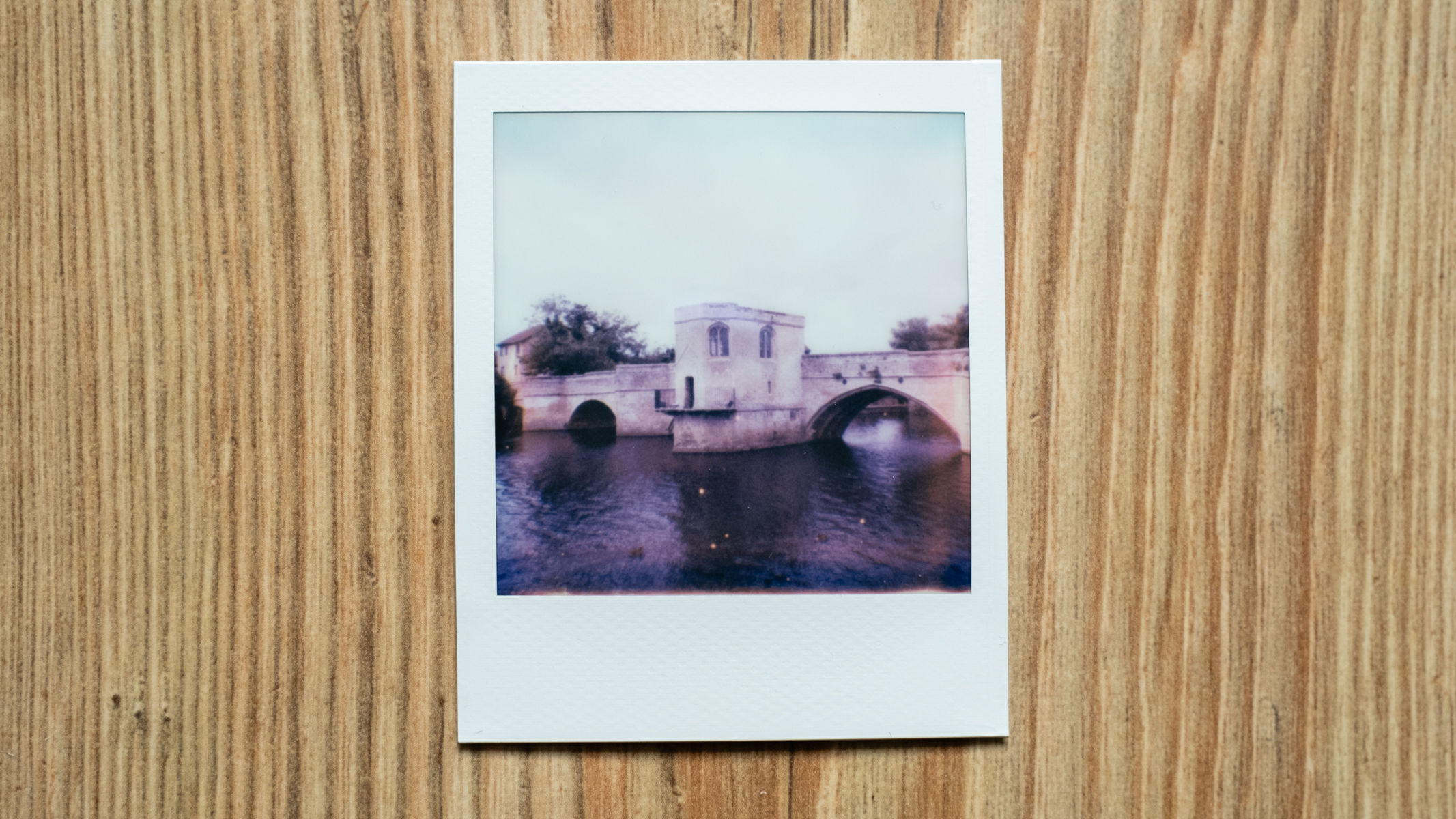
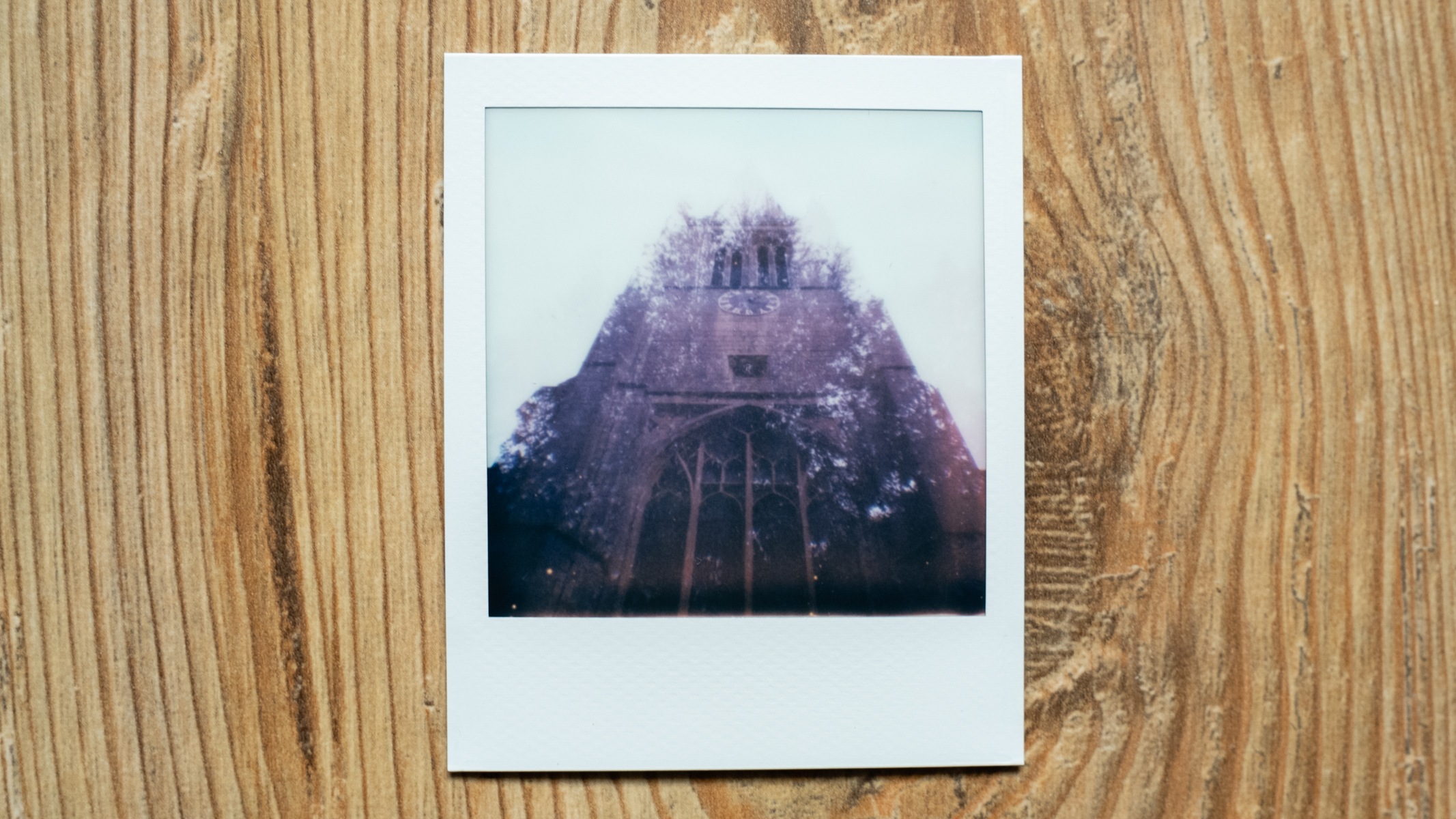
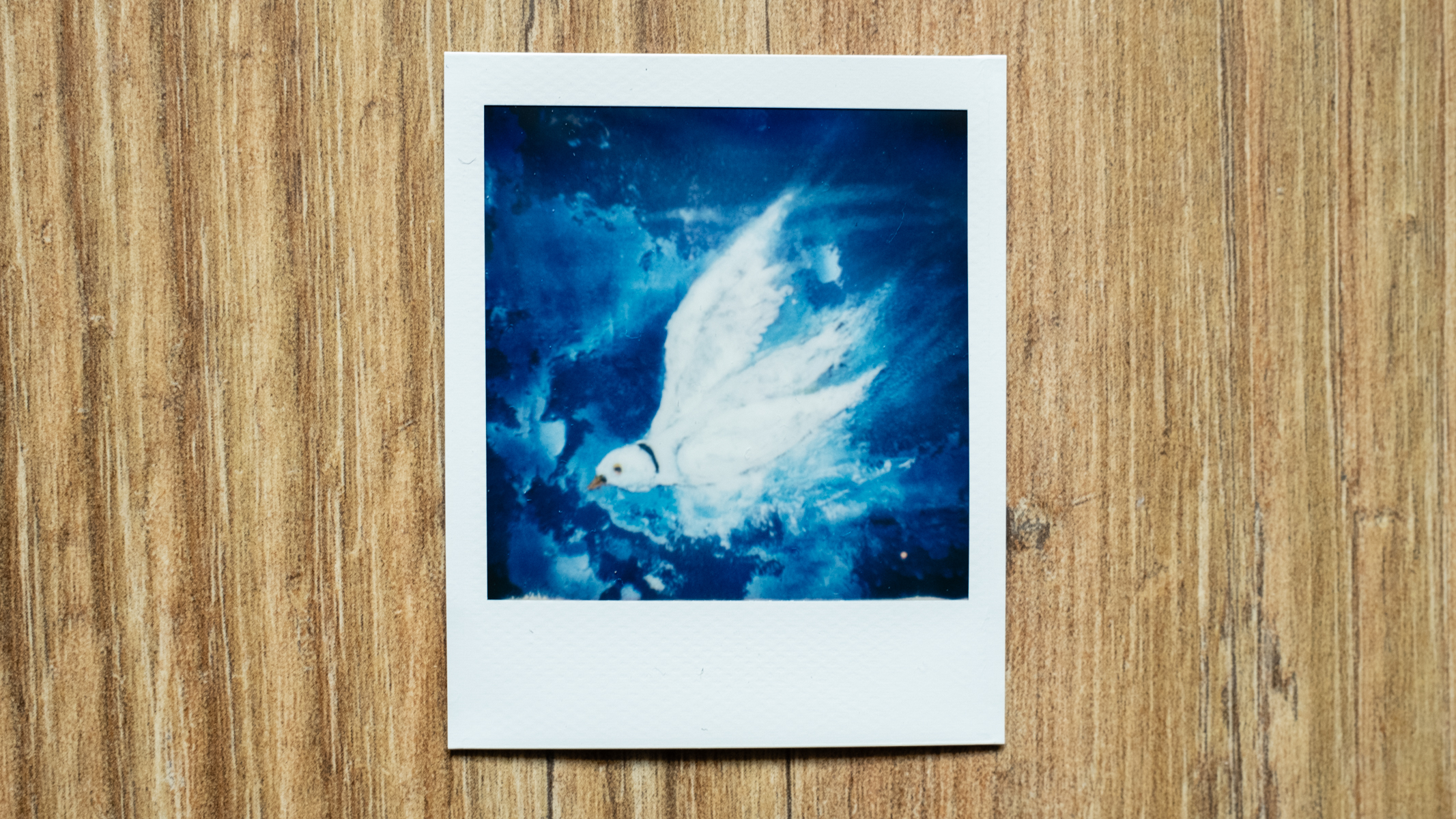
✅ You want the best quality instant prints: Different to Fujifilm Instax prints, Polaroid prints are worth the extra cost.
✅ You like things small: Smaller than most other instant, as is its beautiful prints.
❌ You want the best cost to print ratio: Polaroid prints are the priciest in the business. Their quality is unmatched though.
❌ You photography little details: Its minimum 45cm close focus distance is super limiting if you photograph macro details.
Practically the same as the original Go, the Polaroid Go Generation 2 is the smallest and lightest instant camera of its kind, complete with Polaroid's beautiful print quality. Not quite pocketable, like the Instax Mini Evo hybrid, the Go Generation 2 packs the retro charm and it's point-and-shoot simplicity. Personally we prefer the larger prints made by it cousins the Now+ and I2, but if you don't mind smaller credit card-sized prints, you'll love the vintage quality here.
Just because it's easy to use, that don't mean the Go Generation 2 skimps on features. Its automatic flash can be manually overridden, while its self-timer and double-exposure modes are both handy and encourage creativity. During testing, we enjoyed the streamlined interface that includes a handy digital shot counter for tracking your snaps. However, one limiter is its fixed focus and modest close focusing distance which counts out any kind of close up photography. Film refills are pricier than Fujifilm Instax Mini, but Polaroid is a different type of film and the quality is unmatched. Ultimately, the Go Generation 2 is a fun, simple and convenient instant camera.
Read our in-depth Polaroid Go Generation 2 review
The best premium instant camera

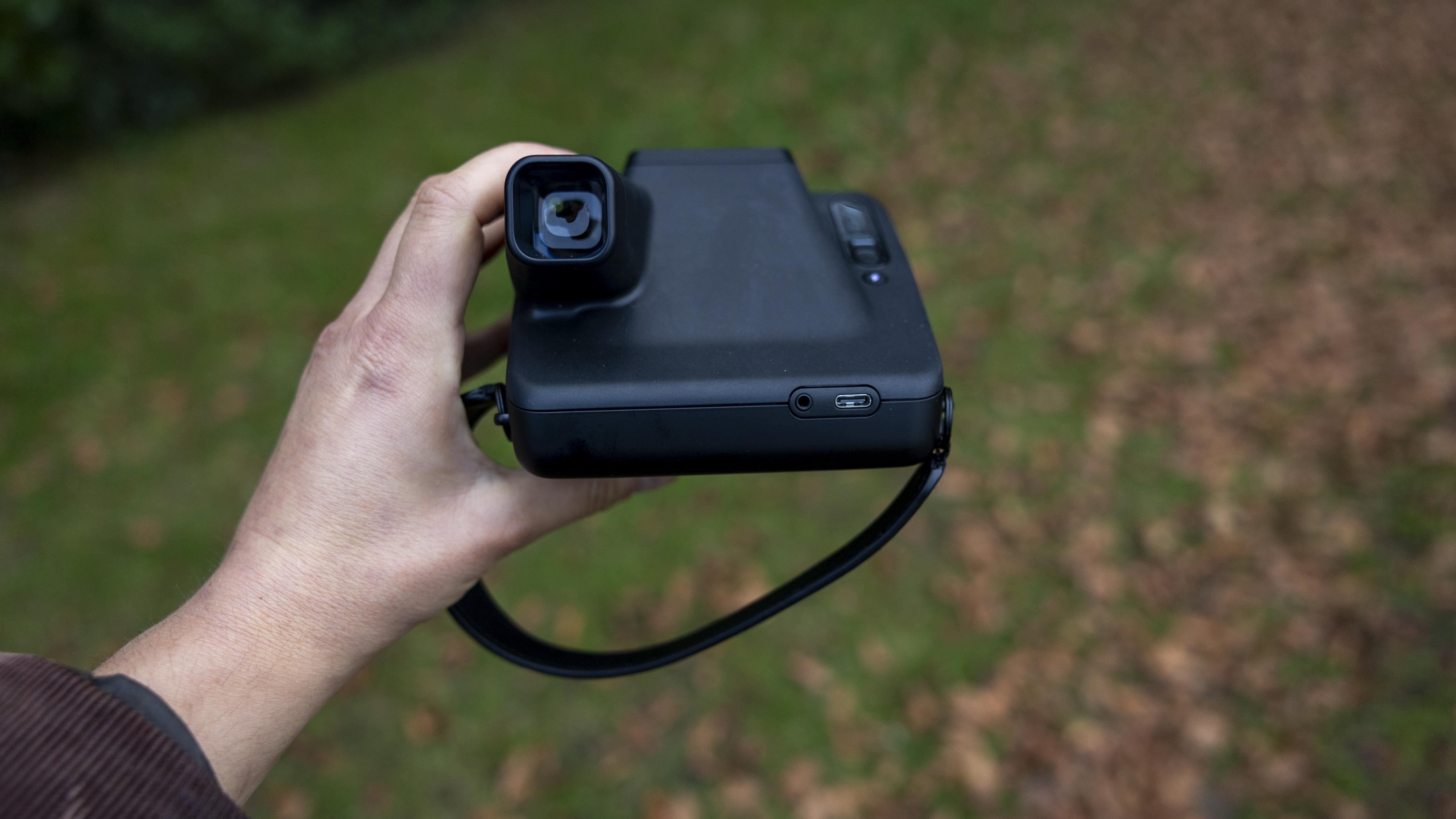
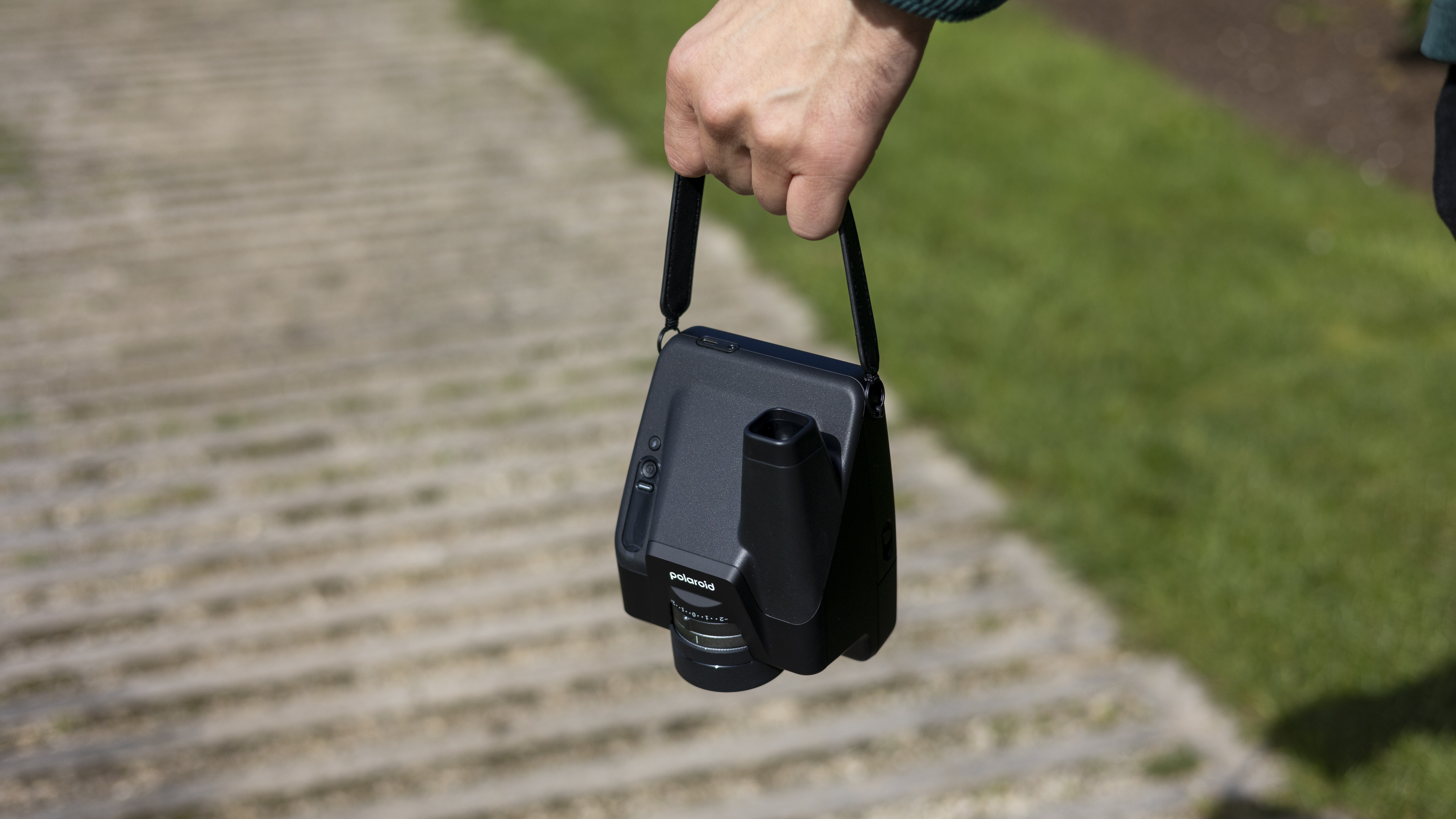

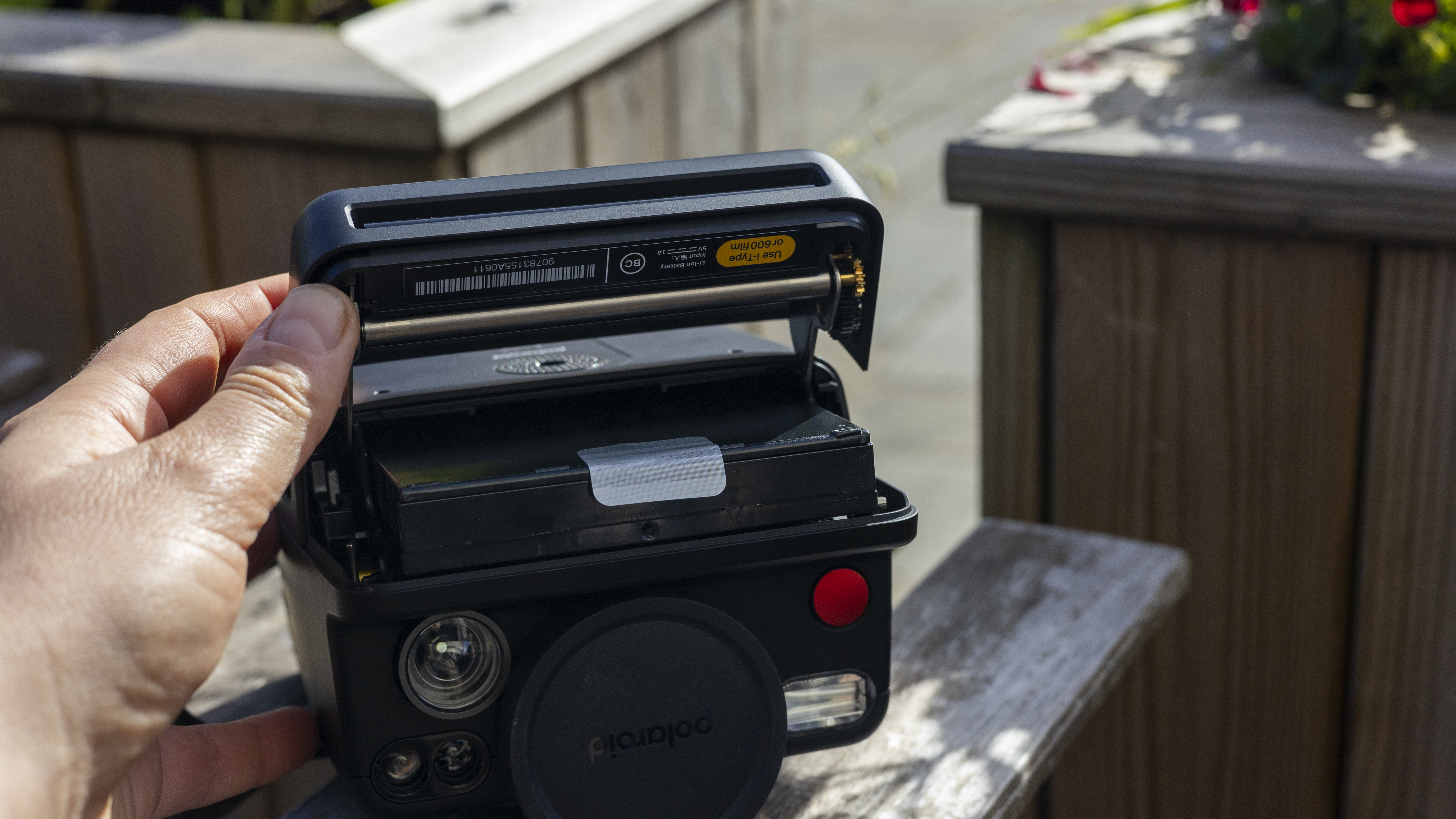
Specifications
Reasons to buy
Reasons to avoid
Polaroid I-2 sample images
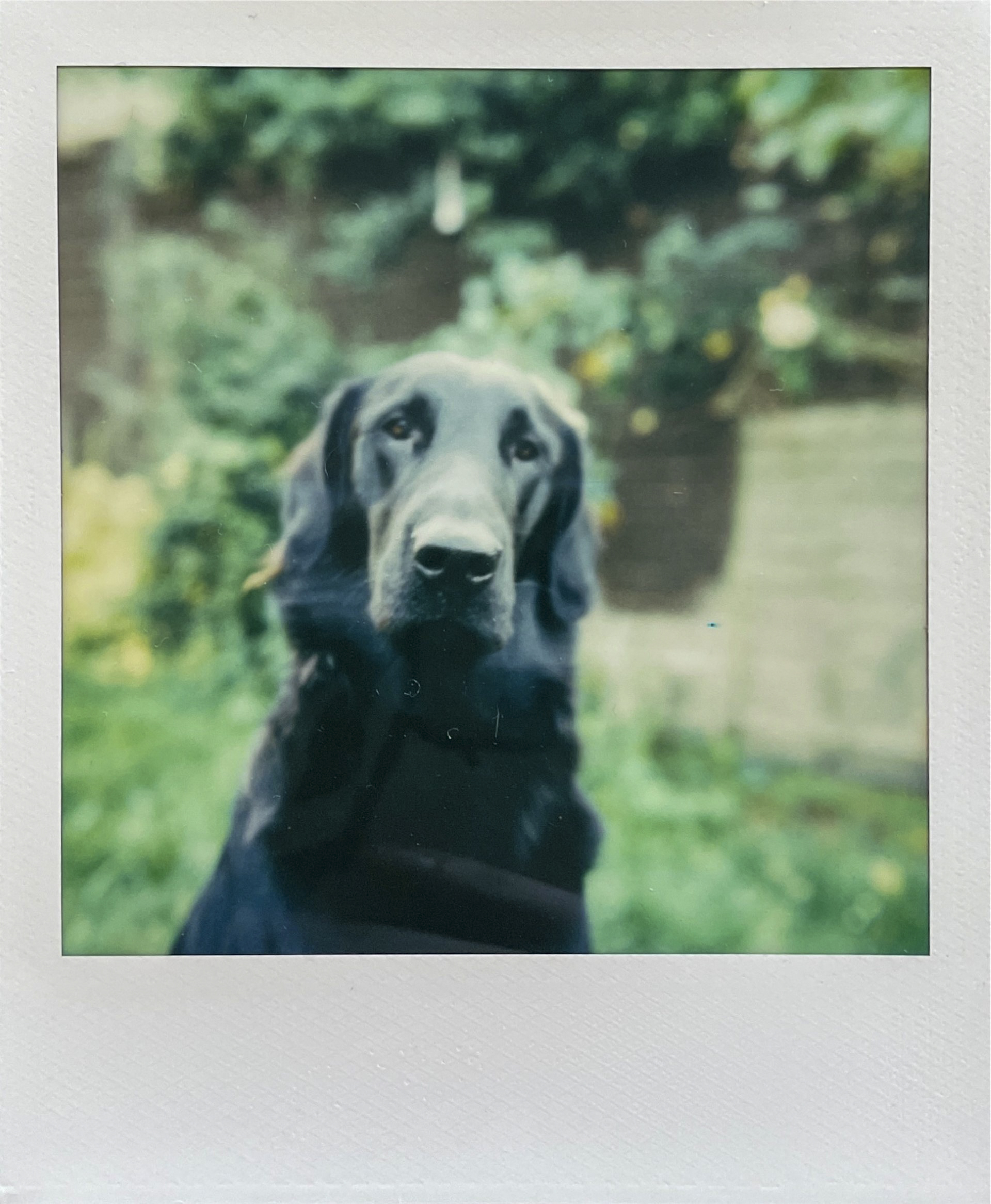
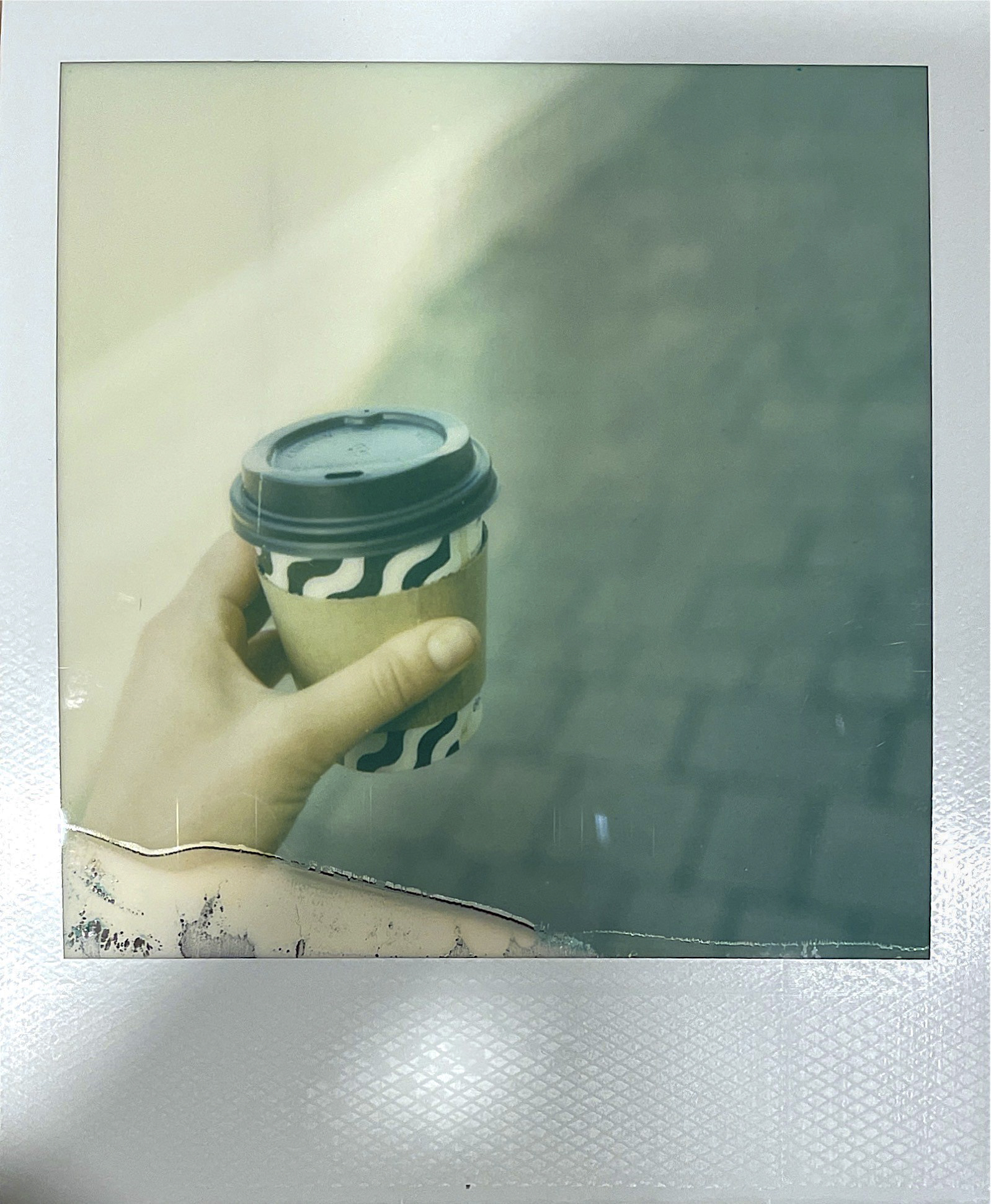
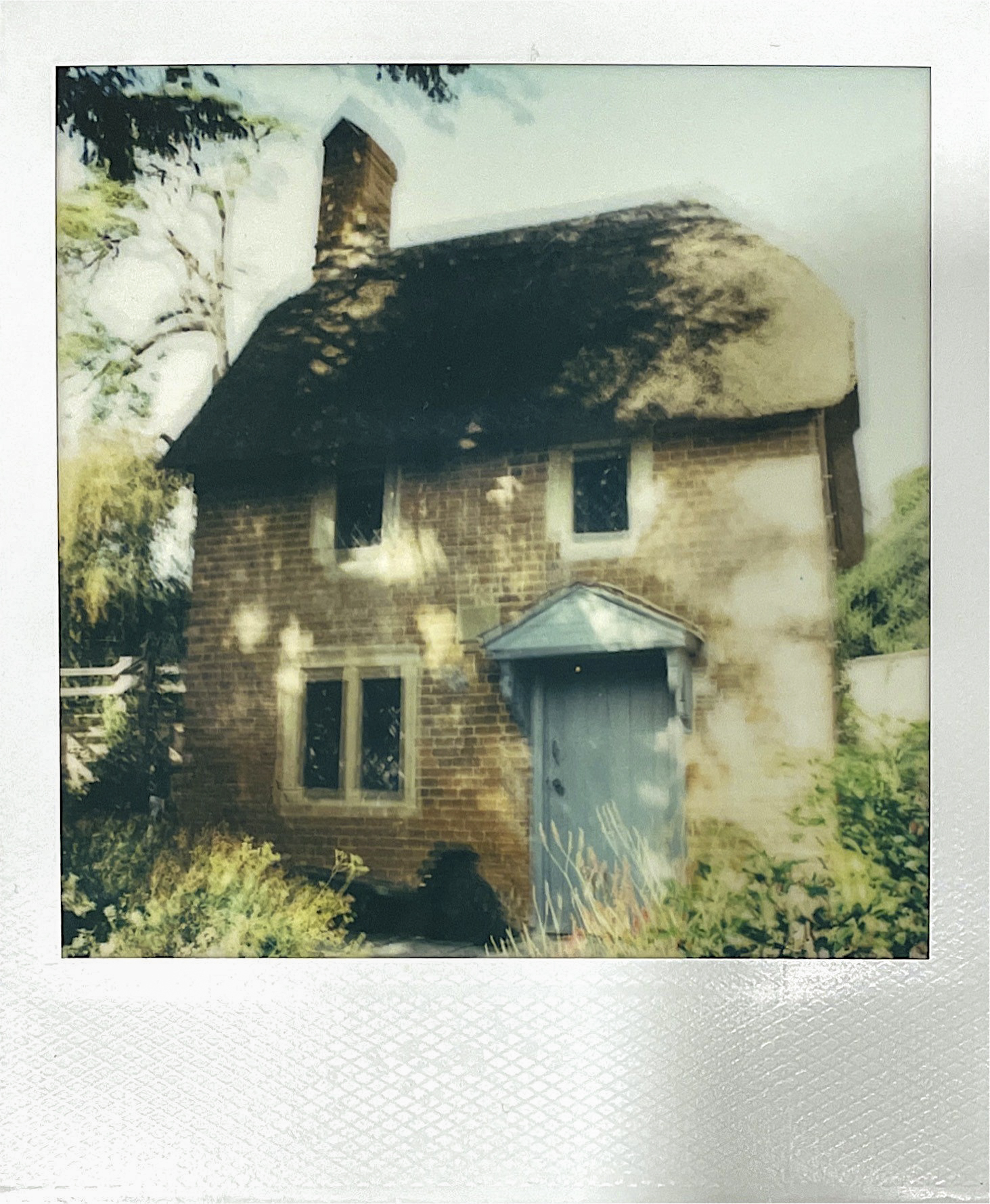
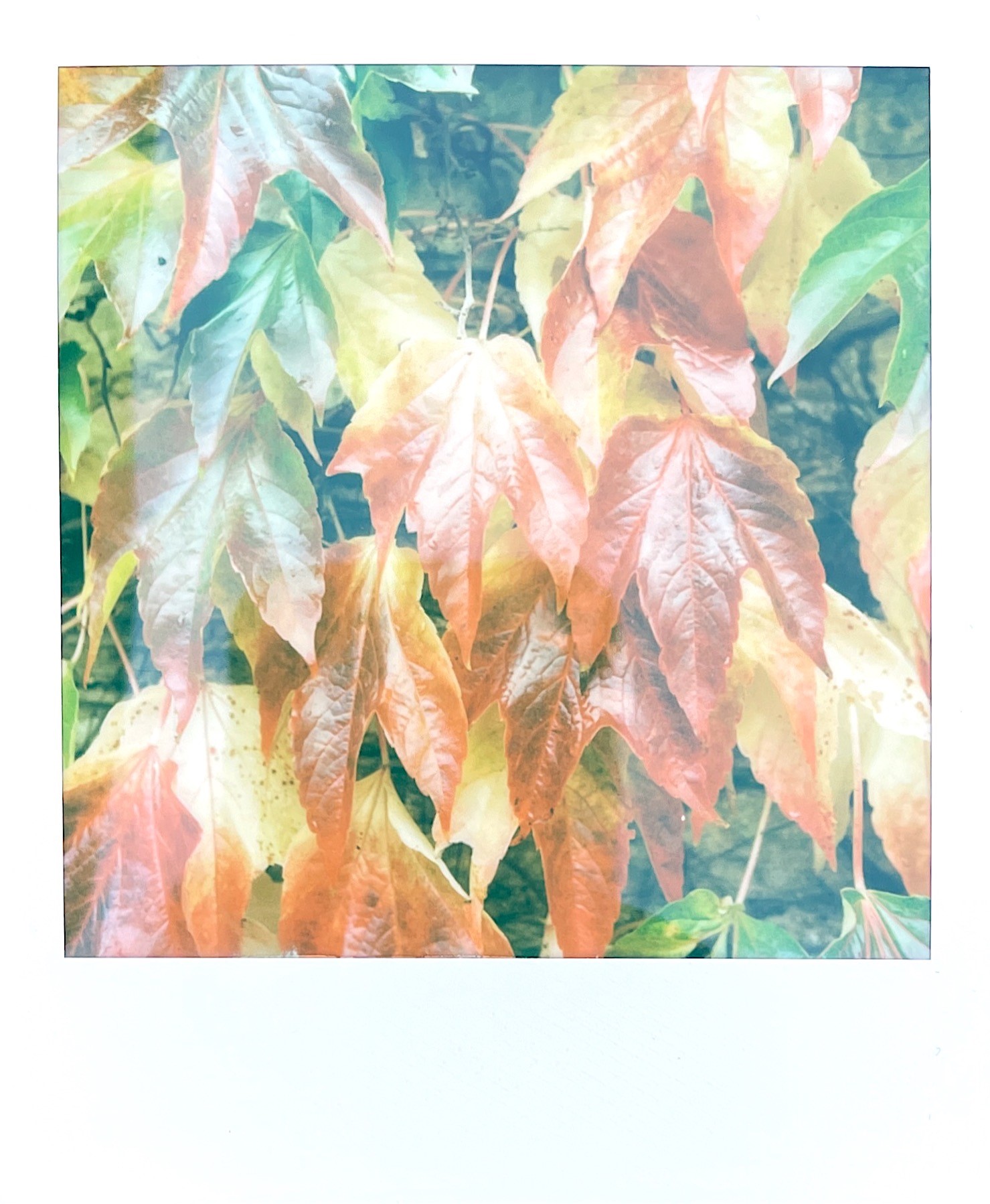

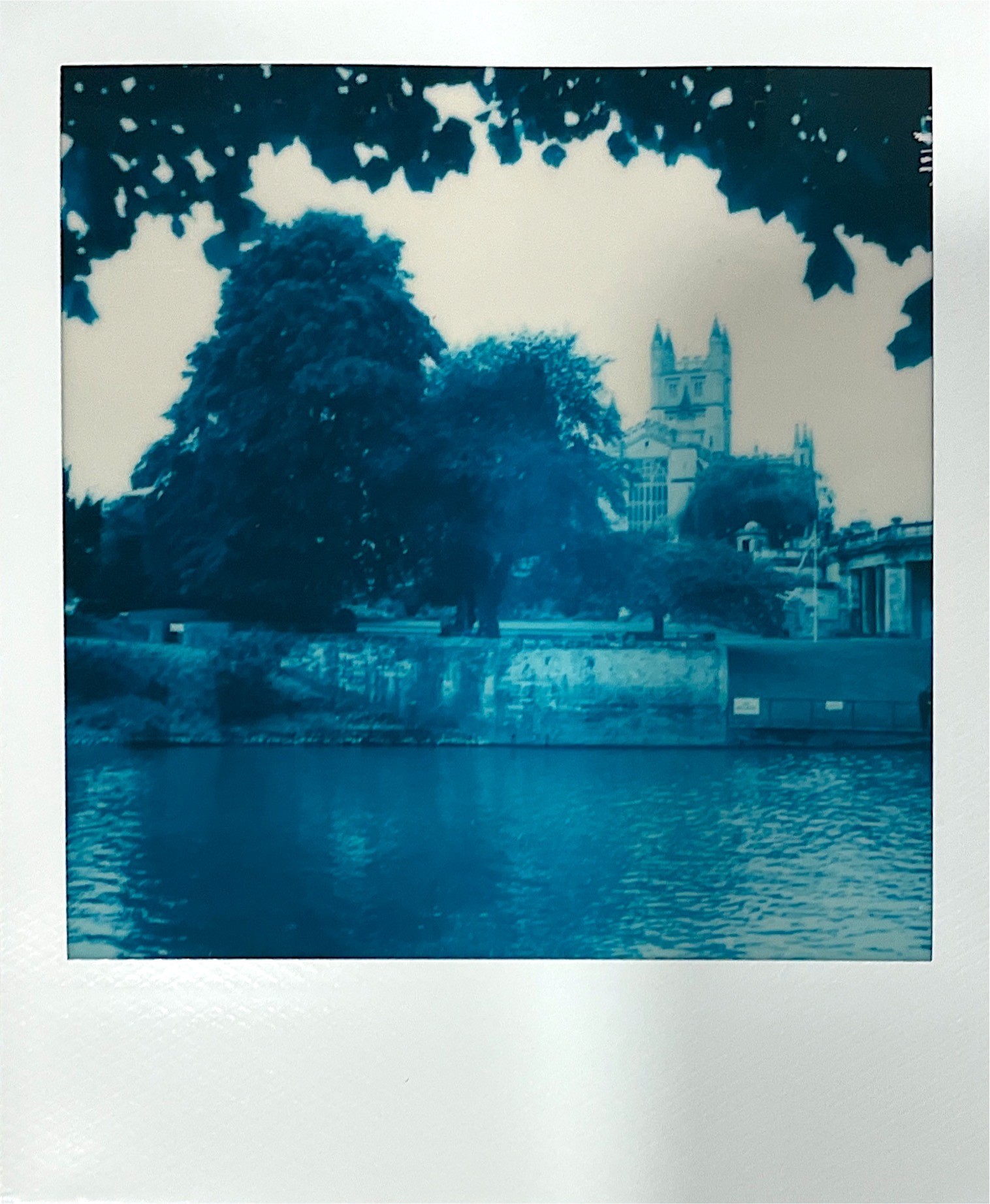
✅ You want manual controls: Unlike most instant cameras, the Polaroid I-2 gives you full control over shutter speed and aperture settings.
✅ You want reliable autofocus: Even with a single AF point, the I-2 is very good at locking on to subjects nearby and far away.
❌ You’re on a budget: Thanks to its advanced features, the Polaroid I-2 is premium camera with expensive film costs to match.
❌ You need a compact option: Bulky in the hand and in a bag, the Polaroid I-2 is the biggest instant camera around right now.
The Polaroid I-2 is a premium shooting tool with advanced features: it’s the first instant camera to offer full manual exposure controls. Together with seamless Bluetooth app connectivity, LiDAR autofocus and an LCD display, it unlocks new potential for serous instant photographers. In testing, we found it capable of producing subtle, vintage-style prints, and even with just a single AF point, the LiDAR system proved surprisingly effective at locking on to subjects, provided they were in the center of the frame.
That said, our review also found the I-2 bigger and heavier than its cheaper rivals. It was too cumbersome to use with one hand in testing, though it felt durable overall and retained that all-important retro charm. We also found results less consistent than from Instax cameras we’ve tested, with many stills shot on auto overexposed. Shutter speed and aperture controls mean experienced photographers have more flexibility to find a better balance, although you’ll need to spend a lot on film to learn what works. Its price will put off amateurs, but if you want an advanced instant camera that’s creatively engaging, the I-2 is a solid choice.
Read our in-depth Polaroid I-2 review
The best creative instant camera
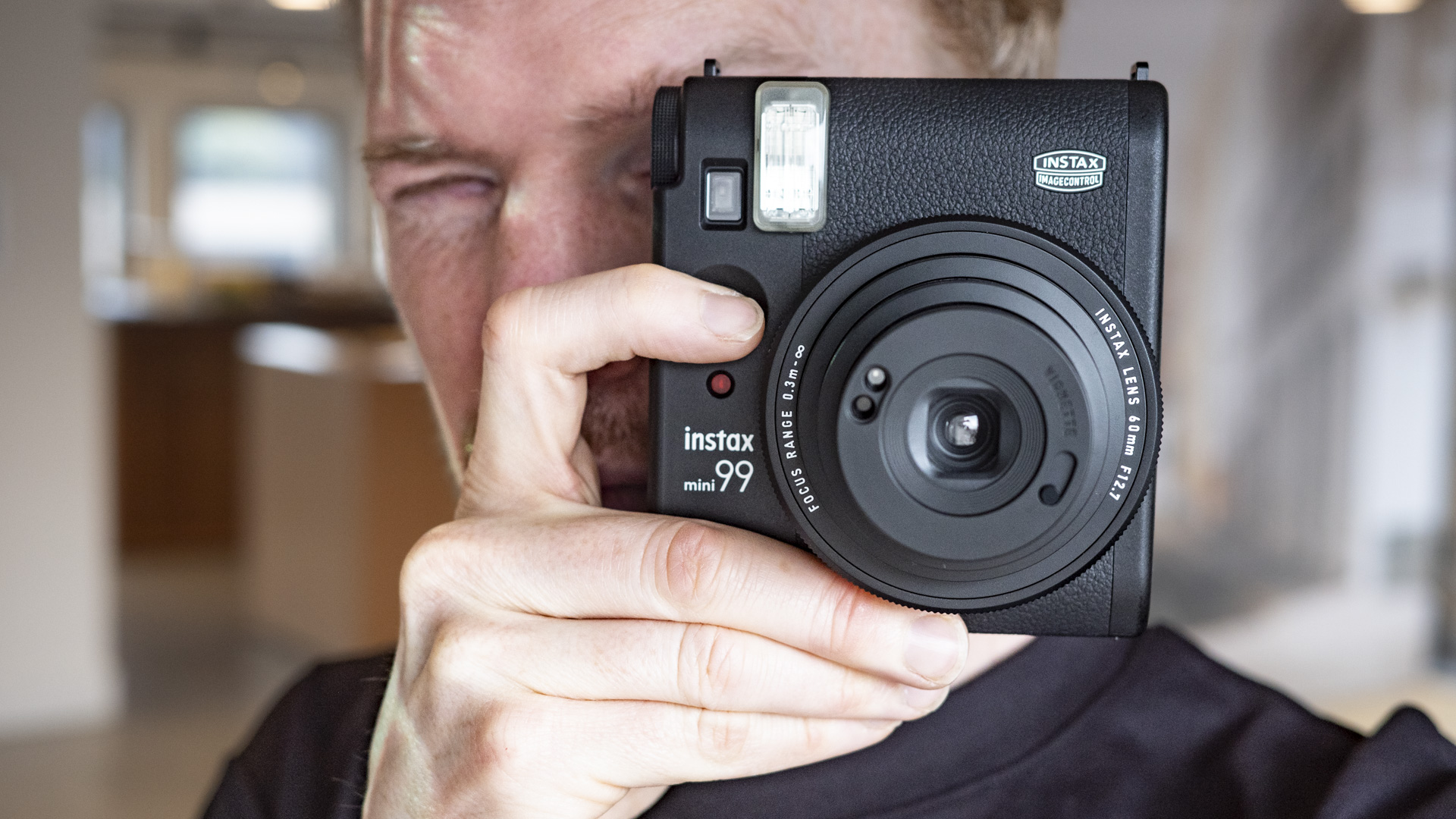


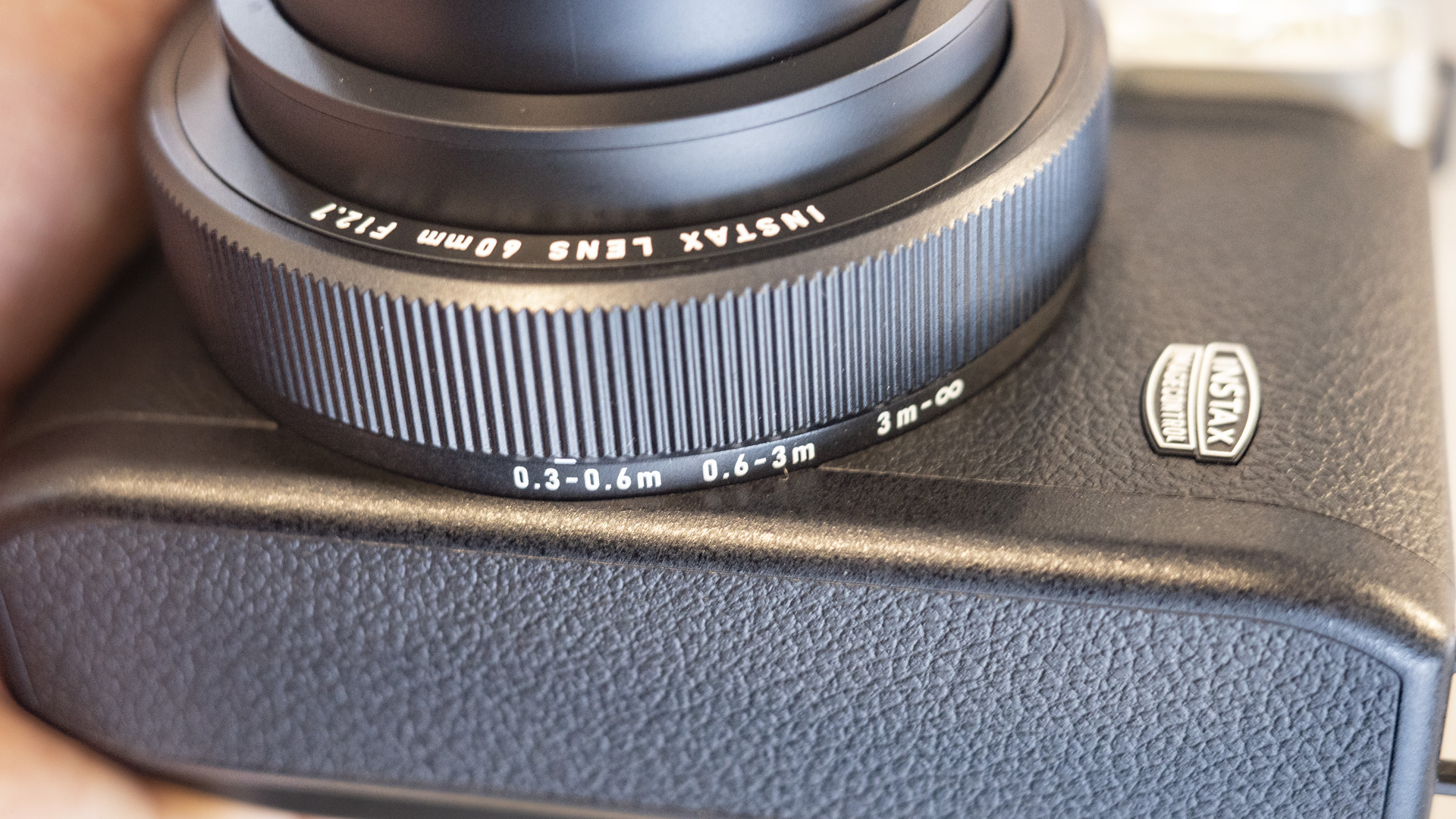
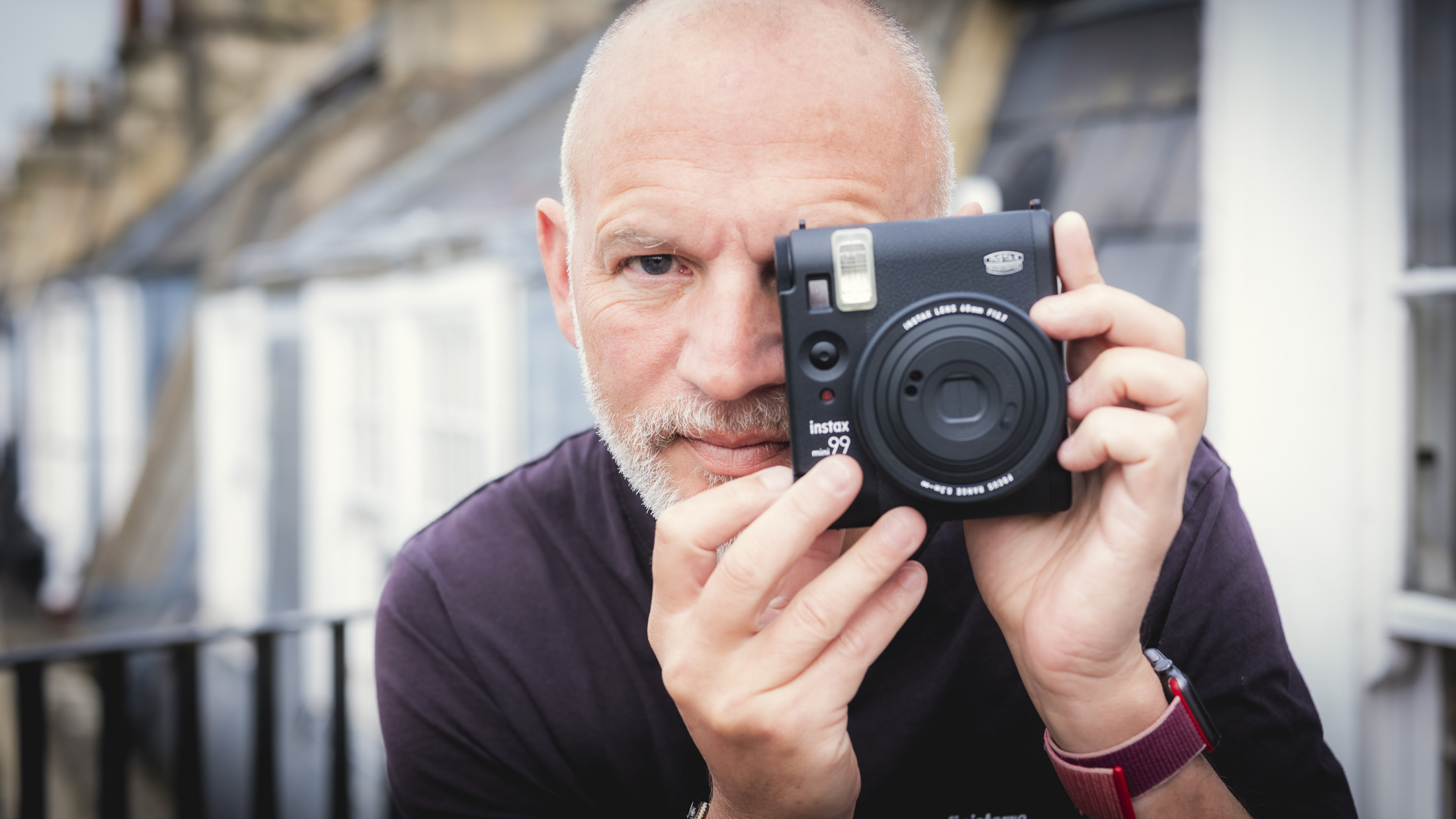
Specifications
Reasons to buy
Reasons to avoid
Fujifilm Instax Mini 99 sample images
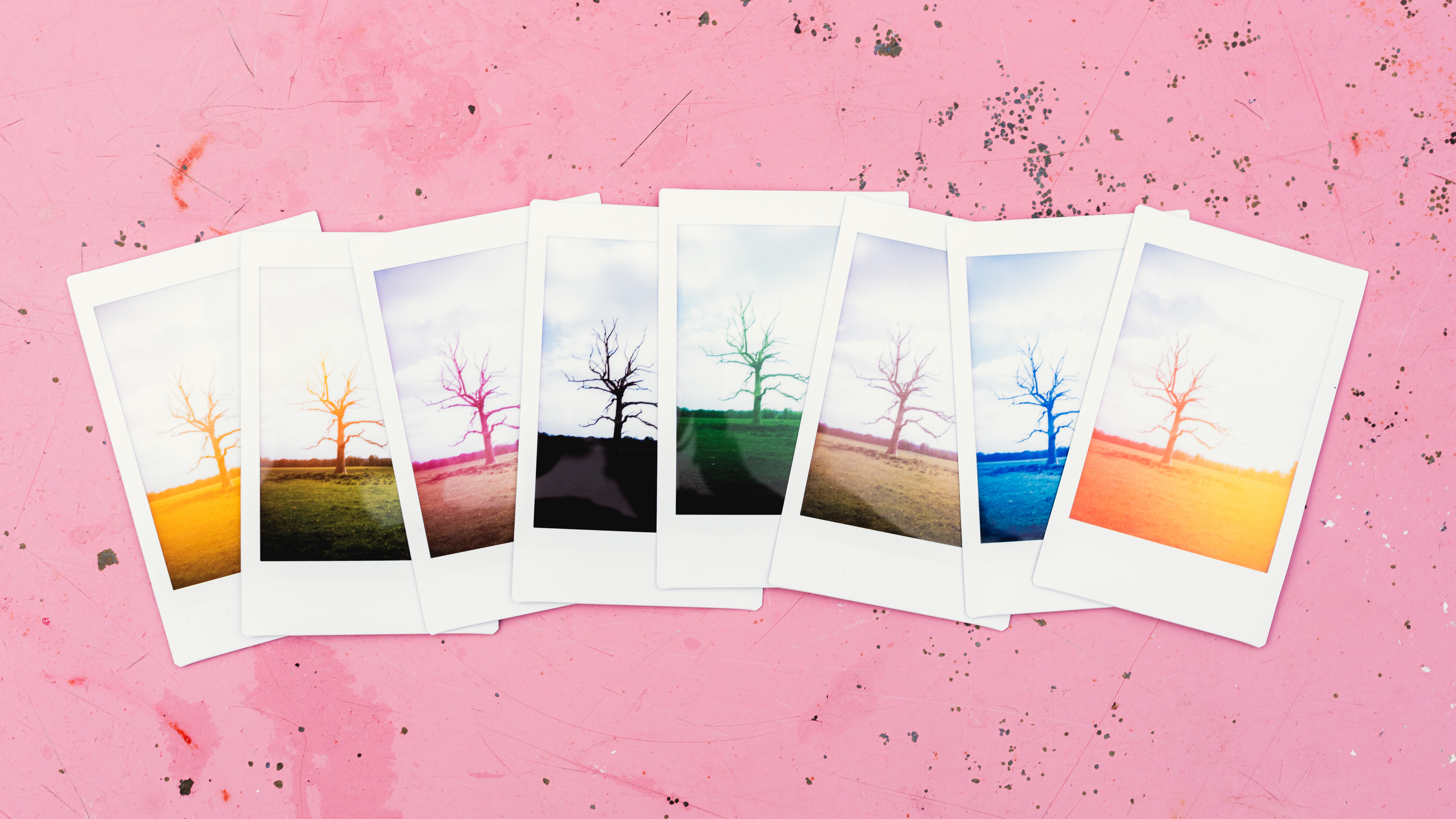
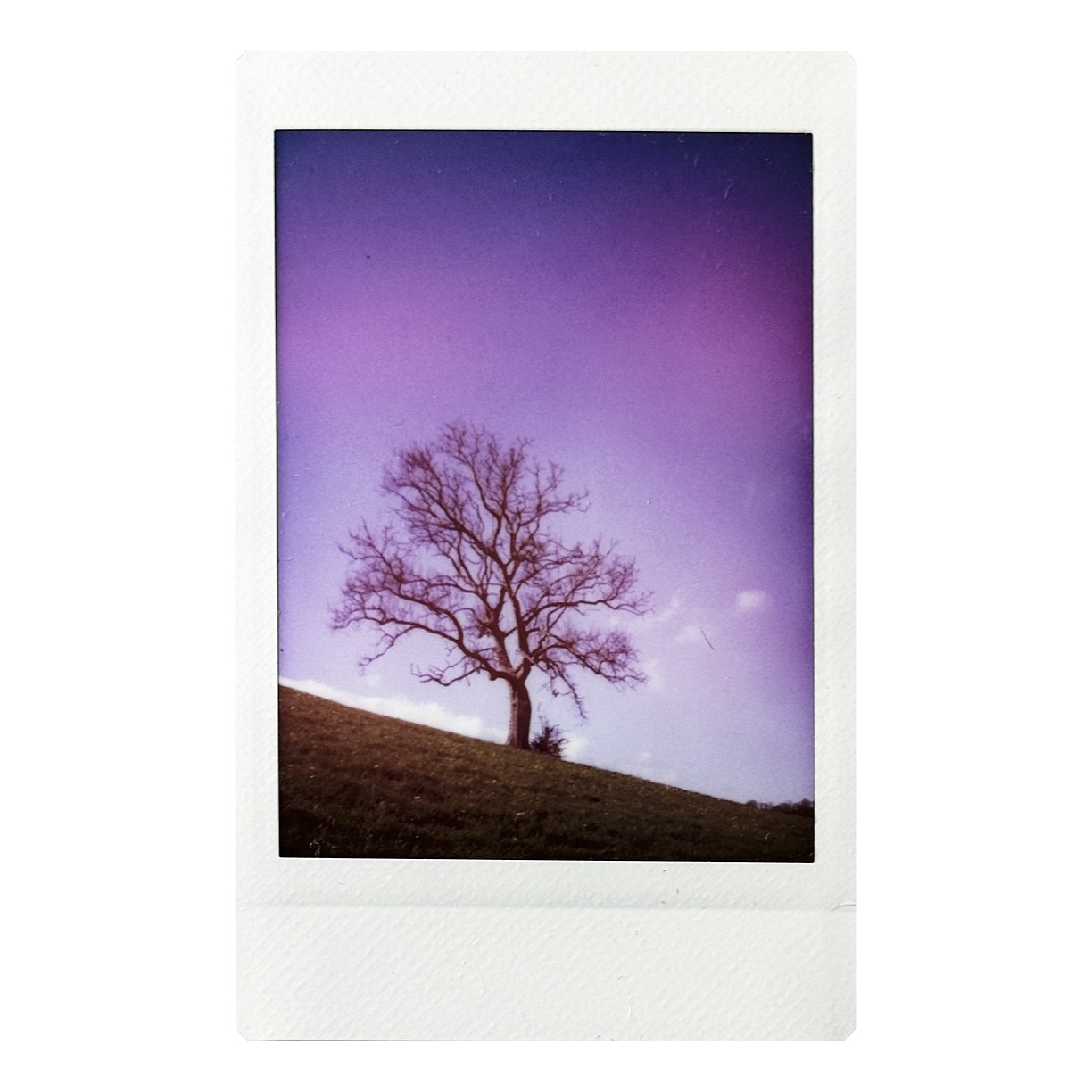
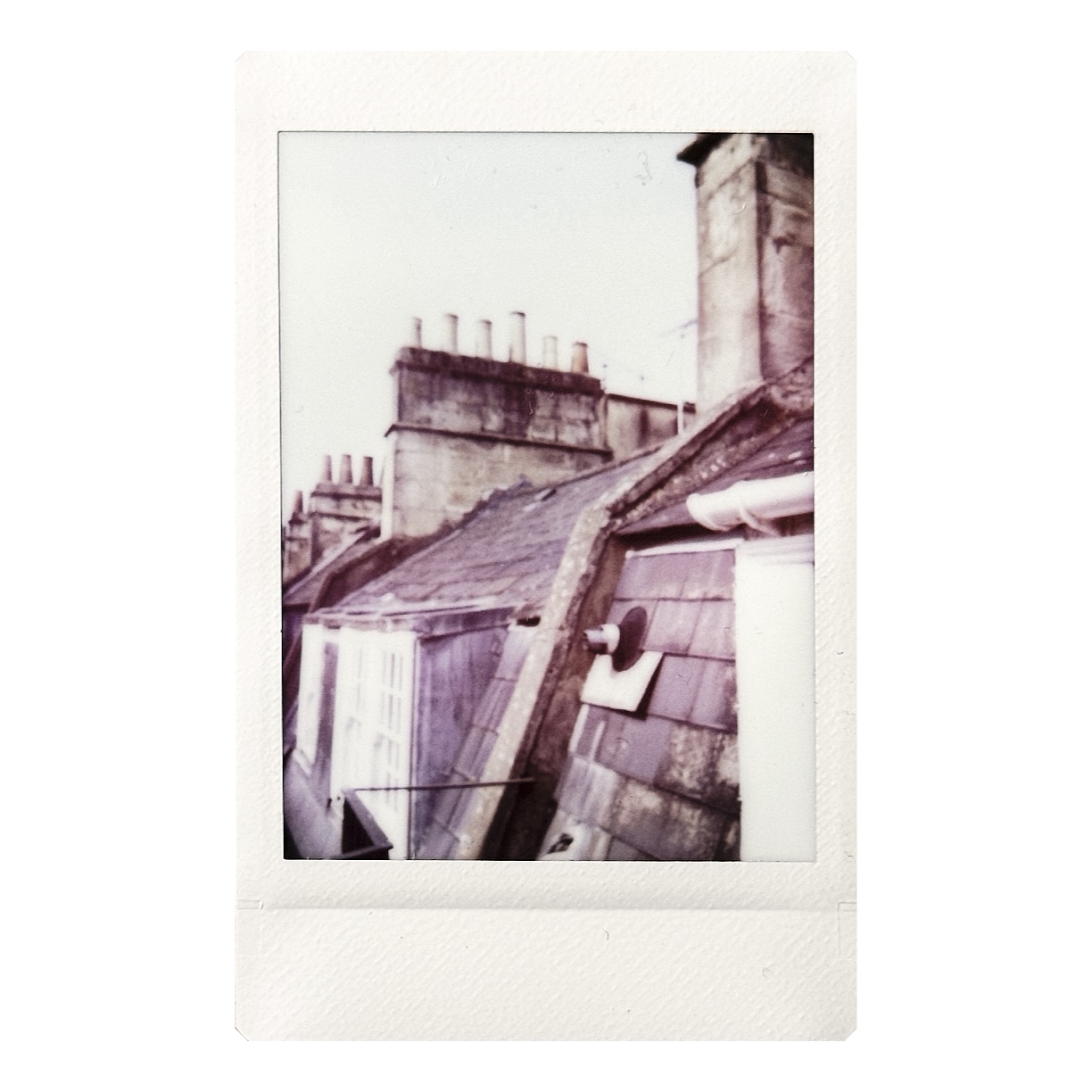
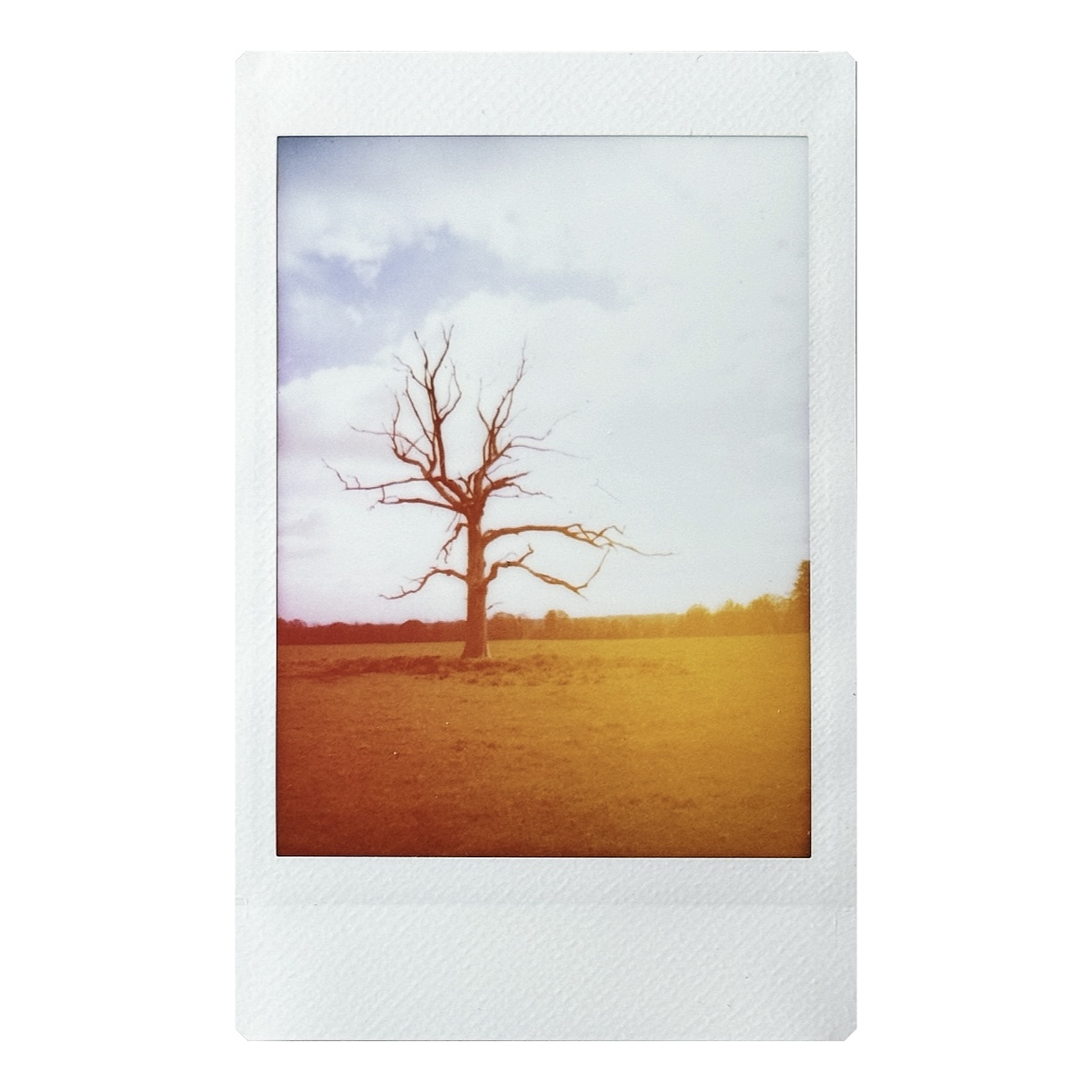
✅ You want to experiment: No other instant camera offers the sheer breadth of funky effects.
✅ You like the retro-look: Adorned with the classic Instax look, the Mini 99 has the old school feel.
❌ You want square-format prints: Such a creative instant camera merits the larger square format prints, not Instax Mini.
❌ You're on a budget: If you're happy with a point-and-shoot instant camera, the Mini 12 is less than half the price.
Fujifilm really pulled out all the stops with the Instax Mini 99, delivering its most feature-packed instant camera. It packs the same retro looks of the Square SQ40 but shoots on the smaller Instax Mini film. But what sets it apart is a host of new photo effects thanks to some creative design touches. Case in point – LED lights inside the camera that expose the film for a palette of funky color effects. You can see some examples in the image gallery, above. In addition to that party piece, the Mini 99 has a Sports Mode and a Bulb Mode for long exposures, plus a double exposure mode, as well as manual control over brightness.
If you simply want a point-and-shoot instant camera then the Mini 99 isn't for you – the simple Mini 12 shoots on the same film type and is less than half the cost. However, if you'd like the option of getting creative and don't mind the potential cost of wasted film when your experiments don't hit the mark – which does happen, trust us – then the Mini 99 is arguably the best creative instant camera around. If you have that kind of creative streak and money is no object, then the Polaroid I-2 is another excellent option.
Read our in-depth Fujifilm Instax Mini 99 review
The best retro instant camera

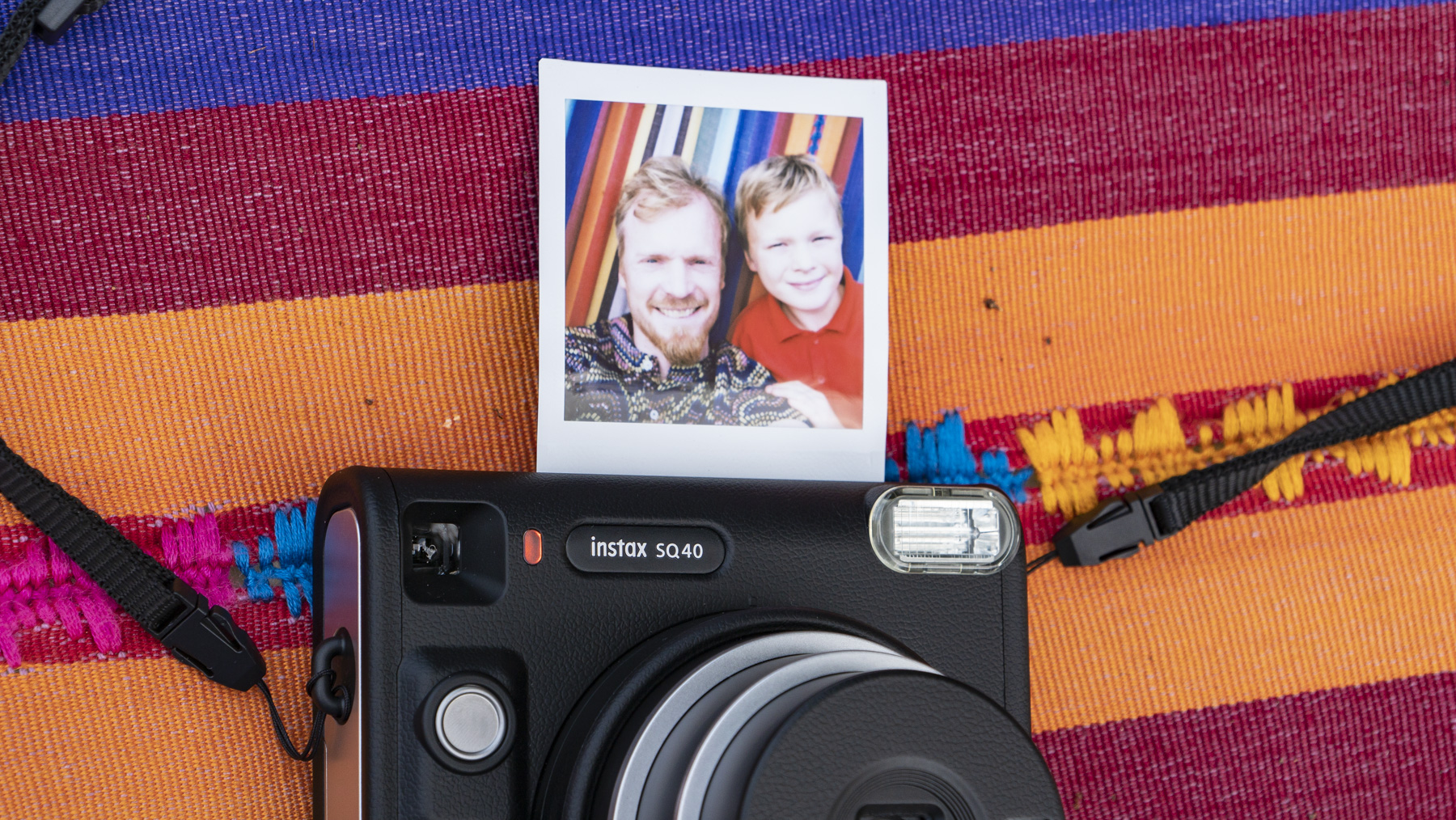

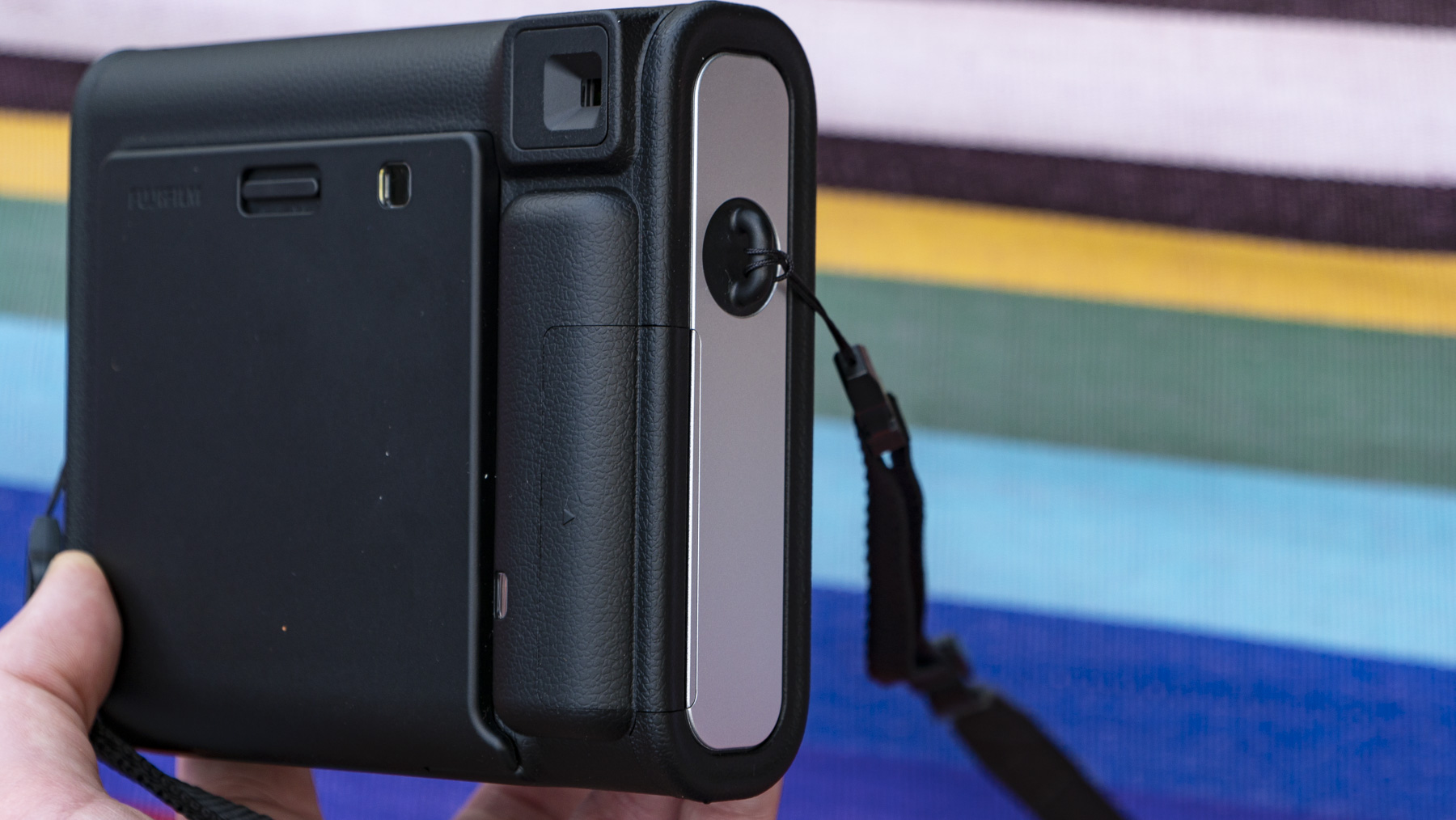
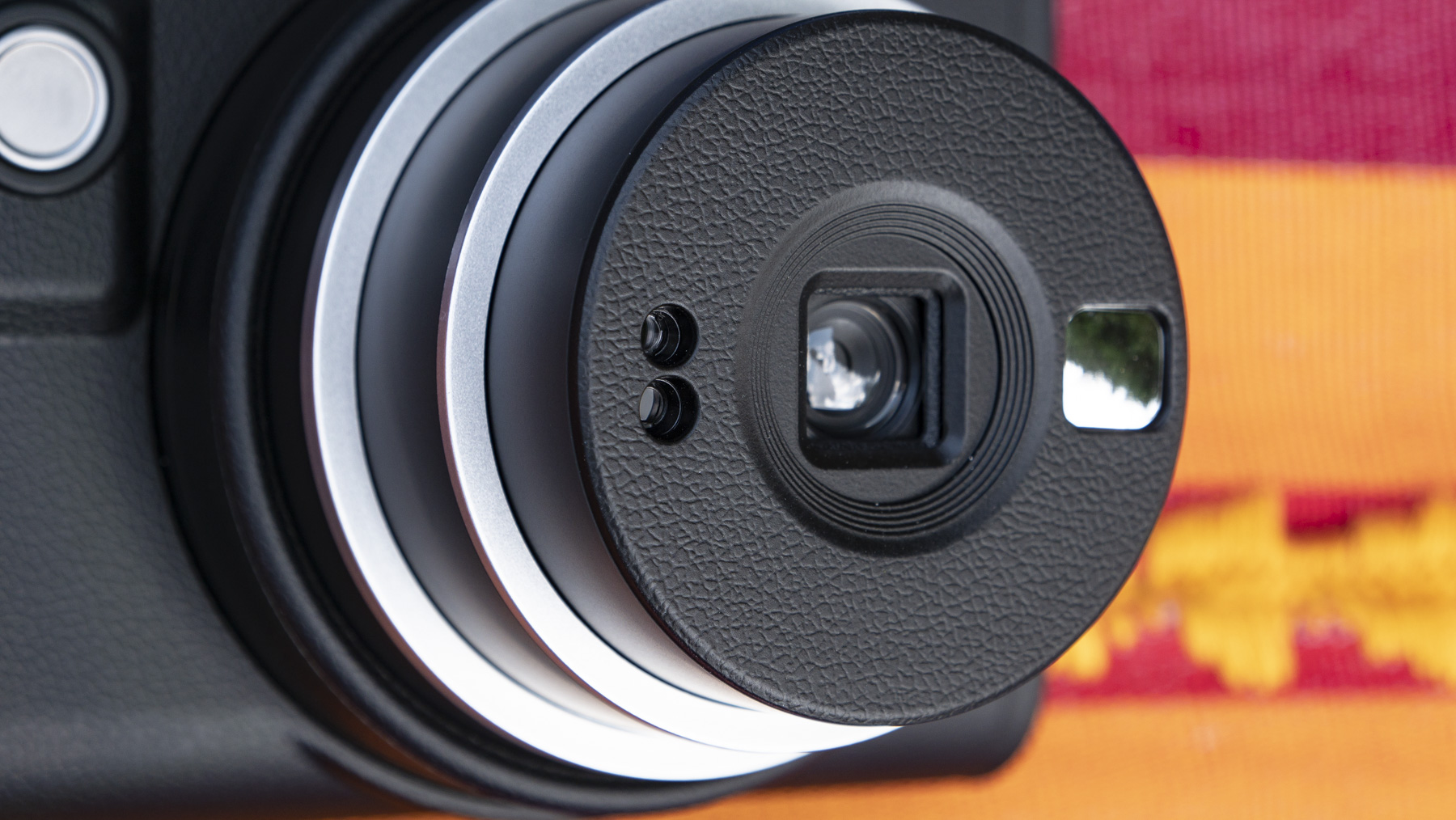
Specifications
Reasons to buy
Reasons to avoid
Fujifilm Instax Square SQ40 sample images
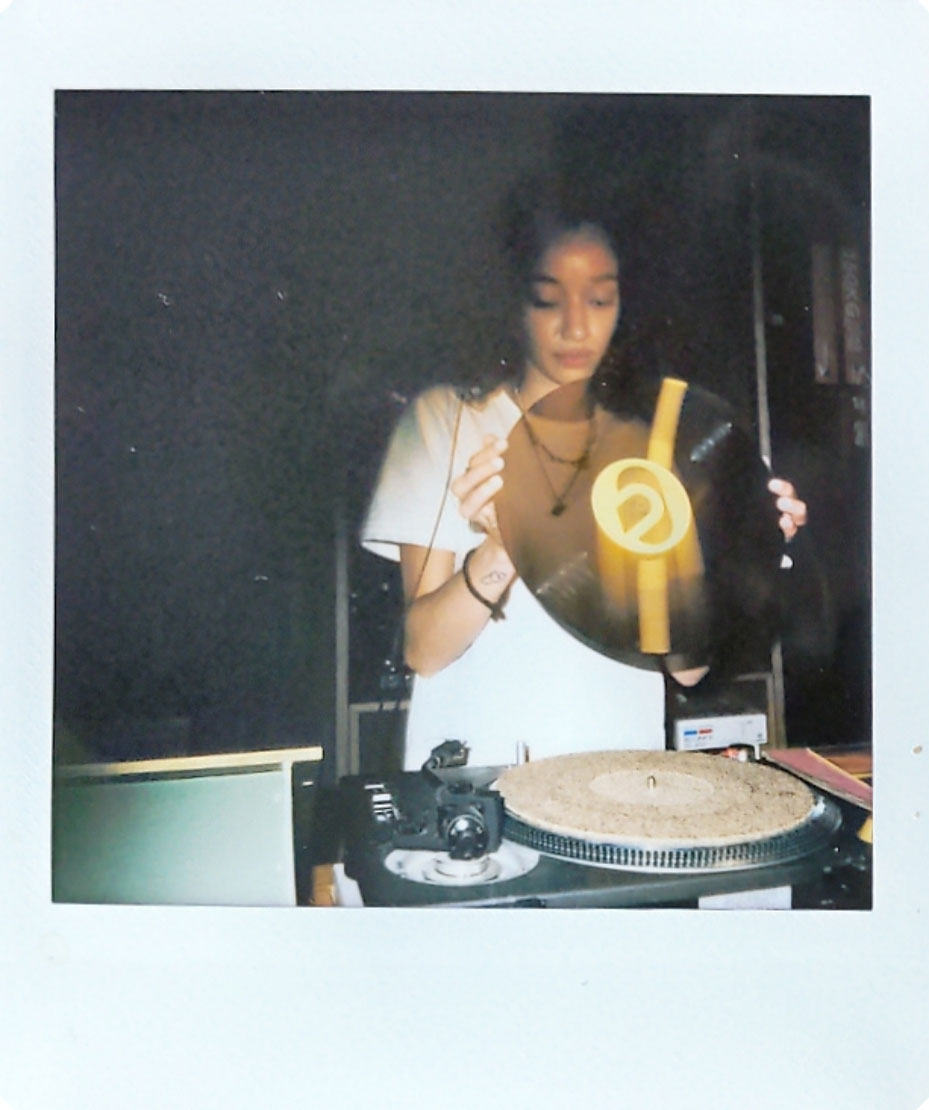
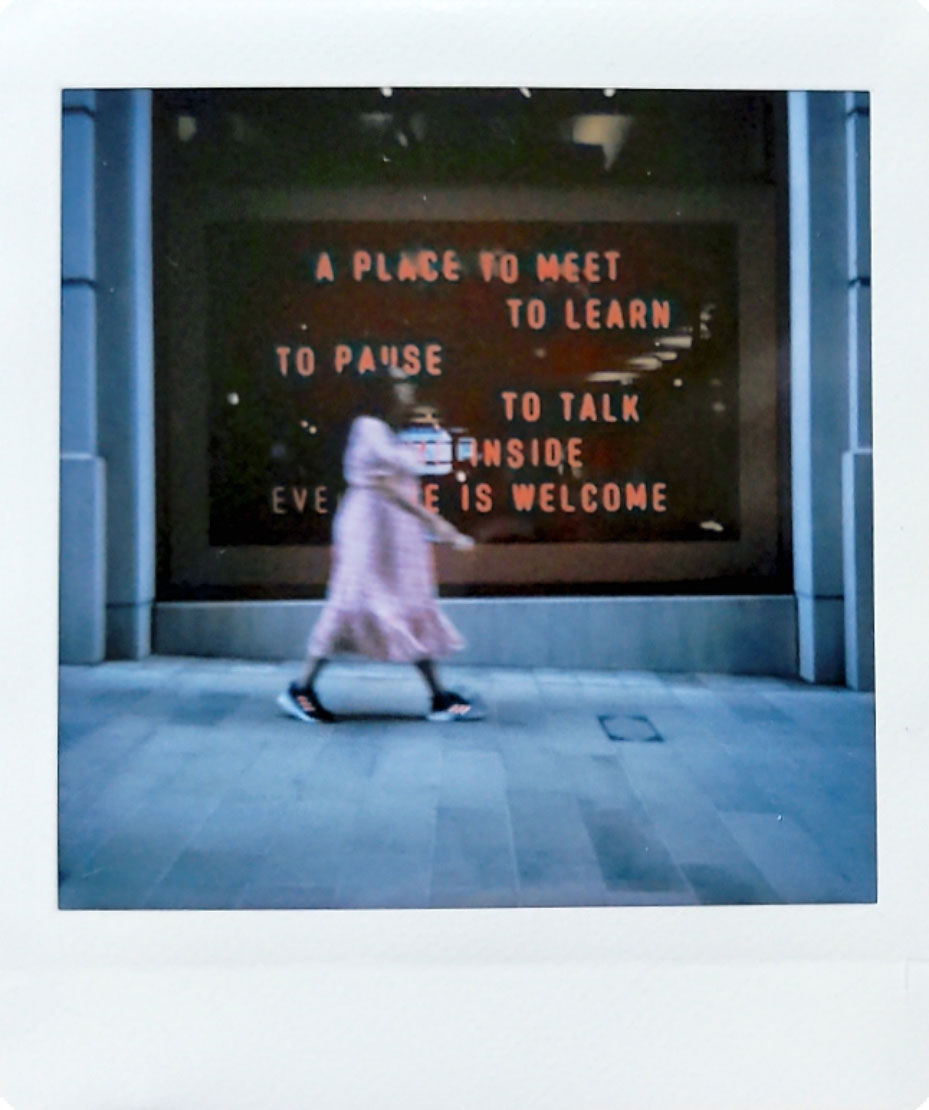

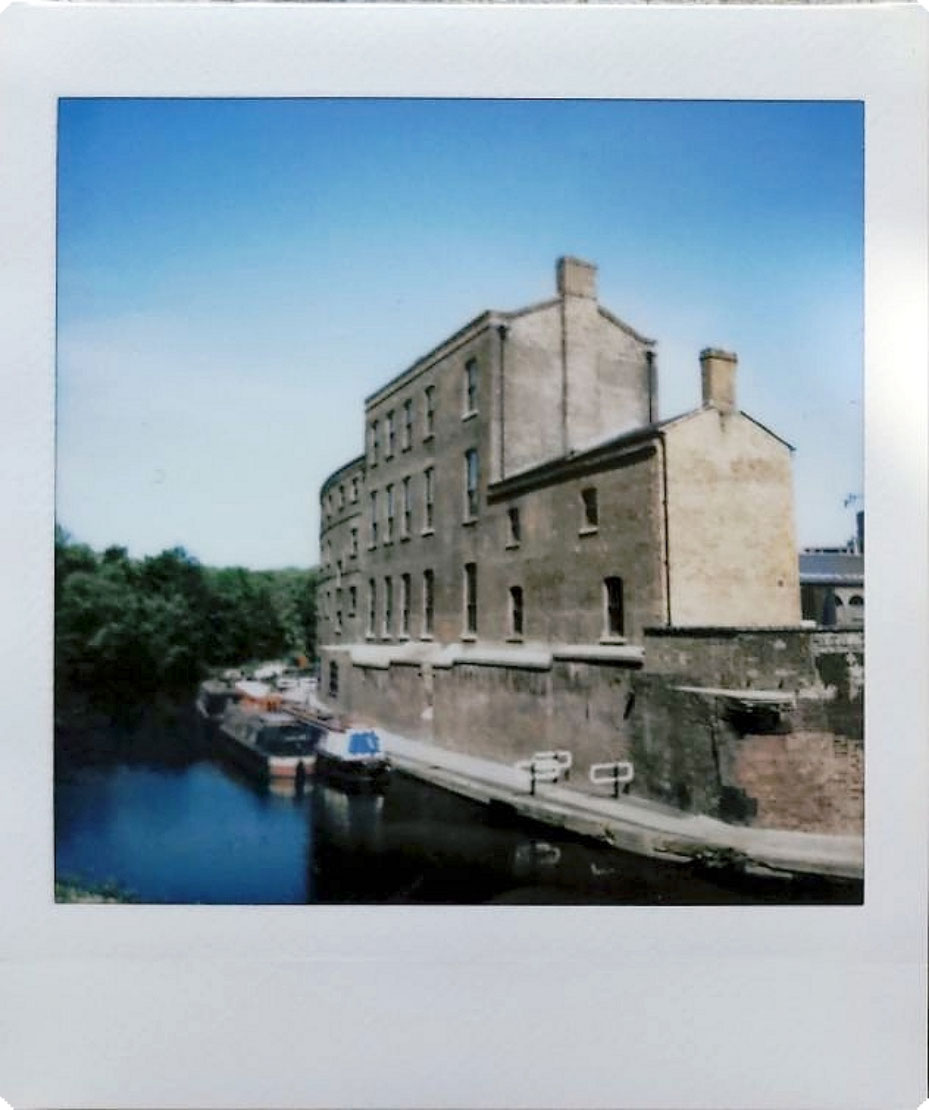

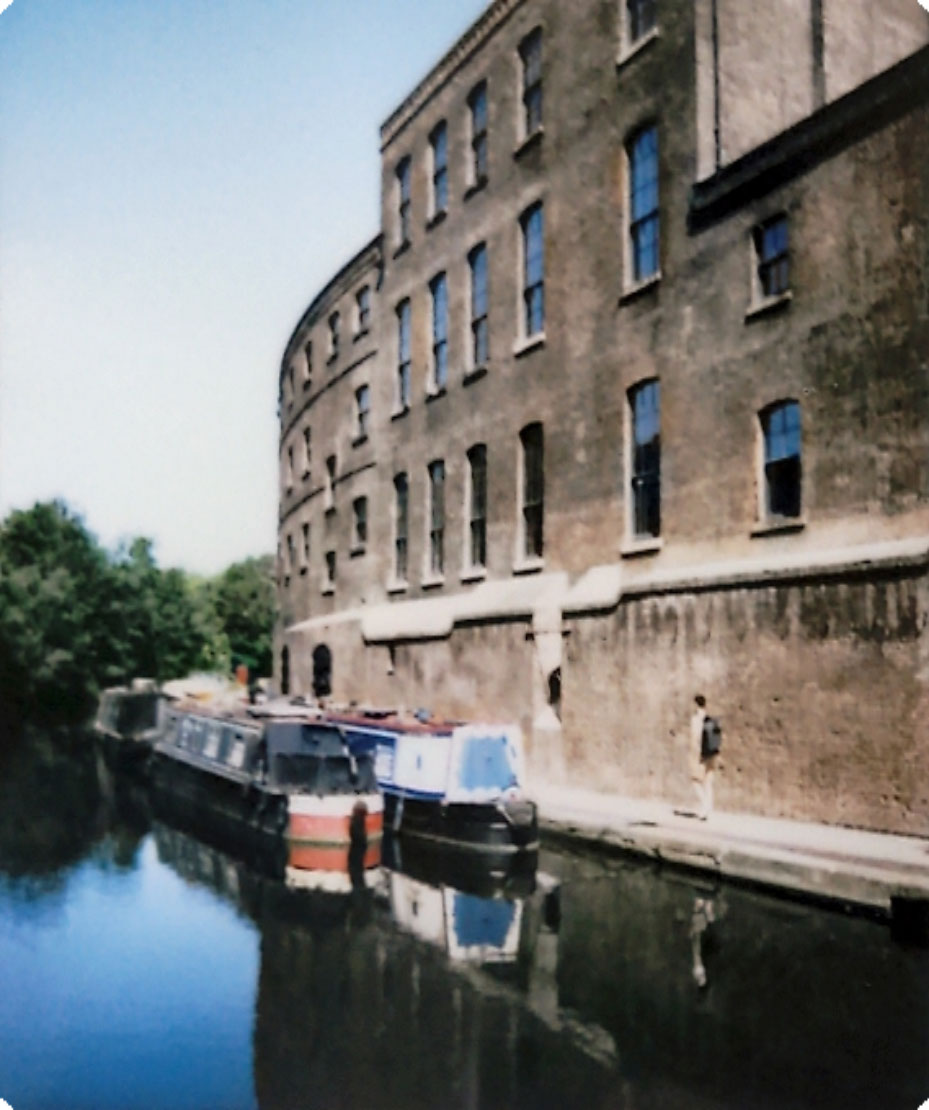
✅ You like its looks: Its classic retro design perfectly matches its analogue prints, making the SQ40 a stylish choice for those that care.
✅ You want retro party prints: It’s easy for anyone to take decent images with the SQ40, and Fujifilm Instax prints give lovely vintage vibes.
❌ You want creative control: The SQ40 is a point-and-shoot solution, with little room for manual adjustments or technical creativity.
❌ You’re on a tight budget: At almost twice the price of the Instax Mini 12, the SQ40 is significantly pricier than alternatives in this list.
In many ways, we think the Fujifilm Instax SQ40 is everything that an instant camera should be. For starters, its old-school design is both stylish and easy to use. The body is relatively chunky, but it features a small contour on the rear that we found makes it easier to hold than the Mini 12. We didn’t find too much opportunity for creativity during our review, but the payoff is point-and-shoot simplicity. There are just two modes to choose between: standard and selfie. The latter adjusts the focus distance to 0.3-0.5m for close-up shots.
The Instax SQ40 handles brightness automatically, generally adjusting well in all but bright sunlight, where it can overexpose a bit. We did find its fixed angle of view slightly tight, too, but parallax correction at least means what you’re seeing through the viewfinder is essentially what you’ll get printed out. And the 62 x 62mm square prints the SQ40 produces deliver exactly the desaturated, vintage vibes you’d expect from a retro camera. It’s pricey, but the SQ40 is a fantastic party camera that almost anyone can use.
Read our in-depth Fujifilm Instax SQ40 review
The best instant camera for photographers
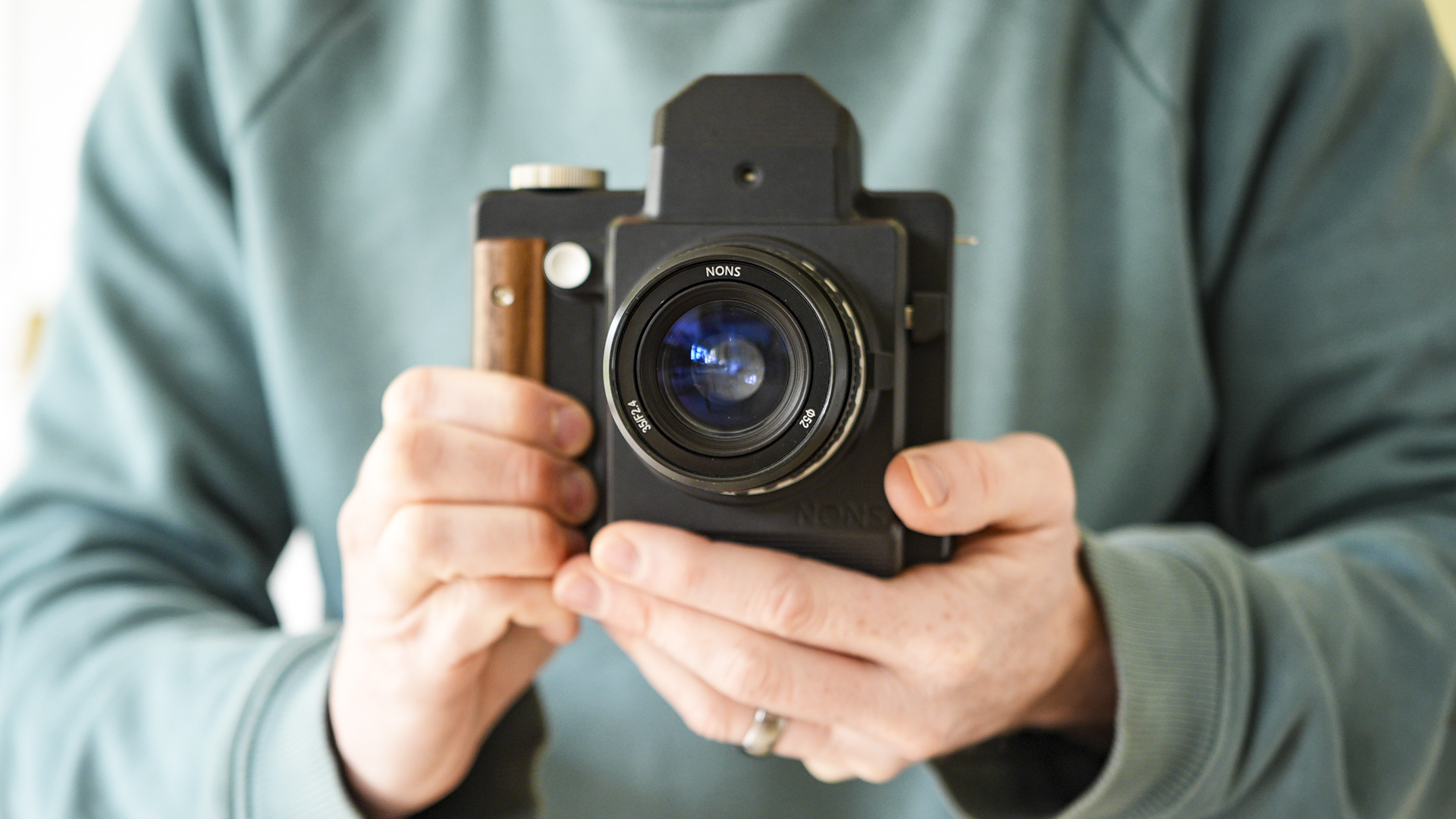
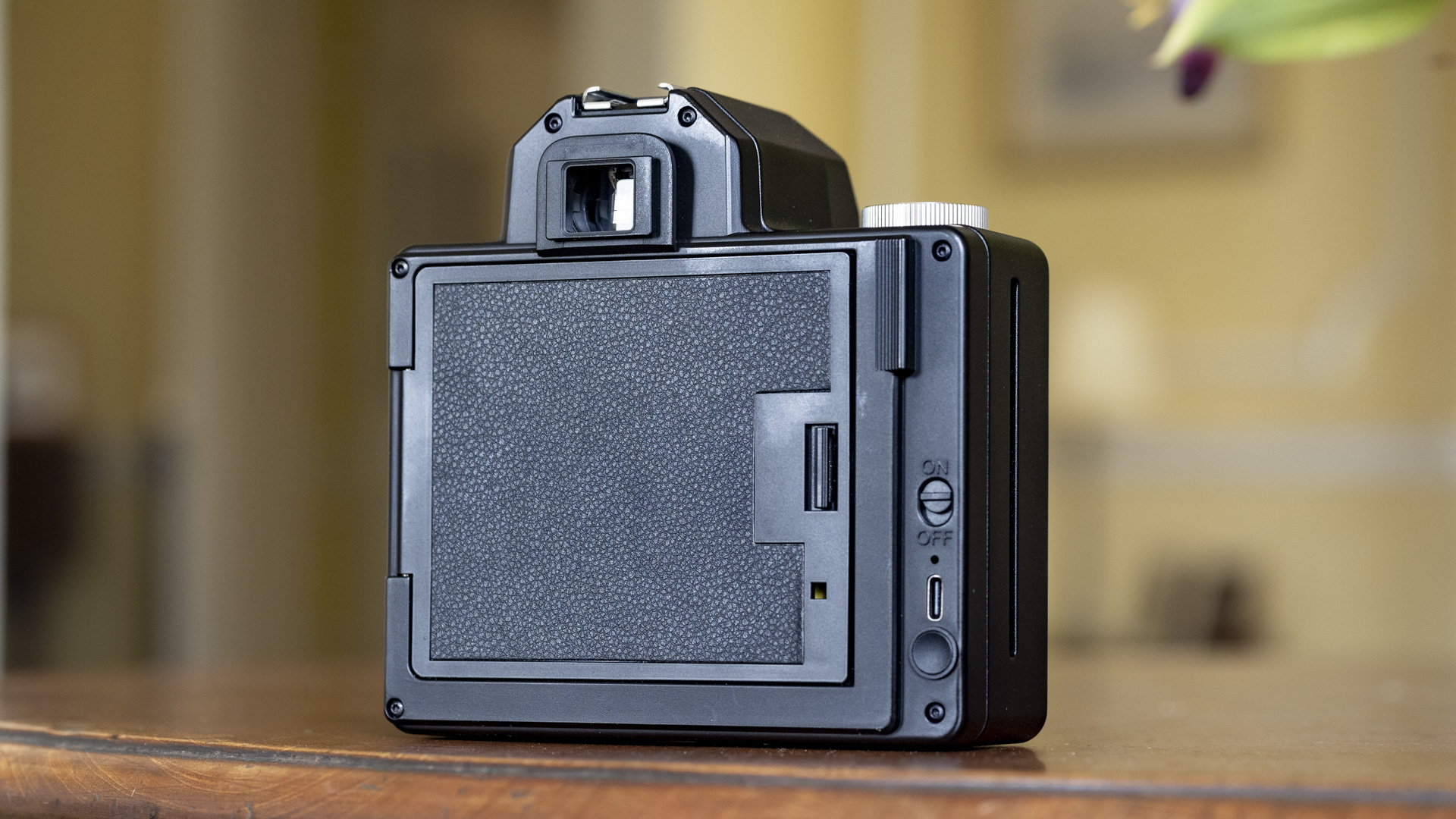
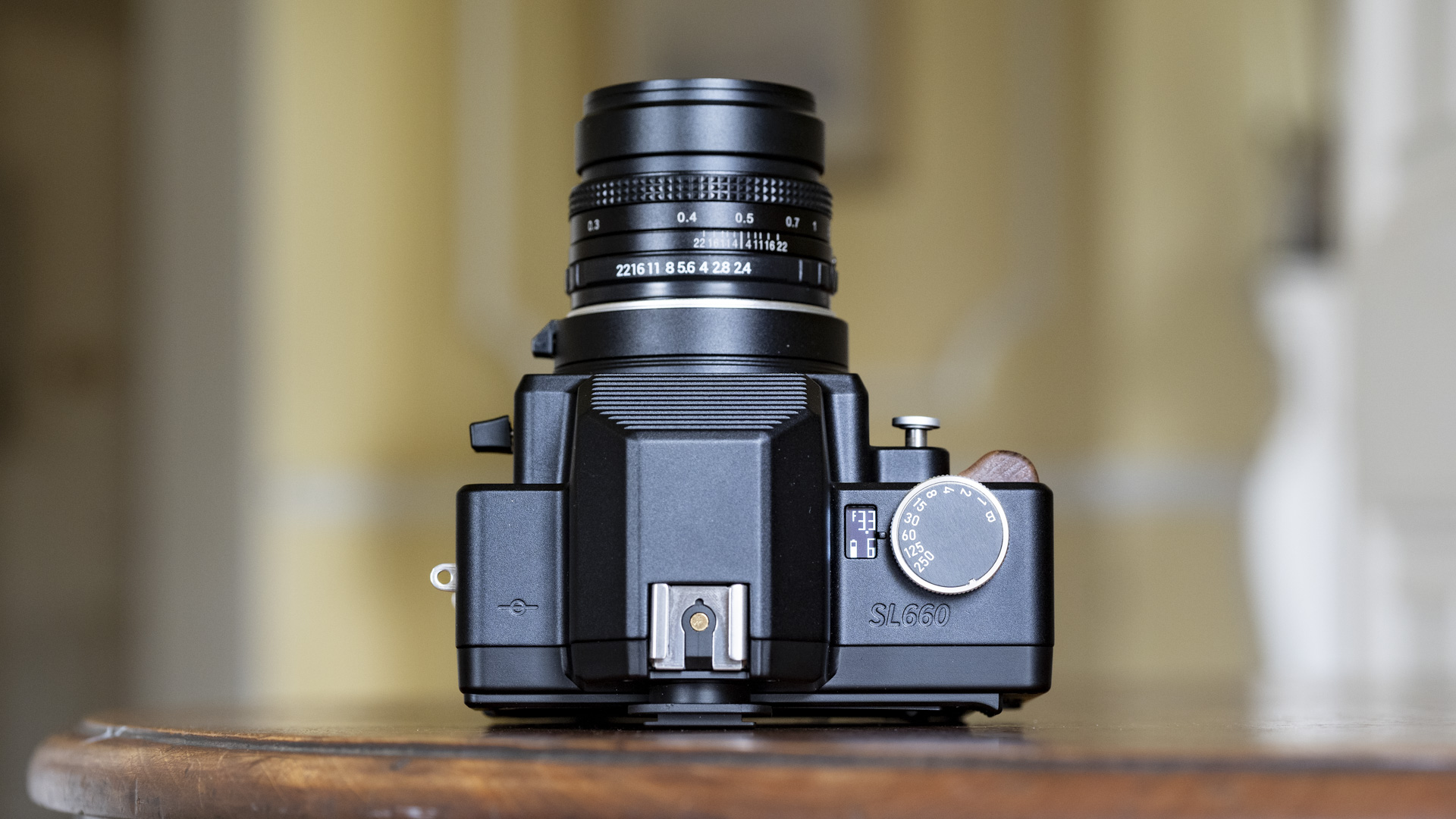
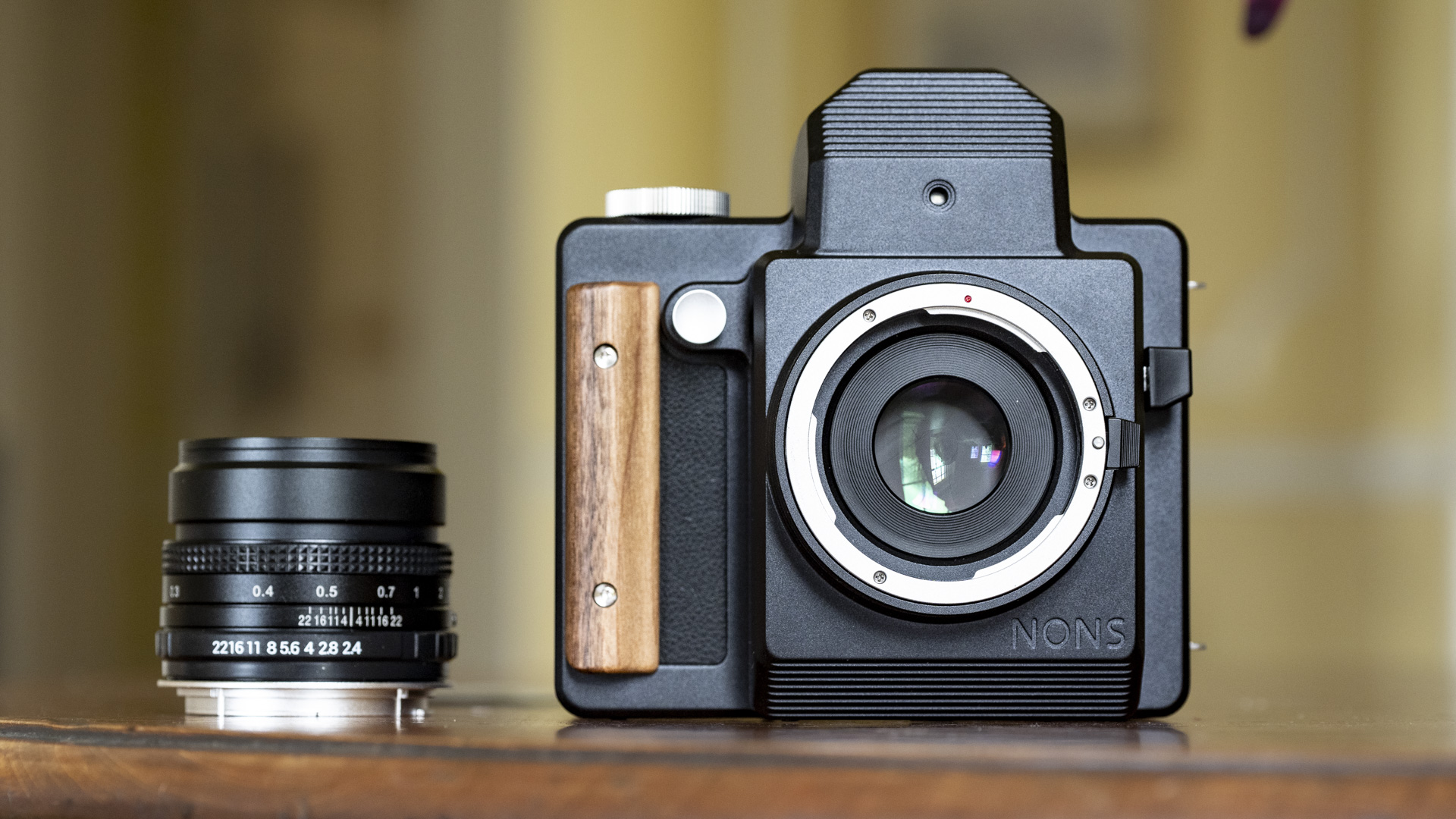
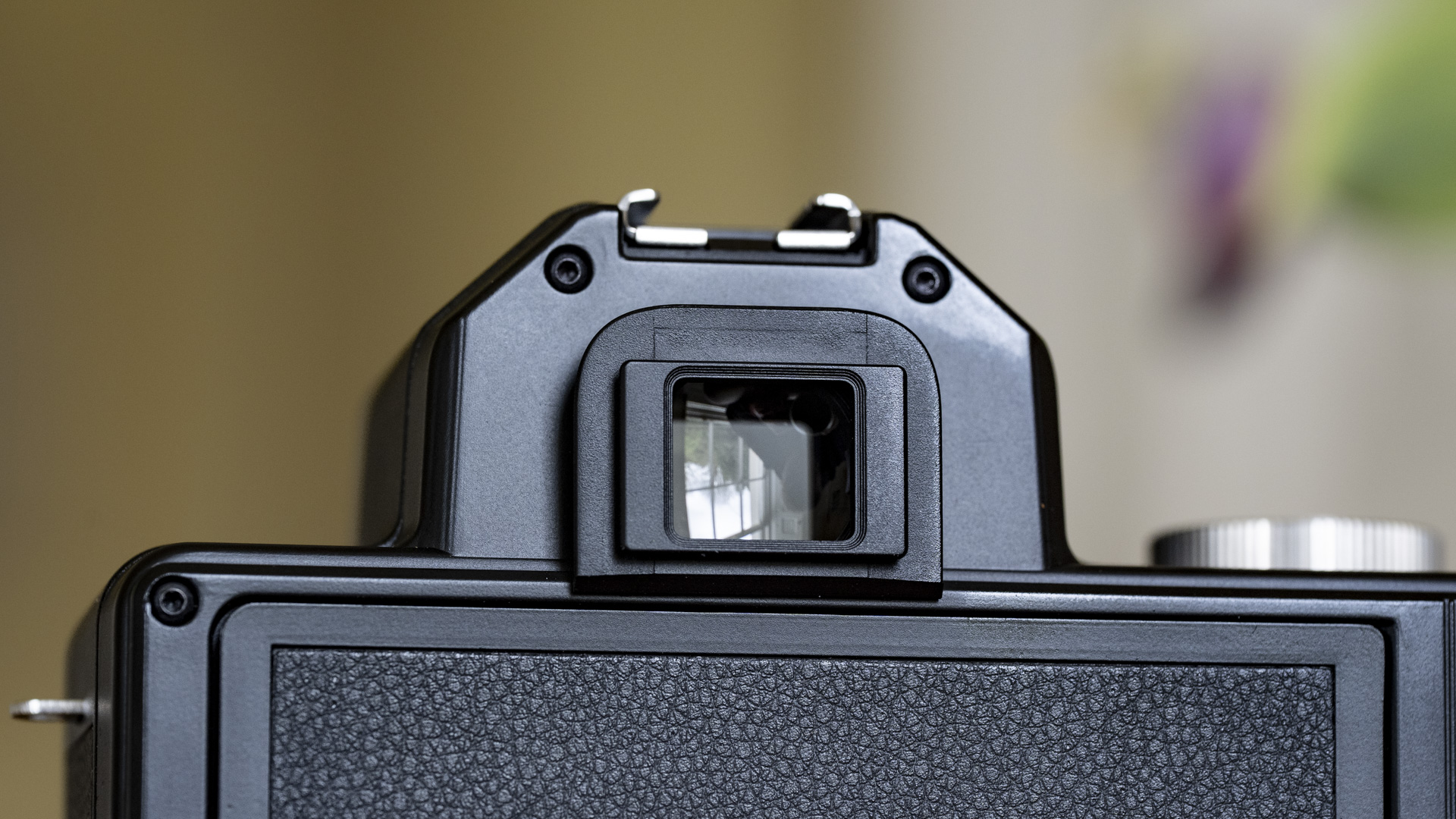
Specifications
Reasons to buy
Reasons to avoid
Nons SL660 sample images

✅ You want creative control: Manual focus and exposure controls, plus a hotshoe and manual eject, unlock a lot of creative potential.
✅ You want to try different lenses: Thanks to its Canon EF mount, the Nons SL660 works passively with a huge number of lenses.
❌ You need a portable camera: Twice as heavy as the Instax SQ40, the Nons SL660 is as bulky as instant cameras get.
❌ You’re have a limited budget: The SL660 is the most expensive instant camera in our list, yet it still uses Instax Square film.
In an increasingly crowded instant camera market, the Nons SL660 is unique: a manual SLR model with a passive Canon EF mount. Besides Nons’ own lenses, that means you can use it with a number of compatible older lenses, giving you the option to shoot at different focal lengths. For creative photographers, we found the ability to manually control exposure and focus complements this flexibility, as does the eject control, which unlocks the ability to produce multiple exposures.
There are a few features we found missing in our review. An ND filter is a must-have, otherwise the SL660 struggles significantly in bright light. We also felt the absence of built-in flash, although the standard hotshoe mount means you can add your own. More broadly, the fact that the SL660 shoots on standard Instax Square film limits the quality to that of its cheaper rivals. Add the fact that it’s bulky, heavy and more expensive than anything in this list, and you can see that it’s a niche option. Many users will find better value from a simpler point-and-shoot. But if you appreciate creative control and want something distinctive, the SL660 has a lot going for it.
Read our in-depth Nons SL660 review
Alternatively...
The best instant printer
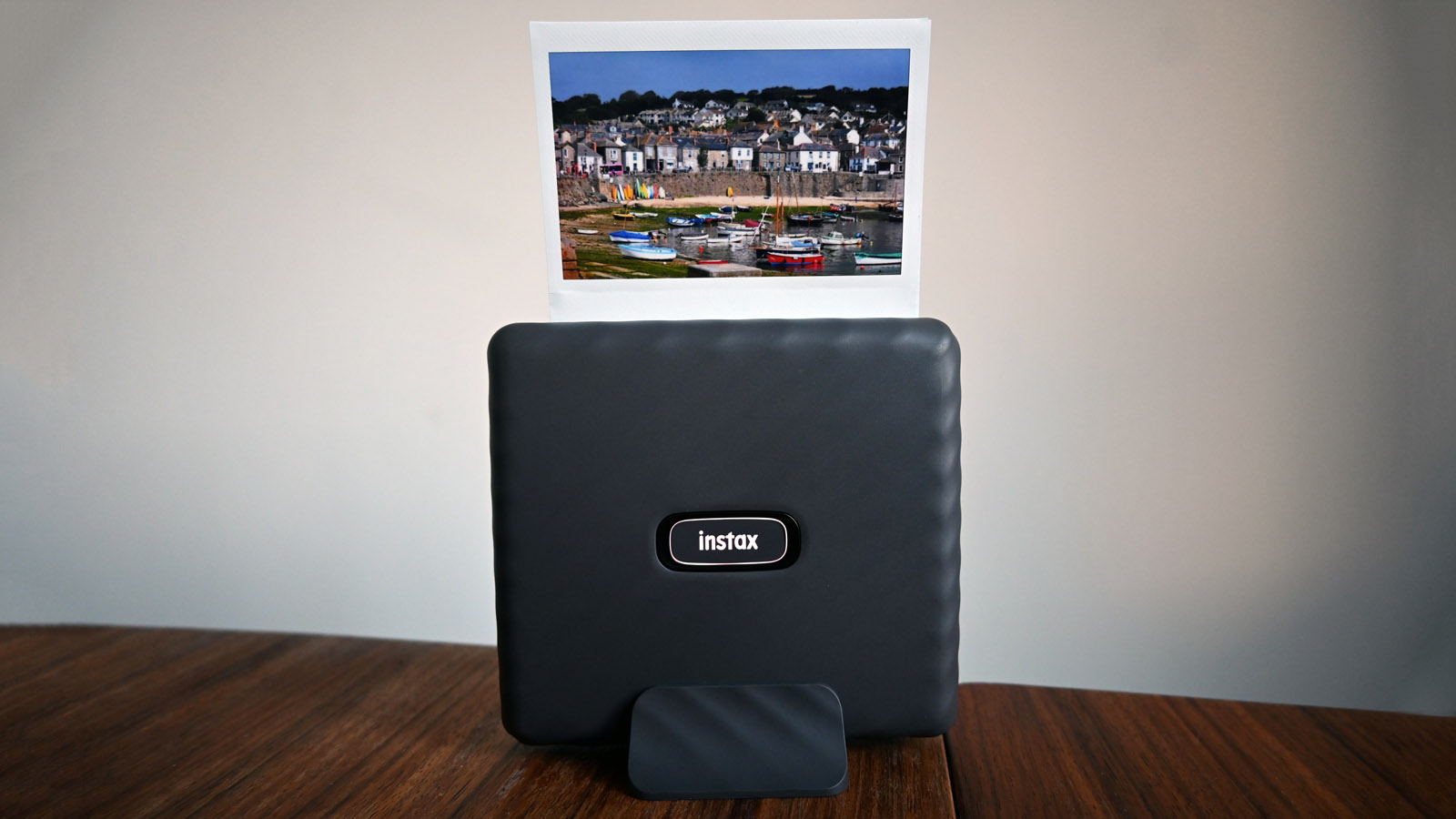
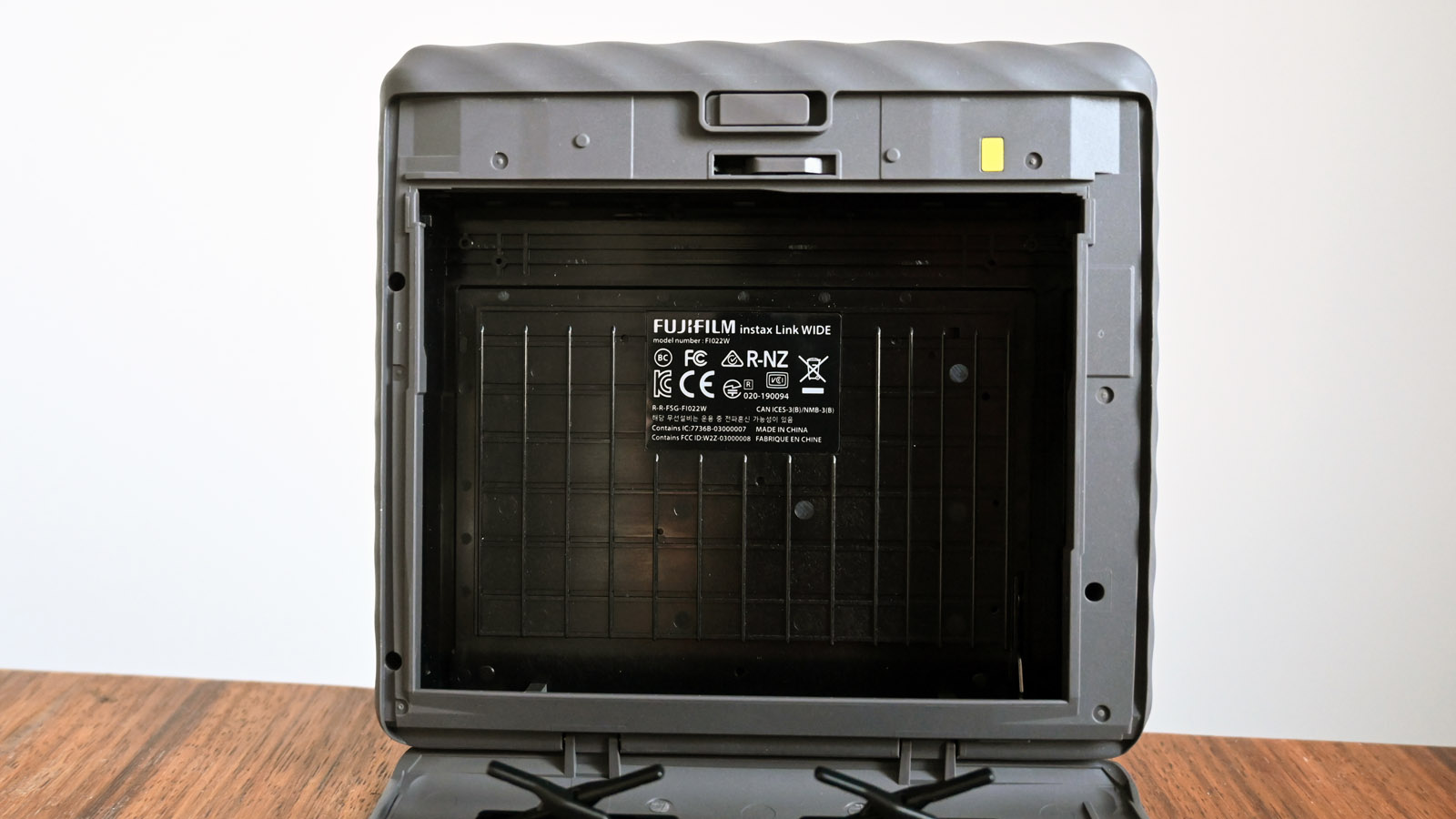

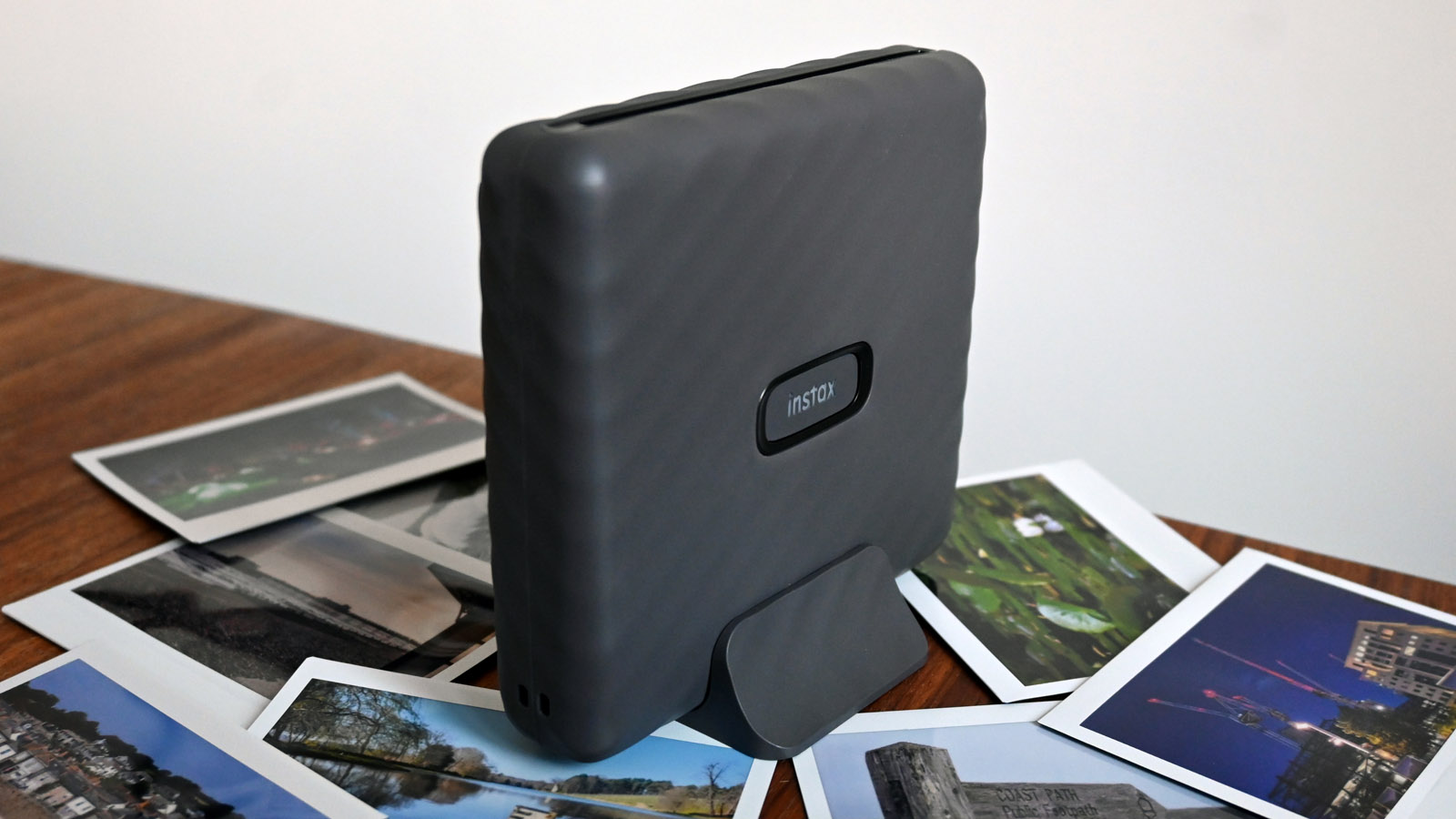
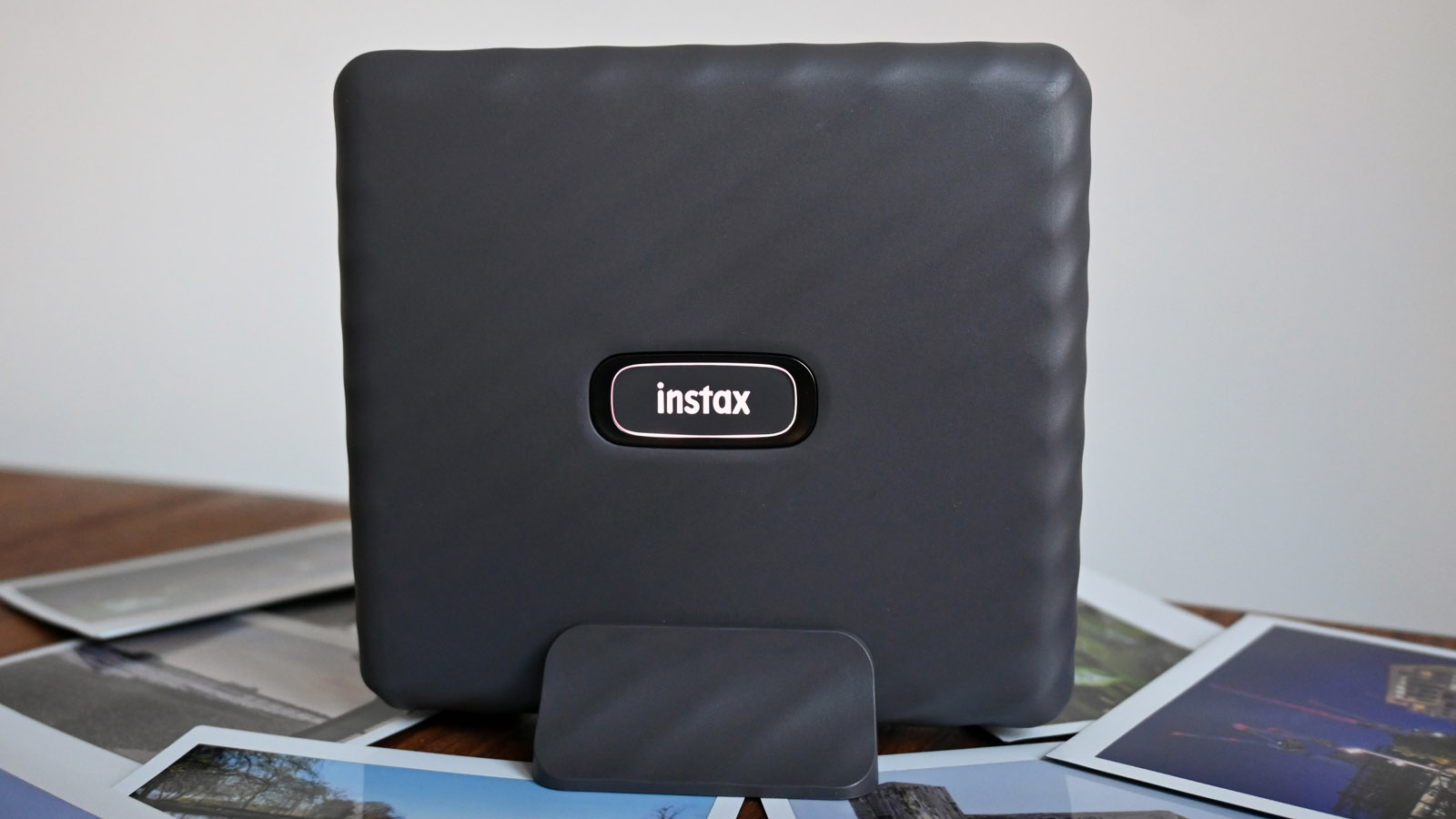
Specifications
Reasons to buy
Reasons to avoid
Fujifilm Instax Link Wide sample images
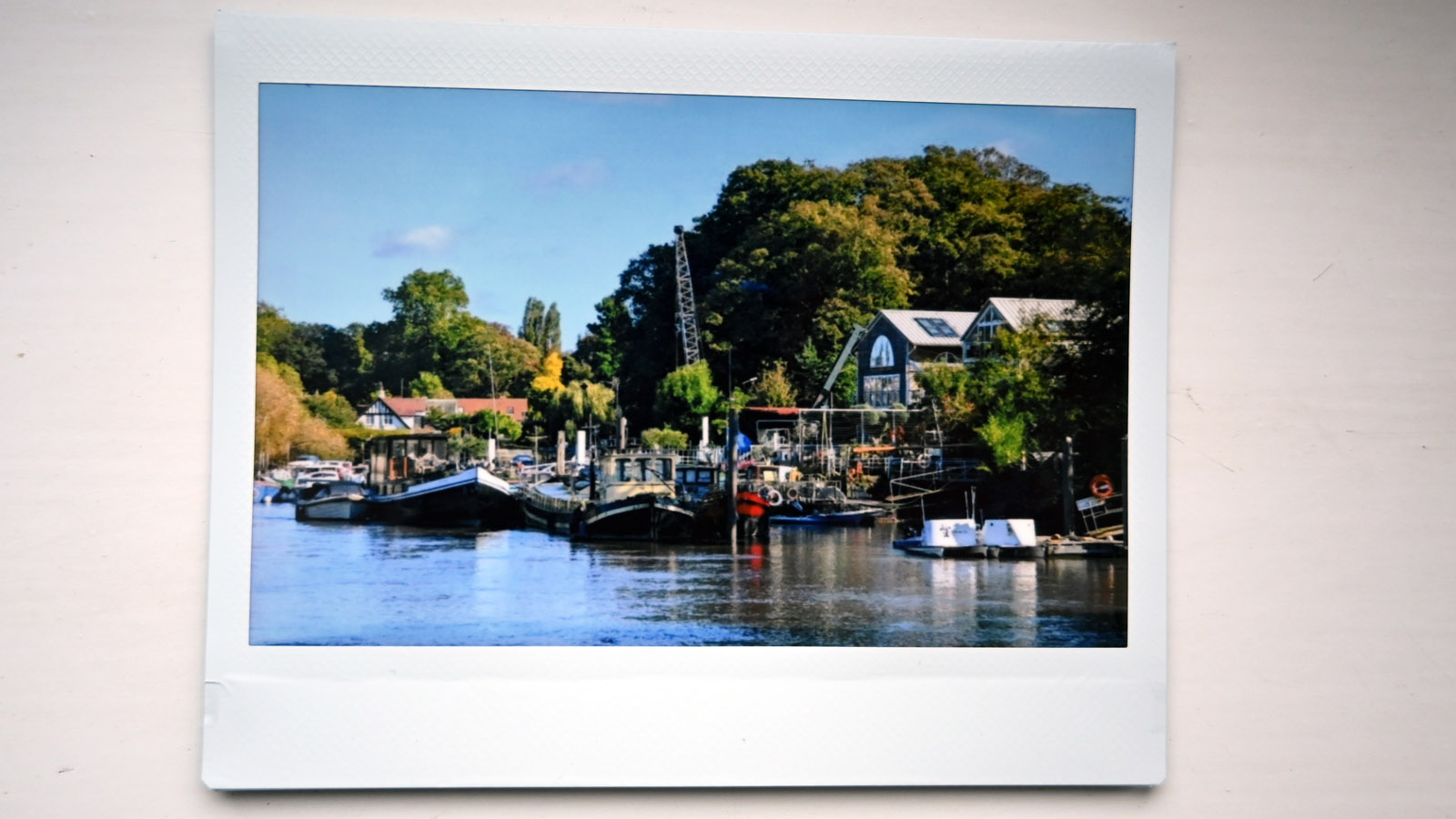


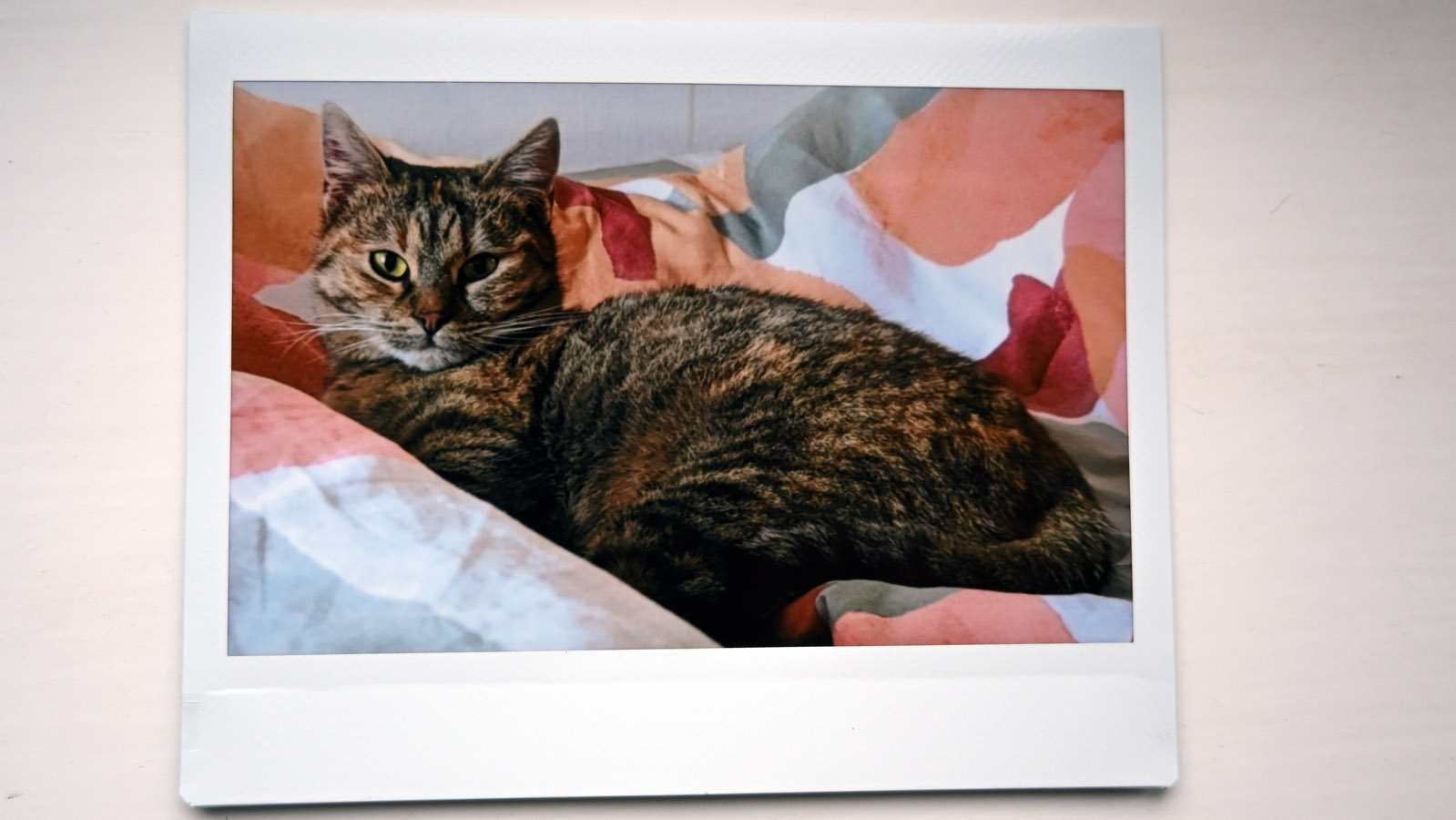
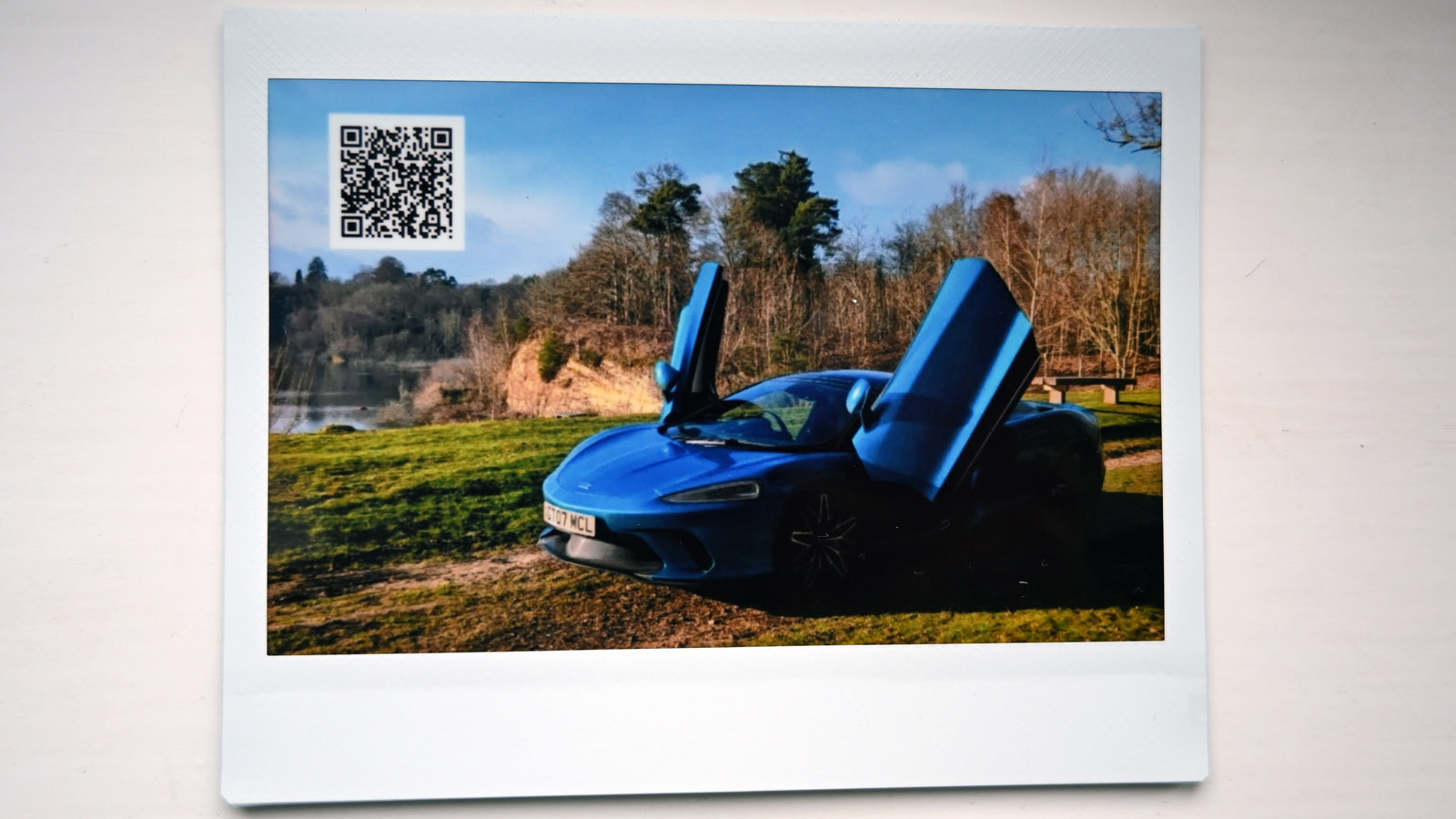
✅ You want prints from your camera roll: The Instax Link Wide is built to produce big instant prints via Bluetooth from your smartphone photos.
✅ You want a portable option: A straightforward app, built-in battery and tidy design make the Instax Link Wide a convenient travel printer.
❌ You want affordable prints: Instax Wide film is the most expensive of all Fujifilm’s instant formats, and the costs quickly add up.
❌ You want the full instant experience: The Instax Link Wide makes prints from digital images, rather than analogue from start to finish.
An instant photo printer is smaller than an instant camera, and lets you print directly from your smartphone. That usually means better image quality and portability. And because the Instax Link Wide prints on Fuji's largest format, you get more impactful prints. The Link Wide is controlled entirely through the smartphone app, allowing you to edit your images before printing. It also has a built-in battery that's good enough for up to 100 prints between charges, although in our review we found that it needs several hours of mains power before it's fully charged.
Because it develops photos, rather than printing them like an inkjet, we found that each one benefits from the signature contrast-heavy and colorful style we expect from instant film. We did have to wait a minute or two between pressing print on our phone and the final image appearing, but that's arguably part of the charm of instant film. We think it's a better buy than the Instax Wide 300 camera, which hasn't seen an update in eight years and is rather cumbersome to use. If you want the biggest instant photos possible, this is arguably the best way to go about it.
Read our in-depth Fujifilm Instax Link Wide review
Other instant cameras we've tested
We've reviewed a whole range of instant cameras, which means there are plenty that almost made it into this list. Here are a few honorable mentions to consider.
Best for style – Leica Sofort 2: The cheapest way to own a Leica, the Sofort 2 is the most sophisticated instant camera we’ve tested. A hybrid with a 3-inch LCD, it also lets your print existing digital photos. Exposure controls are limited and refills are expensive, but this is as grown-up as instant gets.
Best for large square prints – Polaroid Now+: Using big but pricey film, the Polaroid Now+ harnesses Bluetooth app connectivity to unlock another level of creativity.
Best cheap retro – Fujifilm Instax Mini 40: Point-and-shoot simplicity meets retro style in the Mini 40, making it an easy and attractive choice for beginners. Two buttons are all it takes to operate, with auto exposure reducing the chance of wasted exposures. Instax Mini refills are at the more affordable end of the spectrum, too.
Best for cheap square-format prints – Fujifilm Instax SQ1: A stripped-back instant camera that prints out larger square prints, the SQ1 goes light on features in favor of affordability. You don’t get any advanced shooting modes or manual controls, but snaps are punchy and vibrant. This is a great-value way to shoot bigger instant prints with ease.
Fujifilm Instax Square SQ6: Well-built and equipped with more controls than the average instant camera, the SQ6 is easy to use yet gives you plenty of creative shooting options. Exposures can be unpredictable and film isn’t cheap, so you’ll need deep pockets to play with it, but this is still a fun camera.
Best for weddings – Fujifilm Instax Wide 400: Shooting on Fujifilm's wide-format paper, the Instax Wide is the low-cost instant camera with vibrant design to get those large group shots at special occasions immortalized onto film. It's a bulky model that's not a camera to take a walk with, but it makes complete sense for events.
Best stylish wide-format Instax: Fujifilm Instax Wide Evo: Conversely to the Instax Wide 400, we would carry the super-stylish Wide Evo everyday, but it's probably a little too pricey to pick up a few of these for a big event.
How to choose the best instant camera for you
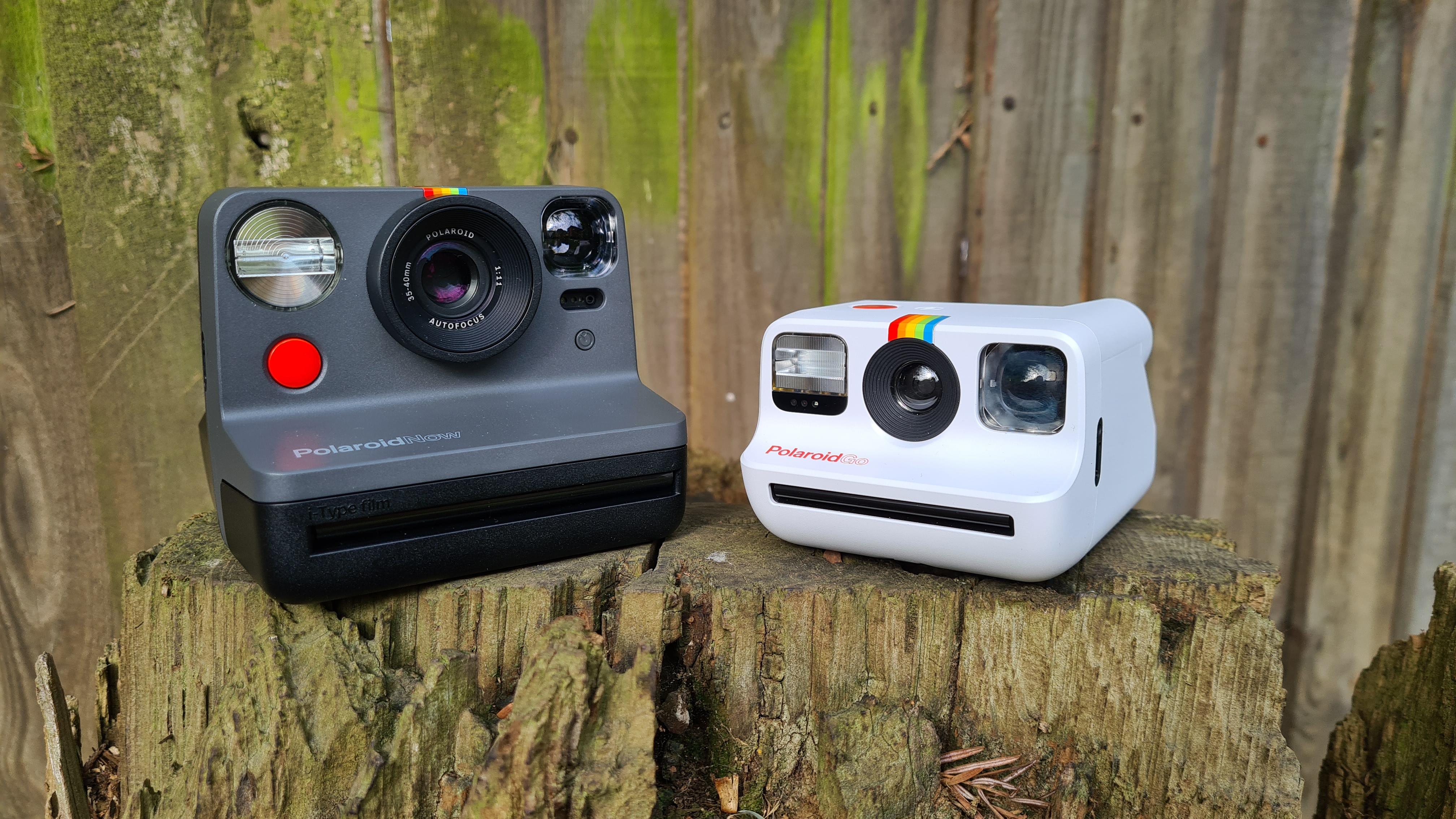
How to choose the best instant camera
While most instant cameras are simple to use and relatively affordable, there are still a few key things to think about when picking the best instant camera for your needs and budget.
Experience level
The cheapest models will usually amount to little more than toy cameras with basic point-and-shoot settings. These are fine if you just want a straightforward camera for fun party snaps. But you’ll need to spend a little more for modes like macro-focusing, while the higher-end is where you’ll find hybrid digital functionality. This allows you to hook up your camera to a smartphone for further creative controls – or to produce physical prints from your smartphone’s camera roll.
Print size and look
Print quality and size are also worth considering. Although no instant brand delivers super-accurate results (that’s part of the vintage charm), Instax arguably produces the most natural images. Polaroid prints tend to have a dreamier look, which can be just as appealing, depending on your preferences. Films also come in different sizes to suit specific cameras, so it’s worth considering whether you’ll want pocket-sized prints or something bigger.
Ongoing costs
While instant cameras are generally affordable, you’ll need to factor in the cost of film. It can add up pretty quickly, so pay attention to the price per pack – and think about how many pictures you’re likely to shoot on a regular basis. Polaroid film tends to be pricier than Instax – for the price of a single pack of eight color Polaroid I-Type shots, you can get two packs of ten Instax Mini film.
Sensible alternatives
Some instant cameras with digital screens or smartphone connectivity allow you to preview your shots before printing them out, to dramatically reduce wastage (and therefore the cost of dud snaps).
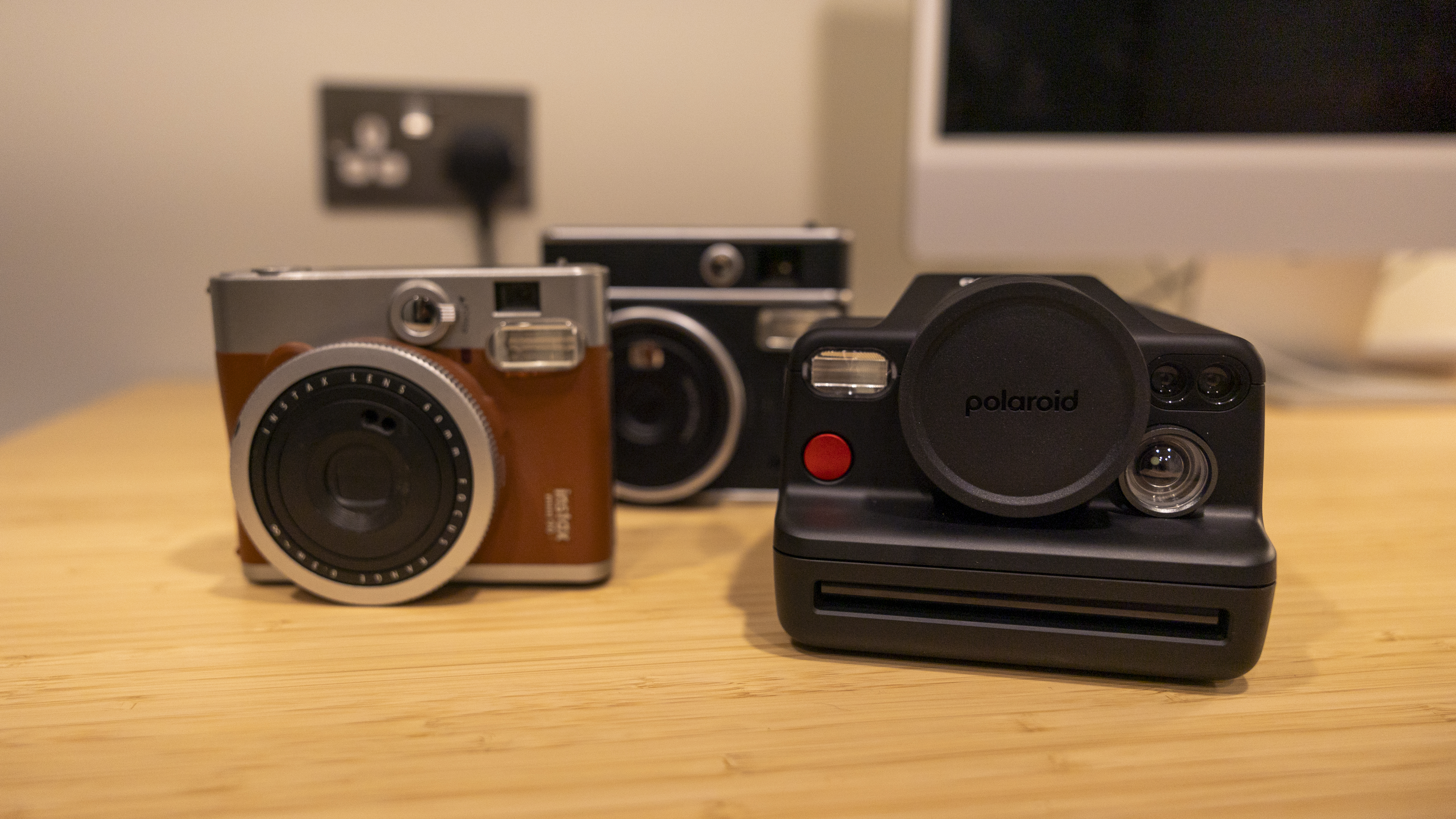
What is the difference between Polaroid and Instax?
Polaroid and Fujifilm's Instax are the two biggest brands in instant cameras. While both use similar technology, using chemical reactions that self-develop each image in your hand, the main difference between them is the type of film their cameras take.
Polaroid cameras take one or two types of film: the larger I-Type, which produces square format photos, and the newer 'Go' film, used by its tiny Polaroid Go camera. You can choose between color and black-and-white film, along with a range of different border colors.
Instax cameras offer a wider variety of film types: there's Instax Mini, Square and Wide film. Like Polaroid's film, these can't be mixed and matched between cameras, so choosing your preferred film type is an important part of picking the right instant camera for you.
Which is the best type of film? Polaroid's I-Type has the edge for size, but Instax film tends to work out as a little more affordable. For example, for the price of a single pack of eight color Polaroid I-Type shots, you can get two packs of ten Instax Mini film.
For a full comparison between the instant camera brands, check out our Polaroid vs Instax guide. And to compare the sizes of all the different Polaroid and Instax film types, check out our full ranked list below.

Which instant camera film is the best?
1. Instax Mini
The most common instant film format, producing pictures measuring just 62 x 46mm.
2. Instax Square
Fuji's take on the square format film popularized by Polaroid. Camera support for these 62 x 62mm photos is more limited.
3. Instax Wide
Twice the size of Instax Mini and a little pricier, but photos measure a meatier 99 x 62mm.
4. Polaroid I-Type
Designed for use in the Impossible I-1and OneStep 2, I-Type film packs don’t have batteries built in, so can't be used with vintage Polaroids.
5. Polaroid Go
Polaroid's answer to Instax Mini, the Polaroid Go film measures 66.6mm x 53.9 mm and is designed to work with the camera of the same name.
6. Polaroid 600
Film designed for vintage Polaroid 600-type cameras. It can also be used in the Impossible I-1 and OneStep 2.
7. Polaroid Zink 2x3
Credit-card sized instant film that uses heat-sensitive ink to produce images. Colors are more traditional than Instax. Compatible with many Zink-based cameras and printers.
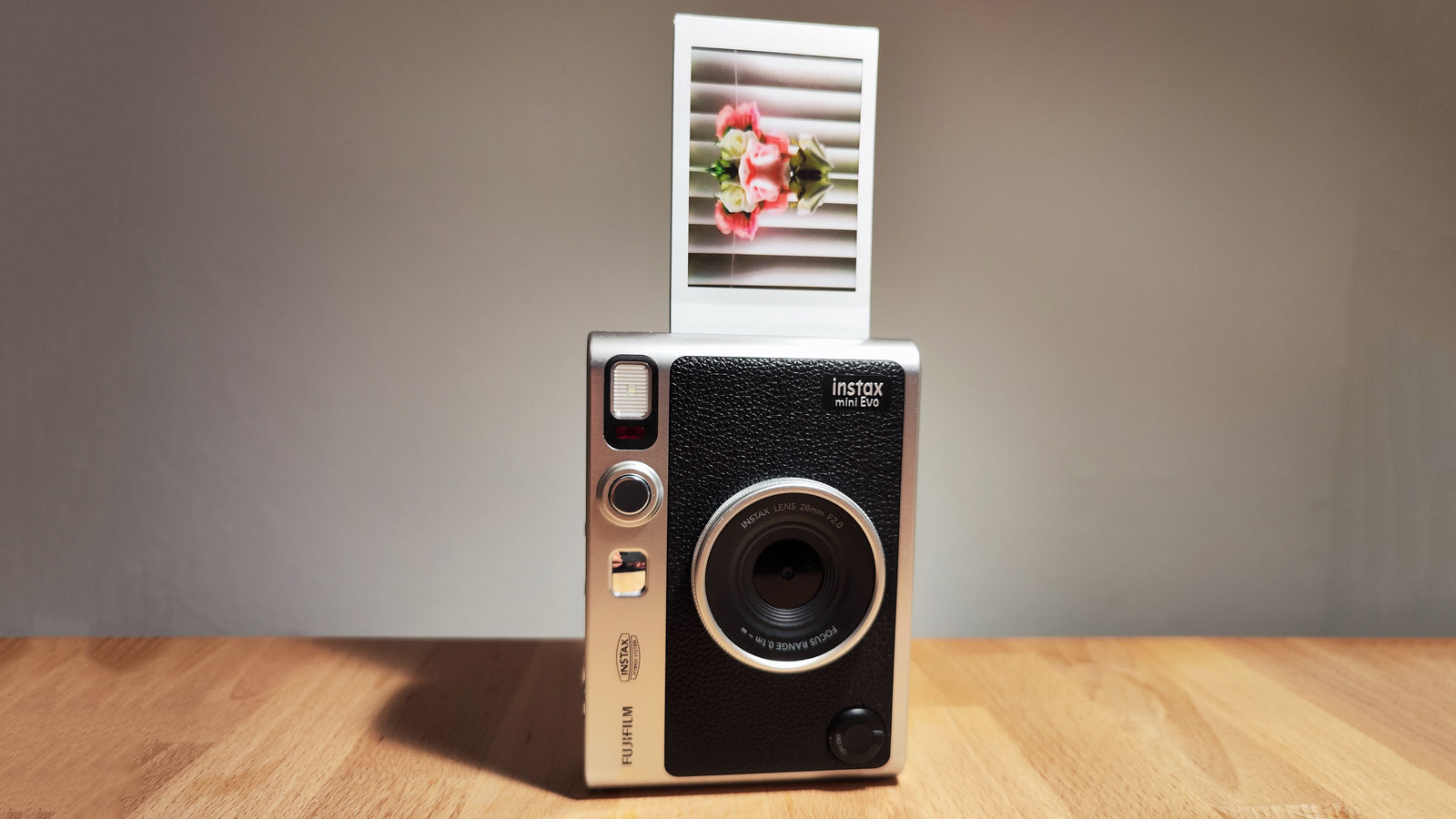
Are new instant cameras still being made?
Instant cameras might seem a little old-school in 2025, but they're definitely still being made. In fact, they’re an increasingly popular photography format. Inspired by retro cameras from the days when analogue film was the norm, these modern remakes are designed to recapture the accessible fun of point-and-shoot photography.
There are plenty of reasons why you might want to buy an instant camera in 2025. Unlike smartphone photography, instant cameras give you a physical print to hold in your hands straight away, stick on the fridge or share with your friends. It’s a novel, tactile way to reconnect with photography’s fun factor.
Another bonus is how easy it is to shoot with an instant camera. The best options are really simple to use, making it straightforward to capture warm vintage prints. Most feature just a handful of buttons and limited shooting modes, leaving you free to focus on framing. What’s more, instant cameras tend to be available at much more affordable prices than compact cameras. That means they can be a great way for kids to get into photography, too.
Analog photography has enjoyed a revival in recent years, and the trend shows no signs of going away any time soon. Instant cameras let you have a slice of the throwback pie without the steep learning curve, expense and hassle of more complicated film photography techniques.

Meet the team
Our team of instant camera reviewers are the best in the business, with uncountable years of camera experience and testing of the best instant cameras from Polaroid, Fujifilm and others.

Tim is TechRadar's Cameras Editor and has been cutting his teeth in the photo and video industry for almost 20 years. His first instant camera was the legendary Polaroid SX-70 from 1972.

Benedict Brain is a UK-based photographer, award-winning journalist and author. He balances his personal practice with writing about photography and running photography workshops and enrichment programmes.

Lauren Scott is an experienced journalist and freelance photographer based in Bath, UK. She's been in the industry for over ten years; as the former Managing Editor of our sister site Digital Camera World.

Beth kicked off her journalistic career writing for Digital Camera World and has since moved over to our sister site, Creative Bloq, where she covers all things tech, gaming, photography, and 3D printing. With a degree in Music Journalism and a Masters in Photography, Beth loves getting to tinker with new cameras and you'll most likely find her photographing local shows under the alias Bethshootsbands. Beth shoots with a Canon 5DS and Sony A7III as her go-to setup.
Tom is now the Deputy Editor at Stuff magazine, following more than a decade on staff at leading titles including Autocar and Expert Reviews.
How we test instant cameras
When it comes to testing instant cameras, real-world use is top of the list. That’s why we handle every camera in a range of scenarios. We consider factors such as build quality, as well as how each one feels in the hand.
Because instant cameras are often used by beginners, we also evaluate how user-friendly a camera is, and whether actions such as taking a photo or changing modes are intuitive. For more advanced instant cameras, we’ll also explore any creative shooting modes, such as manual exposure controls, color filters and focus options.
Other factors we keep in mind are how quickly a camera produces prints, how long its battery lasts and how well its flash fairs. For cameras with smartphone connectivity, we’ll check how easy it is to connect to their partner app, as well as testing out any additional features, such as light painting or double exposures, to see how they perform in practice.

Although resolution isn’t such an important consideration with instant cameras, we do assess the quality of the prints they produce. We look for consistency of quality and color reproduction, as well as considering the overall feel of prints produced by an instant camera and its film. We’ll keep a keen eye on how rich and vibrant prints appear.
To do this, we’ll load up a camera with film and take it out for a day of instant photography. We take a range of shots of different subjects, from party portraits to high-contrast scenes, to get a good idea of the kind of colors and detail you can expect.
Based on the outcomes of all our tests, we’ll form an overall view of a given camera. We’ll consider its individual merits and how well it stacks up against the competition, as well its overall value for money, to see where it fits among the best instant cameras.
Why you should trust TechRadar
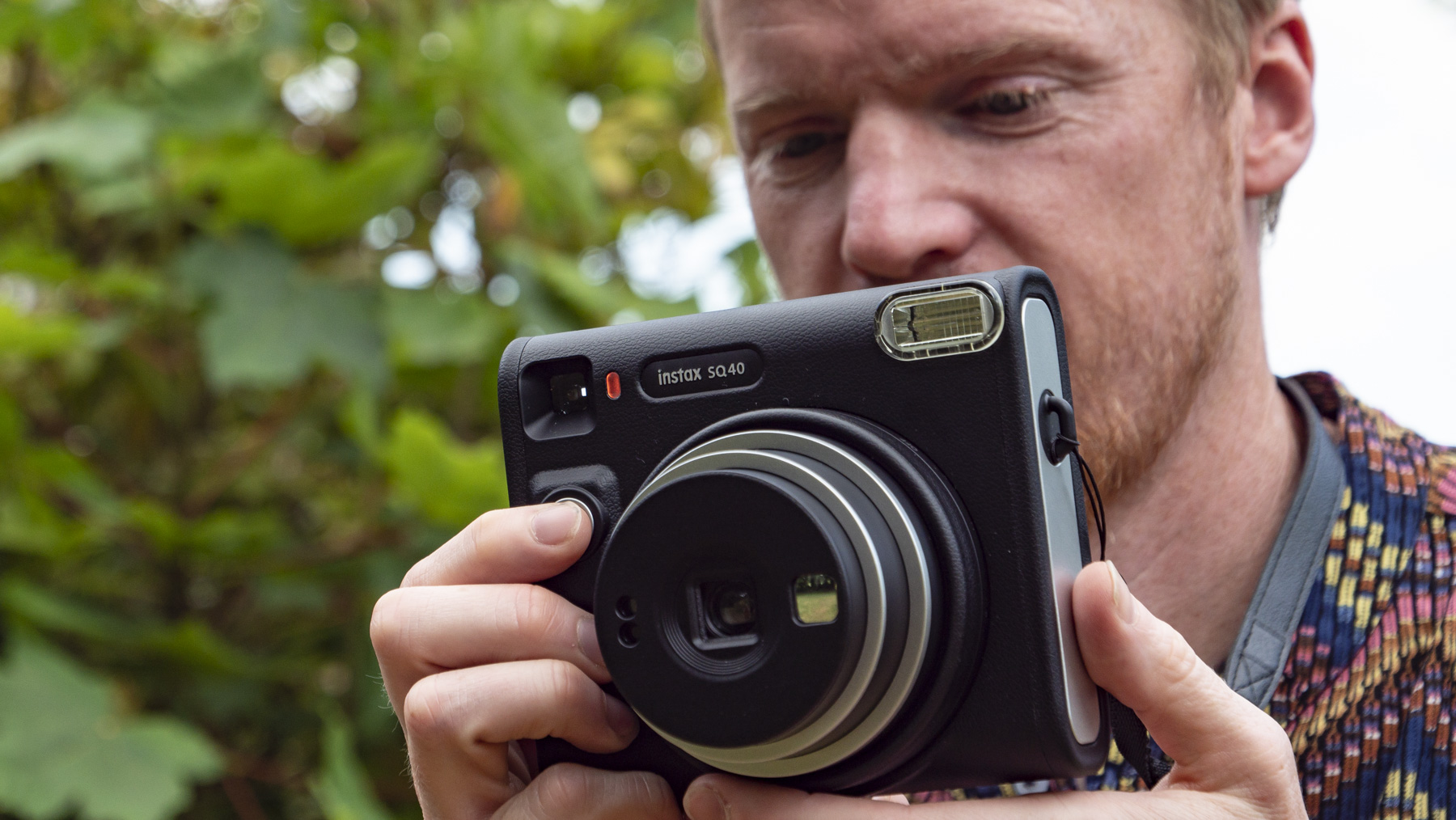
☑️ 100s of cameras reviewed
☑️ 15 years of product testing
☑️ Over 16,000 products reviewed in total
☑️ Nearly 200,000 hours testing tech
At TechRadar, we’ve been helping readers make informed buying choices since 2008. Our team of expert reviewers has years of hands-on experience testing the latest cameras in every category and price bracket.
We spend weeks evaluating each instant camera, rigorously assessing its features, design and usability, as well as the quality of the stills it prints. Because we’ve had in-depth experience using so many cameras between us, we collectively have a reliable benchmark to compare against.
Every one of our recommendations is grounded in real-world use. Our goal is to give you unbiased, practical advice to help you choose your ideal instant camera. When you choose to buy a product based on one of our guides, you can trust that it’s been carefully tested by experts who are passionate about technology and committed to helping you make the best choice.
TechRadar operates with editorial independence, following strict guidelines to maintain transparency and objectivity. We’re also a member of the IPSO, which regulates the UK print and digital news industry, and we’ve been rated GREEN by NewsGuard for our credibility and trustworthiness. You can learn more about our commitment to quality and integrity on our About Us page.
Get daily insight, inspiration and deals in your inbox
Sign up for breaking news, reviews, opinion, top tech deals, and more.

Tim is the Cameras editor at TechRadar. He has enjoyed more than 15 years in the photo video industry with most of those in the world of tech journalism. During his time as Deputy Technical Editor with Amateur Photographer, as a freelancer and consequently editor at Tech Radar, Tim has developed a deeply technical knowledge and practical experience with cameras, educating others through news, reviews and features. He’s also worked in video production for Studio 44 with clients including Canon, and volunteers his spare time to consult a non-profit, diverse stories team based in Nairobi. Tim is curious, a keen creative, avid footballer and runner, and moderate flat white drinker who has lived in Kenya and believes we have much to enjoy and learn from each other.
- Chris Rowlands
- Mark WilsonSenior news editor